The Royal Belgian Institute of Natural Sciences (Museum of Natural History) was founded in 1846 from the collection of Prince Charles Alexander of Lorraine. This museum is home to the largest exhibition of dinosaur skeletons in Europe, with the most important items being 30 fossilized Iguanodons (from the mid-Jurassic period) discovered during an 1878 coal mining operation in Bernissant, Belgium. Reportedly, there are over 30 million artifacts belonging to the museum, but not all are exhibited at the same time. The interactive nature of almost all the exhibits makes this a wonderful place for children (of all ages) to visit.
|
As stated in yesterday's posting, our apartment is just up the street from the European Commission and Parliament buildings. Being that close to such important structures meant we just had to visit them. First stop was the "Parlamentarium", Europe's largest parliamentary visitor center. This free museum-like visitor center depicts the history of Europe up through World War II and the subsequent creation of the European Union. Meet the members of the European Parliament by way of video messages; explore each EU member state through an interactive virtual tour; among other attractions. Once done, we went across the street where we experienced a half-hour tour of the European Parliament. The 28 EU member states, each of them independent and sovereign entities, pooled some of their decision-making authority to shared institutions; the European Commission, European Parliament, and the European Council. The European Commission is the executive arm, representing the interests of the EU as a whole, proposing new laws and policy agreements. The European Parliament represents each of the 500 million citizens of the EU. The 751 members from the 28 member states, are directly elected by the citizens for a five year term. While the official seat of the European Parliament is in Strasbourg France, there are two other meeting places ; Brussels and Luxembourg. Meetings of the whole parliament (Plenary Sessions) are held twelve times per year in Strasbourg. The European Council is made up of the heads of state (or government) of each EU member state. The Council meets four times per year to define general policies and to direct priorities for the EU. However, this body does not exercise any legislative functions. Greetings from Brussels. Following a delightful and engaging month in Vienna, we have moved on to the capital of Belgium. Over the next days and weeks, we will be exploring the sights and sounds of this city in the northwestern part of Europe. Our cozy apartment is located just down the street from the Parliament building of Belgium along with the European Commission building ( which is somewhat similar to the United Nations building in New York). We look forward to sharing our experiences here with all of our followers. Built between 1874 and 1884, this building was originally constructed to be the seat of the Imperial Parliament which governed the Austrian part of the Austrian-Hungarian Empire. Theophil Hansen, the main architect, designed this Greek Revival structure in tribute to the philosophy that Ancient Greece had been "...the cradle of democracy." Over the years, this building has been home to several different types of parliamentary bodies. Today, the current Parliament is comprised of the lower house, called the "Abgeordnetenhaus", or House of Representatives, and the upper house, called the "Herrenhaus", or House of Lords (equivalent to our Senate). The lower house, officially known as the National Council, comprises 183 members elected directly by the Austrian people in a general election. The National Council (the upper house) is made up of 62 members elected by the parliaments of the nine Austrian districts and represent the interests of each of those districts. Both houses occasionally meet together in the form of the Federal Assembly mostly for ceremonial purposes, such as the inauguration of the Federal President. 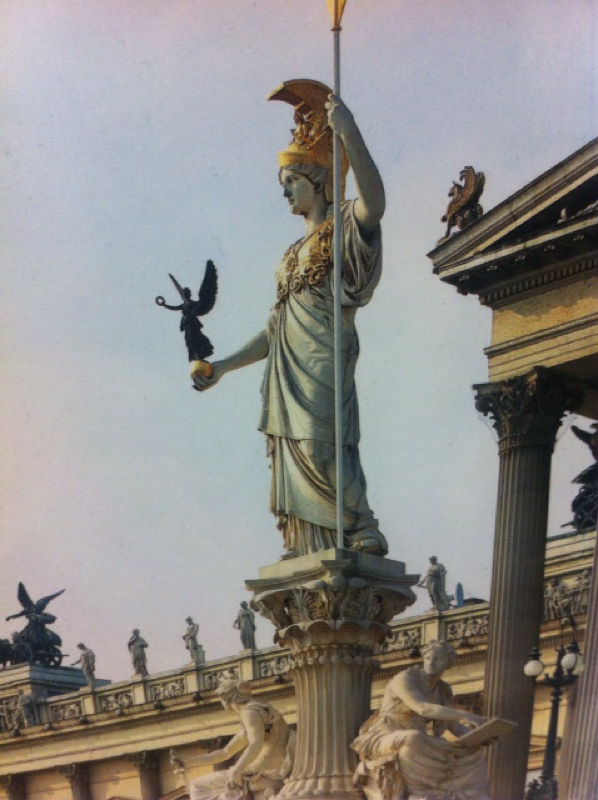 The Pallas Athena statue and fountain in front of the building. Constructed between 1893 and 1902, it depicts Athena, the goddess of wisdom, holding Nike, the goddess of victory. Around the base are allegorical representations of the four main rivers in Austria - the Danube, the Inn, the Elbe, and the Vitova. In a part of Vienna that is not usually visited by tourists, is a little plaza containing the Piaristenkirche (Piarist Church), also known as the Church of Maria Treu. While the Order of Piarist monks commissioned the groundbreaking in 1698, financial problems prevented the completion of the church until 1753. By 1949, the Church of Maria Treu was raised in rank to that of a minor basilica. In the course of just a few hours while walking around Vienna, it seemed like we miraculously traveled from the 17th century up to the 21st. As we passed through the Hofbug Palace grounds, the Lippizzaners were being led out of their stables over to the Spanish Riding School for their daily practice session. These magnificent looking horses are the same breed that the Hapsburgs rode 400 years ago. Later in the day, while exiting the Vienna City Hall, we encountered a large crowd gathered around a fenced-in area with tents set up inside. Red Bull, the famous Austrian energy drink was sponsoring a visit of its Infinity Formula One racing car. Costing between 50-100 million dollars to construct, this vehicle can generate over 1000 horse power. This truly was a journey from the past to the present. The gothic Vienna City Hall, with a 97.9 meter high clock tower, was designed and built by Freidrich Schmidt between 1871 and 1883. Schmidt was a bit of a rogue. When Emperor Franz Joseph decreed that no secular tower could be higher than the 99 meter tower of the Votivkirche ( The Votive Church, commissioned by Archduke Maximillian to thank God for saving the life of his brother, Franz Joseph, during an assassination attempt) Schmidt added an iron standard ( cast from melted down Russian Kopecs) with a medieval knight at the top. This ruse made the tower 104.3 meters tall. 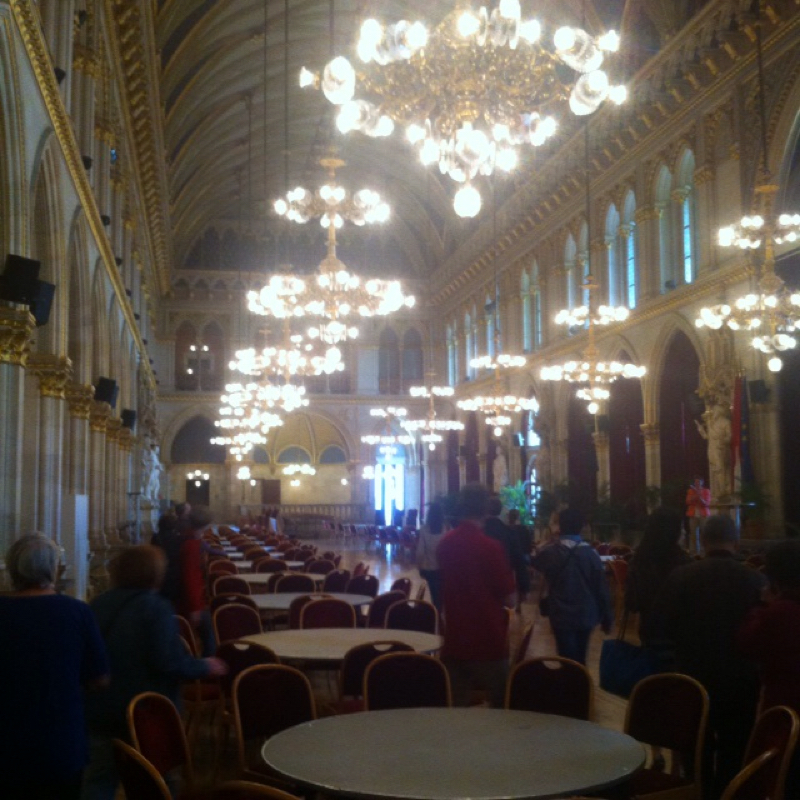 The Festival Hall was constructed in the late 19th century and is the largest hall in Austria (measuring 71 meters long, 20 meters wide, and 18.5 meters high). This is used for large scale events, such as balls, concerts, etc. Theoretically, 1500 couples could dance within this hall, if safety rules allowed it. In a little, out of the main stream of traffic, plaza, we found the delightful St. Othmar Church. Originally built as a chapel around 1673, it became a church in 1690. At one time, this was the parish of St. Rock, but at some undocumented later period, it was renamed St.Othmar's. The facade underwent reconstruction around 1866, giving the church its current neo-gothic look. The church tower, measuring 80 meters (262 feet) is considered by some to be the third highest in Vienna. The next series of pictures show the frescos along both side walls depicting the Stations of the Cross. This 1441 room summer palace of the Hapsburgs ( it's name meaning "beautiful spring" after an artesian well on the grounds) is largely in the original condition as when it was completed in 1743 under the direction of Empress Maria Theresa. The property, with a small mansion on the grounds, was purchased in 1559 by Holy Roman Emperor Maximzillion II and was to be used for hunting. Between 1638-1643 a palace was added to the existing mansion. This all was given to Emperess Maria Theresa in the early 1740's as a wedding gift. The newly formed Austria Republic assumed responsibility for the property in 1918, turning it into one of the most popular tourist attractions in Austria. The Palace was used for a meeting between American President John F. Kennedy and Russian President Nikita Kruschev in 1961. There have been so many great moments (and memories) so far on this adventure - and we are sure that there will be many more to come., One of the greatest pleasures for us has been all of the many wonderful and varied people we have met. We would like to share the latest group with our many followers; Going off in a little bit different direction than what we have done previously, the Leopold Museum is home to one of the largest collections of modern Austrian art, as well as the largest Egon Schiele collections in the world ( 40 paintings and over 200 works on paper and documents). Noted artists in this collection, in addition to Schiele, include Klimt, Gerstle, and Kokoschka. Vienna's art nouveau movement, known as the Jugendstil (or secessionists) became the interest of art lover Dr. Rudolf Leopold and his wife Elizabeth, collecting nearly 5000 items. The art works were consolidated in 1994, with help from the Republic of Austria and the National Bank of Austria and finally opened to the public in 2001. The next three photos depict Vienna street life in 1906. One of the most important treasures of the world, The Imperial Treasury of Vienna, is housed in the oldest part of the Hofburg Palace (dating from the 13th century), just off of the Swiss Courtyard. Encompassing 21 rooms, the collection is divided into two components; the secular collection exhibiting the artifacts from the House of Hapsburg; and the ecclesiastical collection of numerous devotional images and altars. Until 1918, the Hofburg Palace was the center of the Hapsburg Empire and this collection was designed to indicate the political power and geographical reach of this Empire. In addition to the many gems and artifacts of the Hapsburgs, the collection also devotes space to the Order of the Golden Fleece, a chivalrous order founded in Bruges by Philip III of Burgundy in 1430. Originally restricted to 24 Knights, it was later enlarged to comprise 50 recipients (including the Duke of Wellington), soon becaming the most prestigious order in Europe. Two branches of this ancient order still exist today; one in Austria and the other in Spain. We love museums! They are windows not only into the past of a culture, but also into what interests that culture. Vienna is loaded with museums and trying to take them all in entails some planning. Presented here is a brief look at some of the museums we have enjoyed over the past few days; The Museum of Arms and Armor is one of the best of its kind in the world. This is also the most extensively documented collection of court arms and armor in the western world because of its relationship to important political, military, and social occasions. The Hapsburgs had connections by marriage to more European countries than any other rulers. As a result, this museum exhibits the ornamental weaponry and armor of all the Western European princes from the 15th through the early 20th centuries. Also represented by this collection are the creations of the most famous armorers of that time; Missaglia, Seusenhofer, Negroli, and others. The Museum of Musical Instruments is one of the most important collections of Renaissance and Baroque pieces in the world. Some of these items were actually played by famous musicians and composers, such as Beethoven, Chopin, and Anton Karas. Included in this exhibit are the comprehensive range of clavichord a and Viennese forte pianos belonging to the Hapsburgs. The only original recording of the Johann Strauss orchestra in the world is also on exhibit here The Ephesos Museum presents antiquities from the ancient Turkish city of Ephesus (in German it is called Ephesos). The Austrian Archeological Institute began excavation all research amongst the ruins of Ephesos in 1895 after Sultan Abdul Hamid II donated some items to Emperor Franz Joseph I. A change in Turish law in 1907 put a stop to the exportation of ancient artifacts. The Kunsithistorisches (art museum) is housed in a festive looking palatial building near the Hofburg Palace (although the building was never really an actual palace, only constructed to resemble one). Construction of this museum began in1872 and was opened in 1891 by Emperor Franz Joseph I. The intent was to create a suitable home for the Hapsburg's large art collection, as well as to make it accessible to the general public. The impressive dome of the museum measures 60 meters in height and the interior is decorated with marble, ornamental stucco, and gold leaf. Included in the collection are works of Van Eyck, Durer, Michaelangelo, Rubens, Raphael, Rembrandt, and Vermeer. The Natural History Museum, aka NHMW, began its collection over 250 years ago and is one of the largest of its type in the world. There are approximately 30 million objects covering over 8700 square meters of space. The evolution of animals and plants, the origins of our solar system, and prehistoric all traditions and customs are all represented here. The building opened in 1889 and includes the world's largest and oldest collections of meteorites (numbering around 1100 items). This museum reminded us a lot of the Peobody Museum at Harvard University in Cambridge, Mass Continuing our theme of palace complexes, the Belvedere Palace (which served as a summer place for members of the Hapsburg family) contains two Baroque palaces (the Upper Belvere and the Lower Belvedere), the Orangery (a heated winter garden), the palace stables, and a Baroque park landscape. Construction of the complex began in 1717 (with the Upper Belvedere) following a successful series of wars against the Ottoman Empire by Prince Eugene of Savoy. In 1732, the main entrance hall, the Sala Terrena, was in danger of collapse because of structural issues. Architect Johann Hildebrandt added a vaulted ceiling with four "Atlas" pillars to strengthen the hall (he did a good job because it still stands today as he reconstructed it). Following the death of Prince Eugene of Savoy, the complex went to his heir, niece Princess Victoria (daughter of his eldest brother,Thomas). She moved into the complex during July of 1732, but did not like it and had plans to sell the whole complex. Empress Maria Theresa acquired the complex in 1752 but never really used it. The Bodyguard of Archers used part of the lower Belvedere, while members of the Imperial family, including Princess Maria Theresa Charlotte, daughter of Louis the XIV and Marie Antoinette, occasionally used it as a residence. From 1899 until 1914, Archduke Franz Ferdinand lived in the upper Belvedere with his family. The Belvedere, as the whole complex became known, was nationalized and turned into a museum shortly after World War I. The Hapsbug Palace sits in the heart of a group of buildings that make up the "Hofburg Complex". Originally built in the 13th century, with expansions added later, this has been the documented seat of government since 1279 and home to Monarchs of the Hapsburg dynasty and rulers of the Austrian-Hungarian Empire ( some of the most powerful people in European and Austrian history). In addition to the Imperial apartments, the complex contains the Imperial Treasury, the Spanish Riding School, the Silverware collection, and the museum to Empress Elizabeth (Sisi). Today, part of this complex is the official residence and workspace for the President of Austria. It is impossible to truly capture the grandure and opulence of the Hofburg with just a few pictures. You really must come here to see it all for yourself. We are sure you will be as amazed by it all as we were. The Hapsburgs created two great gardens in the center of Vienna next to the Imperial Palace; the Volksgarten (people's garden) and the Burggarten (the palace gardens). The Volksgarten was designed by Ludweg Remy in 1821 built on the ruins of old city fortifications (legend has it that in 1809 Napoleon destroyed the fortifications -which had been there since 1597- because he had become incensed at how easy it had been for his army to breach them. At the heart of this park is the Theseus Temple, a small replica of the Temple of Hephaestus in Athens. This replica was designed by court architect Peter Von Nobile and built between 1811-1823 in order to hold Antonio Canova's "Theseus Slaying the Centaur". The statue remained in the Volksgarten temple for 70 years, until 1890, when it was moved to the National Museum. At the north end of the park is a monument to Empress Elizabeth. The Burggarten derived it's name from "dieburg", meaning castle or court; thus this is the Imperial Gardens. Built off the backside of Imperial Palace, these gardens were for the pleasure of the Hapsburgs and their guests. The Burggarten was opened to the general public in 1918. We loved both gardens because they were beautiful and relaxing. Previously, we had posted on a visit to St. Stephen's Cathedral here in Vienna. There is so much to this church that one visit posting can not do it justice. Therefore, a return trip to the Cathedral was warranted. St. Stephen's Cathedral, the mother church for the archdiocese of Vienna, located within the center of the city, is easily the most important and recognizable landmark. Built on an ancient Roman cemetery (an excavation in 2000 uncovered graves over 8 feet beneath the main floor and dating back to the fourth century), it has seen many important events in the history of the Hapsburgs and of Austria; such as the funeral of composer Antonio Vivaldi in 1741 and the naming of Mozart as adjunct music director just before his death. Much of the structure was destroyed in a great fire during 1258. A much larger structure was later rebuilt on the same site. Each year on the anniversary of this second consecration of the cathedral, the famous Pummerin bell is rung for three minutes. Oriented towards the sunrise, this limestone structure has accumulated soot and air pollution over the years, giving it a black appearance. The South tower houses an apartment for a watchman who looks out for fires anywhere within the city and sounds the bells in alarm. The Vienna State Opera is world famous for its architecture, history, and productions. Last night, we were fortunate enough to attend Gaetano Donizetti's production of Anna Bolena, with soprano Anna Netrebko in the lead role, Luca Pisaroni as Henry VIII, and Ekaterina Semenchuk as Jane Seymore. Anne Bolen was the 2nd wife of Henry VIII but was England's Queen for only three years before being put to death on the questionable charges of adultery and treason. The Vienna State Opera first presented this three hour production in 2011 which also was Anna Netrebko' first appearance in a dramatic title role. While last night's scenery was a bit stark, the costumes were beautifully done and all of the cast singers were fantastic. We had a wonderful time and enjoyed this performance immensely. For many years, I had been involved in the Boston Marathon as an Amateur Radio Operator. Because of our own year long adventure, this is the first time that I will not be available to help out and I will miss my participation. When we learned of the Vienna City Marathon running on April 12th, I knew that we had to see some of it. This is the 32nd anniversary of the running of this race, which happens to mark the 250th anniversary of the University of Vienna, one of the main supporters. I was surprised to learn that in addition to a full marathon, this event includes a team relay marathon and a half-marathon (yesterday there was a 4.5 km fun race for kids - and others if they wished to join). Researching this race, I learned that 2010 had record participation with over 32,000 runners. The weather today could not have been more perfect and everyone seemed to be enjoying the day. I was glad we were there to observe this special event. Situated within a cute Viennese house from the Middle Ages, sitting on foundation walls dating back to the 15th century, the 3000 clocks of the Uhrenmuseum (clock museum) trace the history of time keeping from then. At the top of every hour, three floors of clocks chime out the time (not when we were there however...renovations to the building created so much dust that all the clocks were blocked). Founded in 1917, the clock museum got its start from two private collections; 1) Rudolph Kaftor, a middle school teacher and the first director of the museum; 2) writer Marie Von Ebner-Eschenbach. The smallest clock in the collection is the "Zappler" ,that fits under a thimble, and the heaviest is the tower clock from St. Stephen's cathedral (made of cast iron). One of the oldest churches in Vienna (800 years old) and one of the few Romanesque buildings is St. Michael's across from the Hofburg Palace. Dedicated to the Archangel Michael, it was the original parish church for the Imperial Court. It has remained unchanged since 1792. The main altar, known as "The Fall of Angels" with a cloud burst of angels and cherubs, was designed in 1782 by Jean-Baptise d'Avrange. The church's pipe organ, the largest baroque organ in Vienna, was designed in 1714 by Johann David Sieber. It was once played by 17 year old Joseph Haydn in 1749. Mozart's " Requiem" was first performed here in 1791. The crypt, "Michaelergruff", under the church is where many rich and noble folks bought space for burial. Originally, the coffins were lowered into the crypt through marble slabs in the church proper. As the crypt began to fill up, the smell overwhelmed parishioners so much that a stairwell was built off to the side and from that point on coffins went into the crypt that way. There were over 4000 corpses buried here. Because of the dry conditions in the crypt, several bodies became mummified. Among the corpses is Pietro Metastano (1698-1782) one of the most famous opera libretto composers in Vienna. Just in front of the main entrance to St. Michael's are the remains of the settlement of Canobae (for military wives and children) which was part of the Roman Army camp of Vindobona. Between 1911 and 1914, painter/sculptor Franz Von Matsch created the Anker clock (Ankeruhr) for the up and coming Anker Insurance company. It is located in the oldest square in Vienna, the Hoher Market (meaning the high or important market). This market area actually pre-dates the city of Vienna itself, being the officer quarters for the Roman Army camp Vindobona. The clock creates a bridge between two of the buildings belonging to the insurance company, measuring 10 meters wide and 7.5 meters high (the clock itself measures 4 meters in diameter). During the course of a 12 hour cycle, 12 historical figures or pairs from Vienna's past parade across the front of the clock. The highlight occurs at noon, when all 12 move past the clock accompanied by music from its era. The 12 figures are; 1) Roman Emperor Marcus Aurelius who died near Vienna; 2) Karl de Grobe (Charlemagne); 3) Duke Leopoldo VI (The Glorious) and wife Theodora; 4) Walther Von der Vogelweide (medieval minstrel); 5) King Rudolph of Hapsburg and wife Anna; 6) Meister Hans Puchsbaum; 7) Emperor Maximillian I (younger brother of Emperor Franz Jospeh); 8) Mayor Johann Andress Von Liebenberg; 9) Count Rudiger Von Starhensberg; 10) Prince Eugene of Savoy; 11) Emperess Maria Theresa and Franz Stephen of Lorraine; 12) Joseph Haydn. While the exact origins of the Spanish Riding School (more properly known as "The Winter Riding School") are unknown, there is documentation that in 1565 one hundred guilders was appropriated to build a wooden "...open riding and competition arena..." on what is today known as Josefsplatz. In 1729, Emperor Charles VI ordered the construction of the more permanent Winter Riding School as part of the Hofburg Palace. The pseudonym "Spanish Riding School" derived from the Lipizzan horses that originated from Spain. In the 16th century, these horses were considered to be especially well suited for classical horsemanship.This is the oldest riding school in the world (450 years old) and is devoted to the Renaissance tradition of "haute ecole". This study of the way the horse naturally moves creates an unparalleled harmony between horse and rider, known as classical dressage. "The steps of horses and riders is part of a carefully orchestrated ballet" ( from the official description of the program). We were fortunate to be present during one of their daily practice sessions as they get ready for the 450th anniversary celebration later this year. As mentioned previously, throughout our adventure we have made an effort to meet folks on the street and to share stories. Here is our first set of people we have met here in Vienna; Built in the latter half of the 17th century, the Albertina Museum (situated across from the Vienna State Opera House) sits on the Augustion Bastion, one of the last remaining sections of Vienna's ancient fortifications. In 1744, the Director of the Court Construction Office, Count Silva-Tarouca refurbished the building to be his palace, aka Palais Tarouca. After it was finished, however, Duke Albert of Saxan-Tescher took it over for his home. Albert was an avid art collector and his friend, Count Giancomo Dunazzo, Austrian Ambassador in Venice, in 1776, donated 1000 pieces of art to the Duke and his wife Maria Christina. Two hundred years later (1919) ownership of the Albertina Palace, as it had become known, passed from the Hapsburgs to the newly founded Republic of Austria. During World War II (March 1945) the Palace/museum was damaged by bombings but was later rebuilt to its former glory. On the upper floors of the building are the 21 Hapsburg State Rooms in which Duke Albert and Maria Christina lived with their family. The next series of pictures depict some of the 21 Hapsburg State Rooms the Duke Albert and his wife Maria Christina lived in while in Vienna. |
Carl and Lorraine Aveni are two retirees planning on traveling through Europe for at least one year.
Archives
September 2020
Categories |
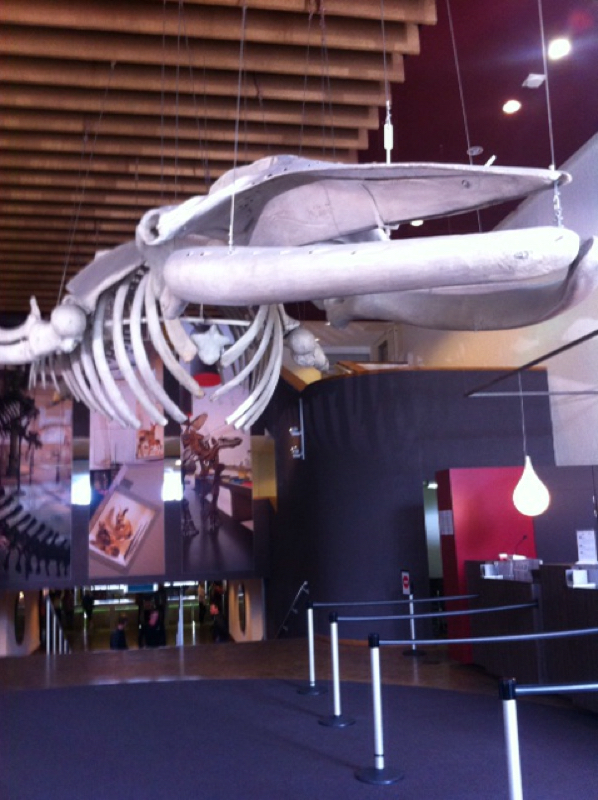
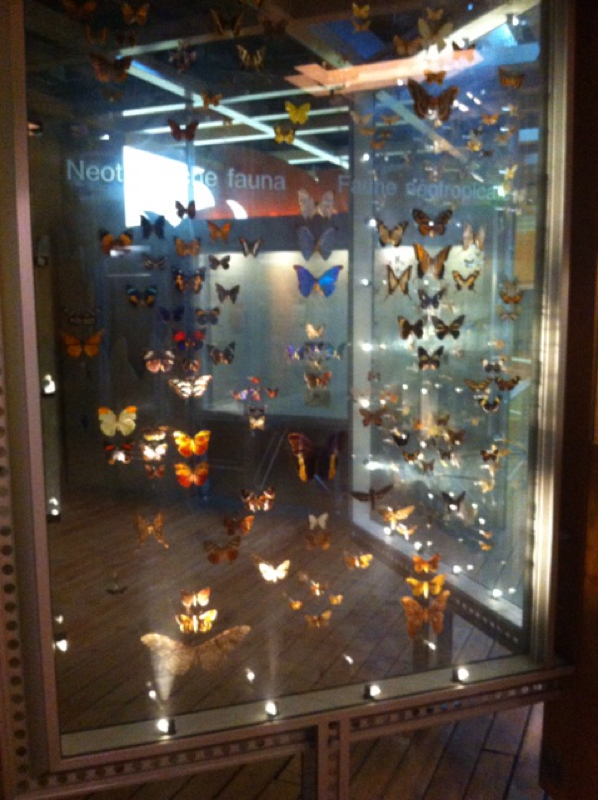
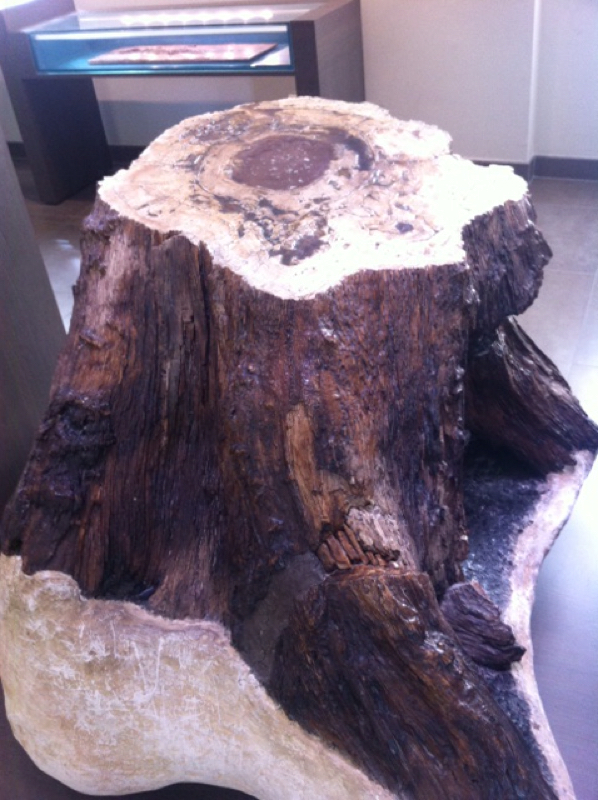
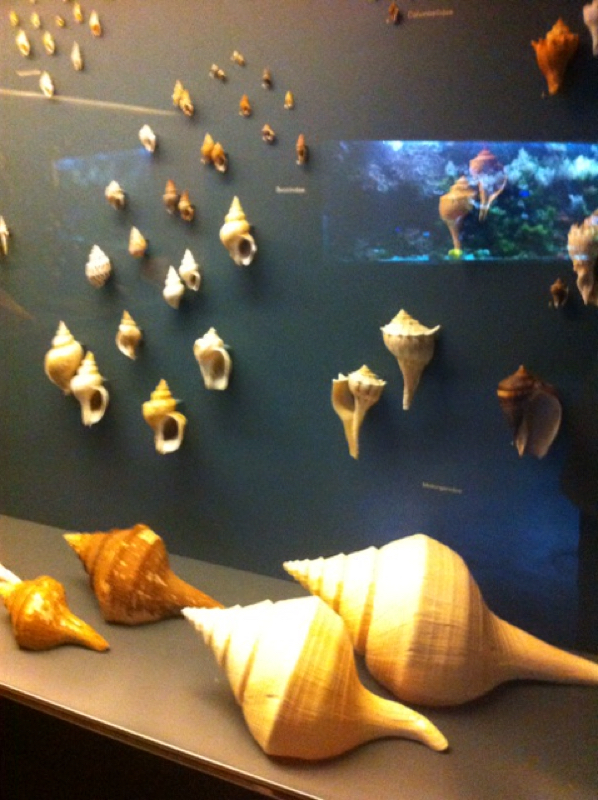
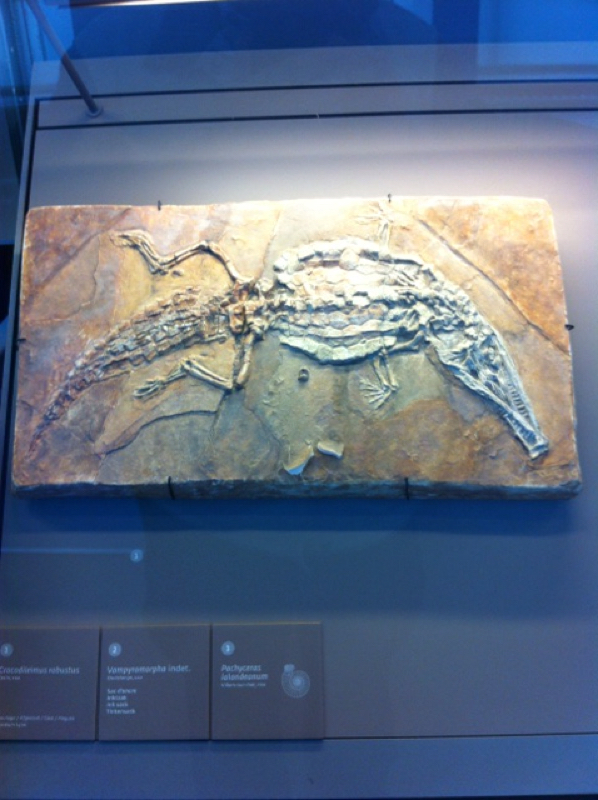
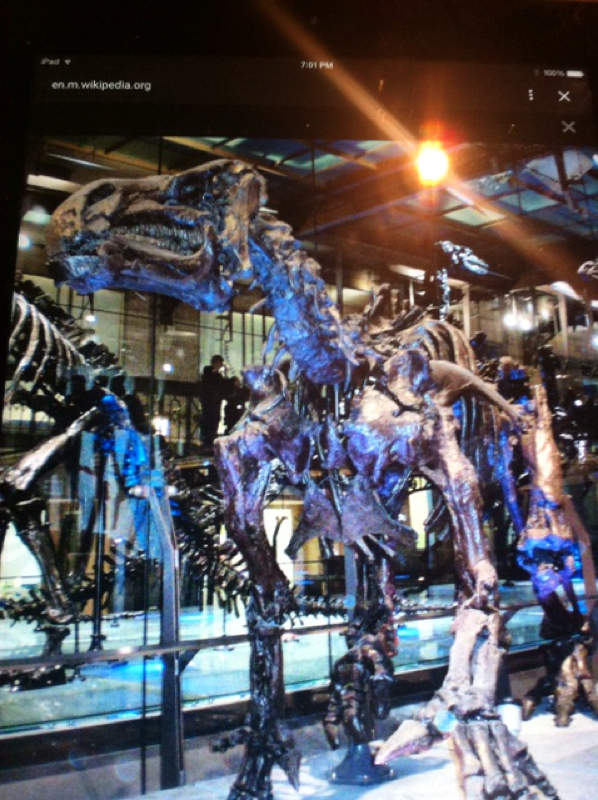
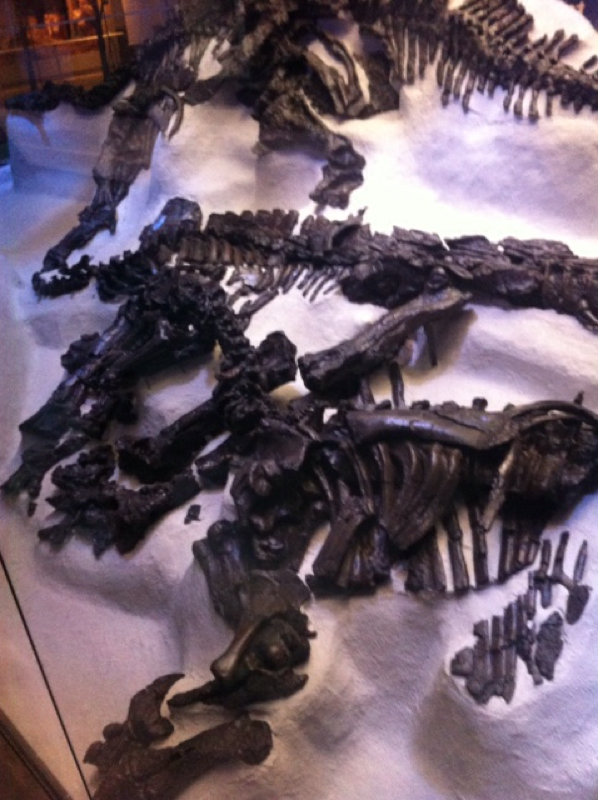
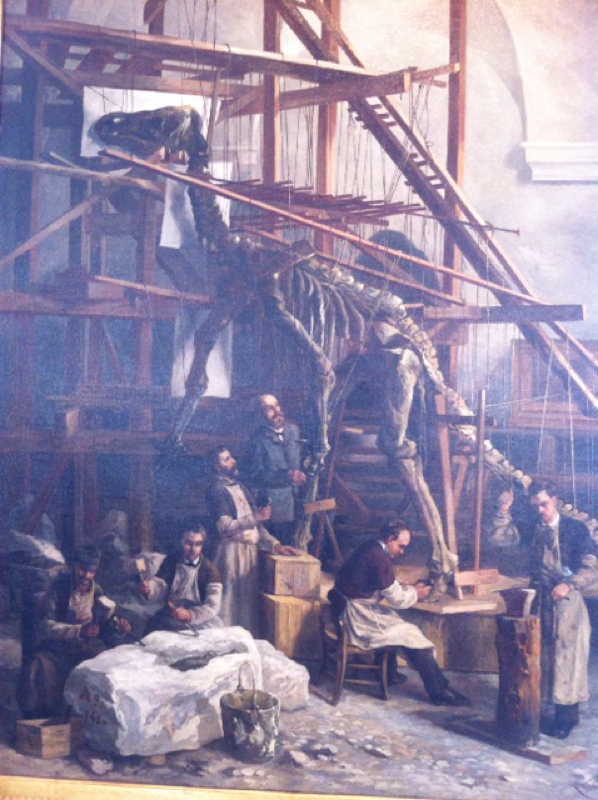
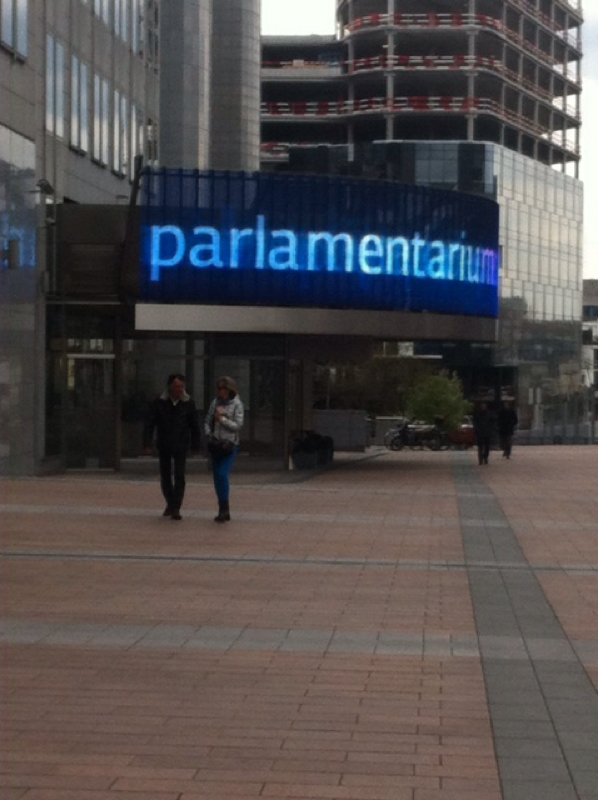
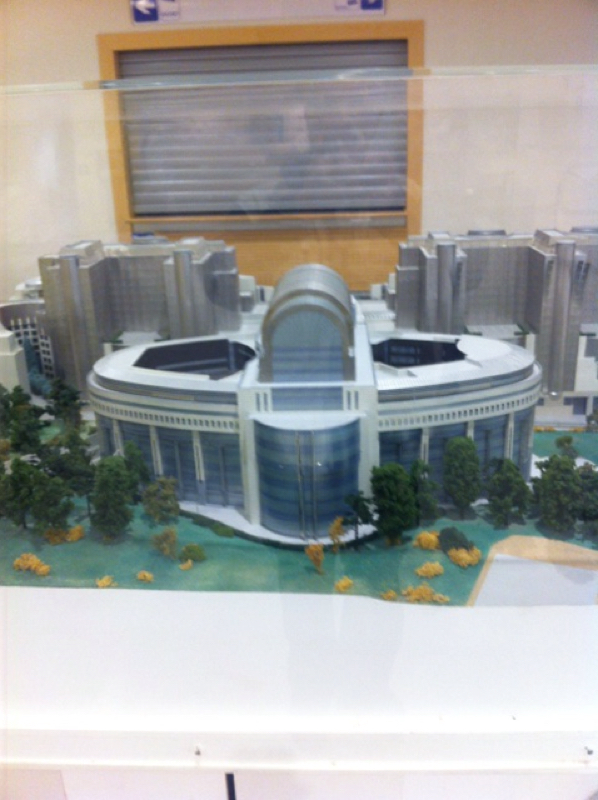
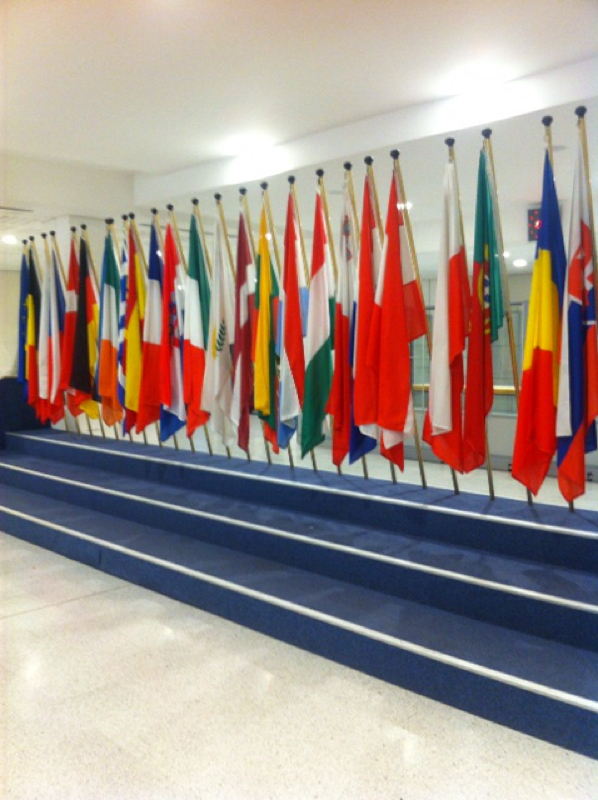
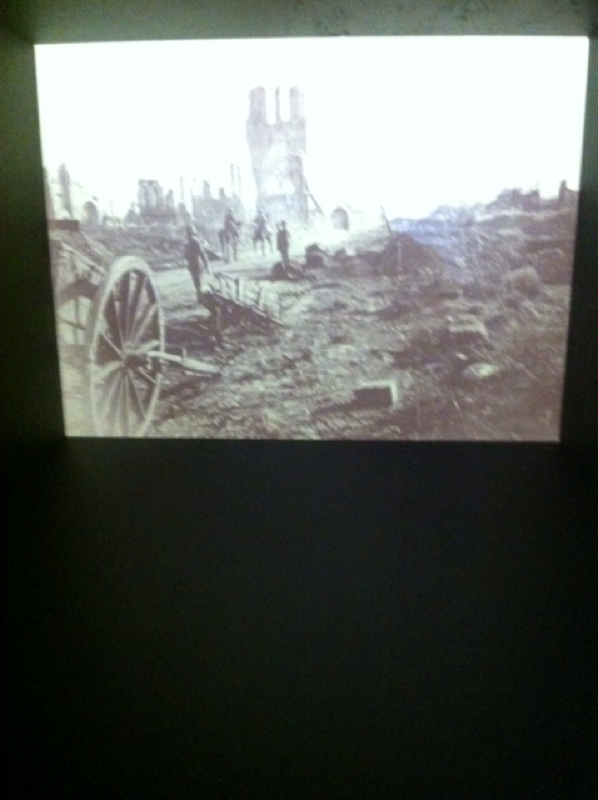
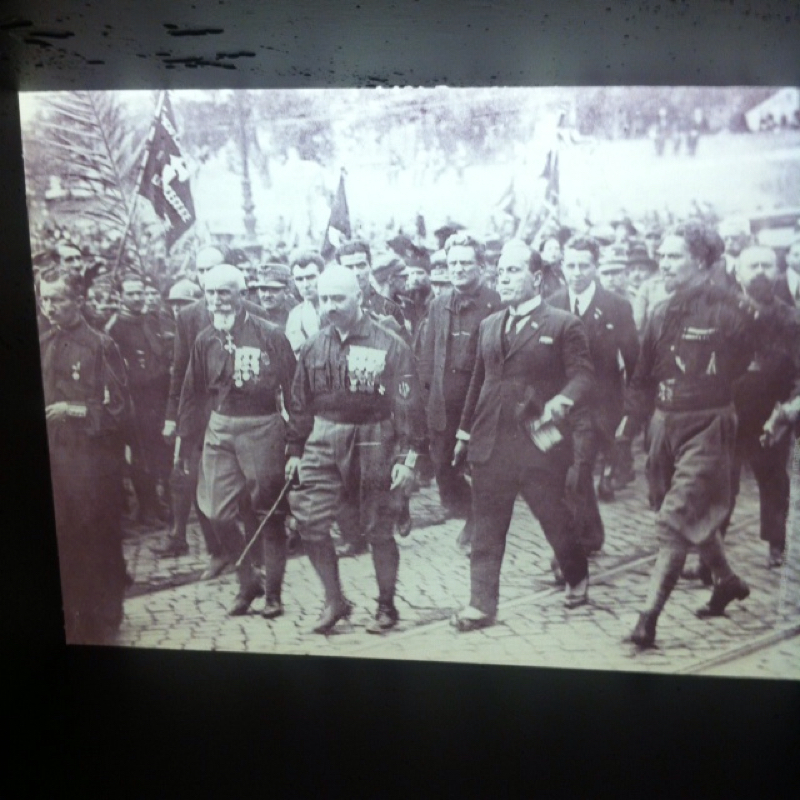
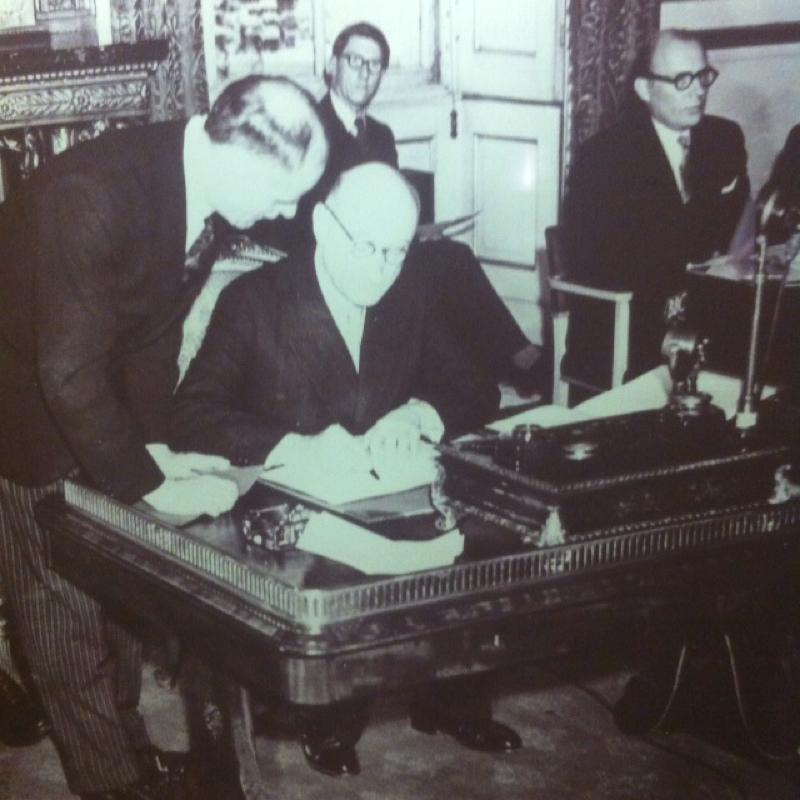
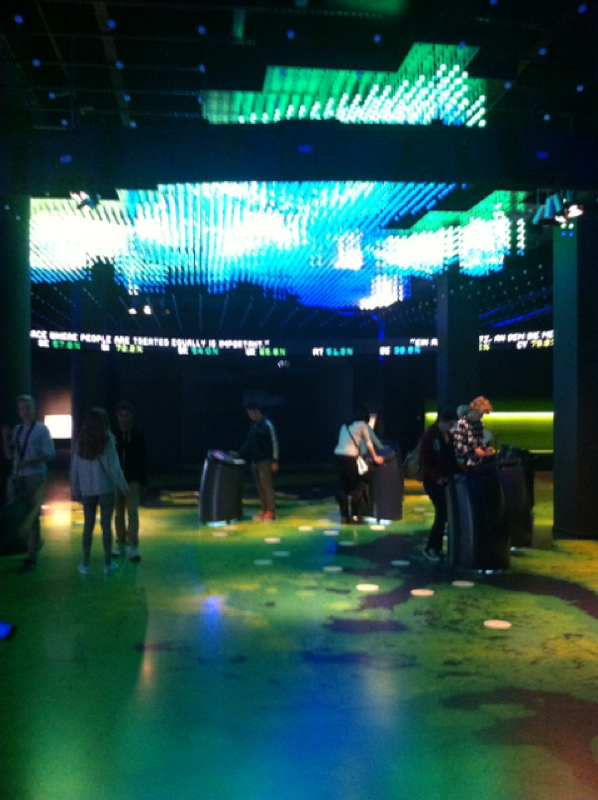
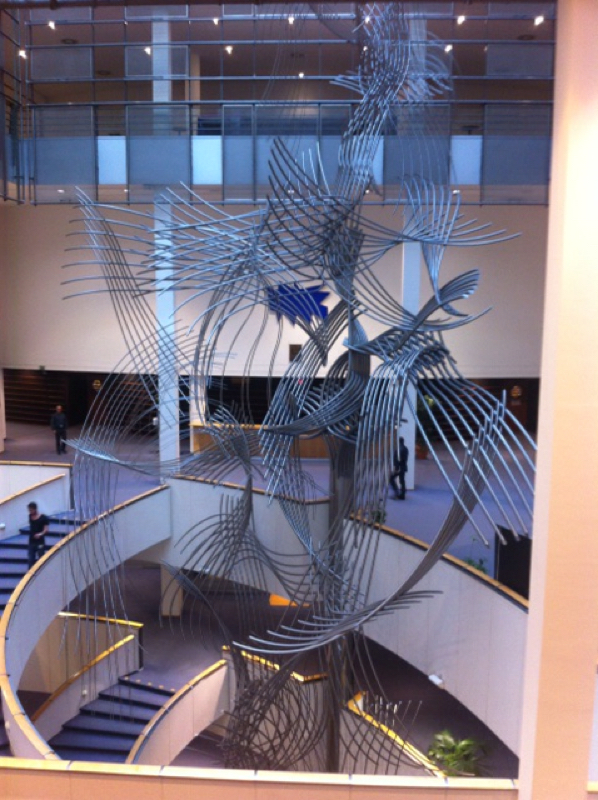
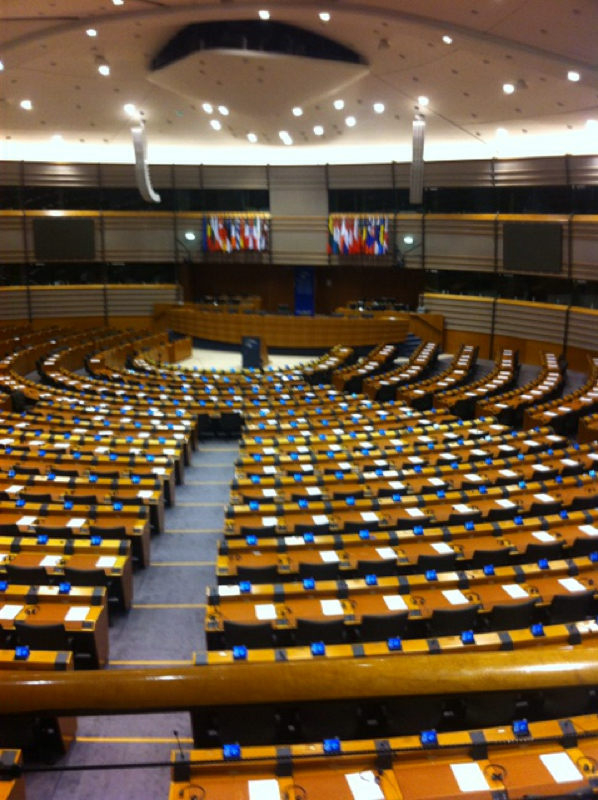
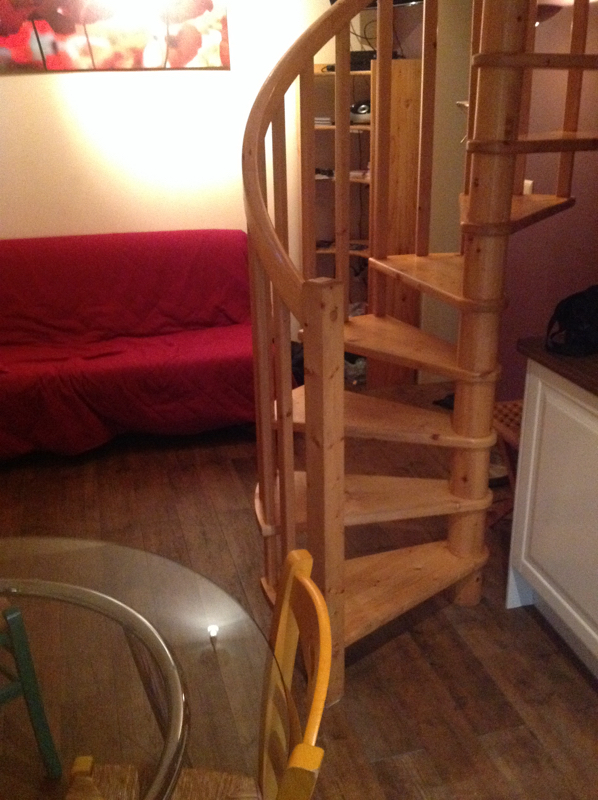
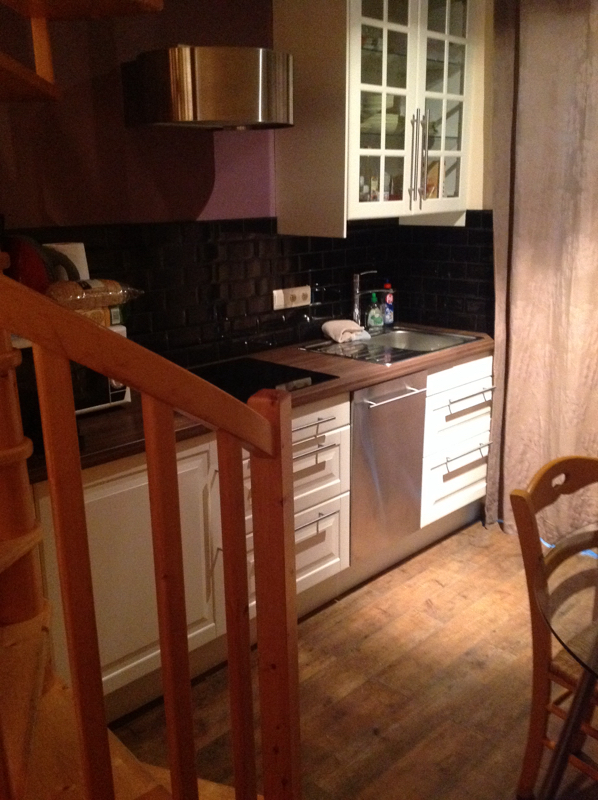
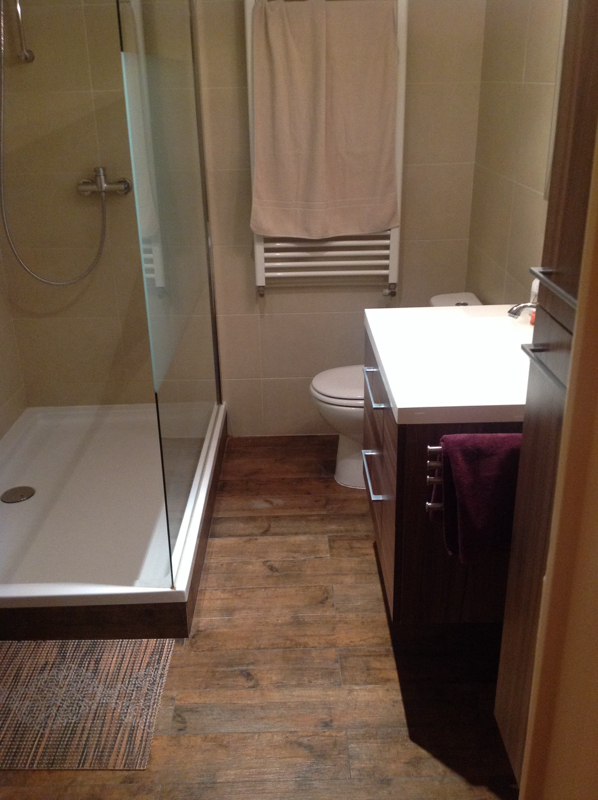
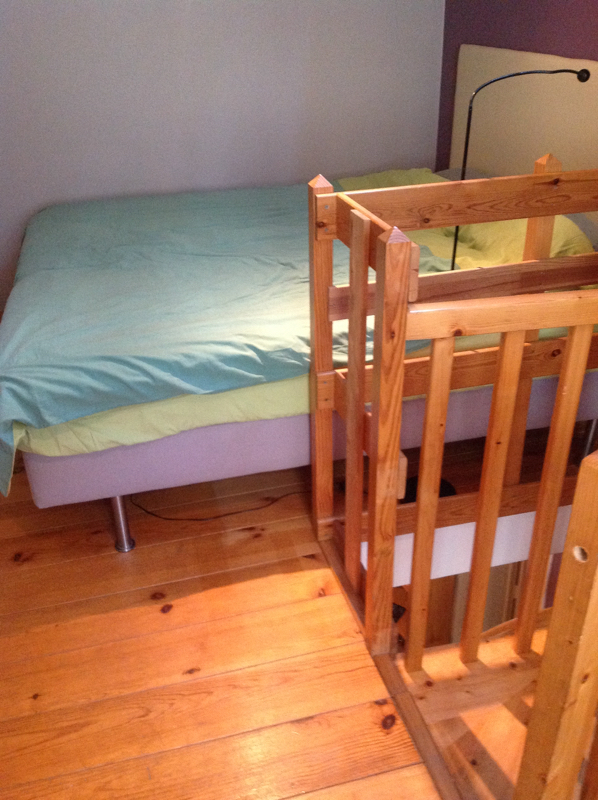
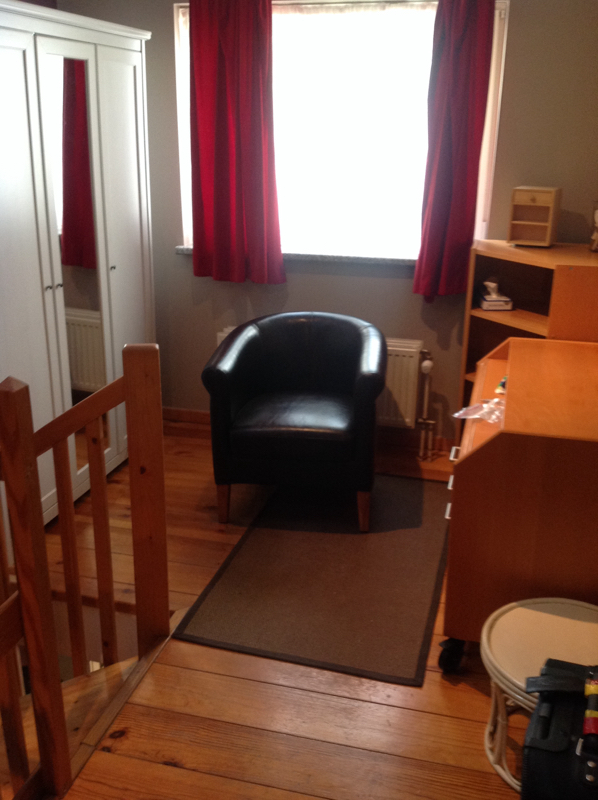
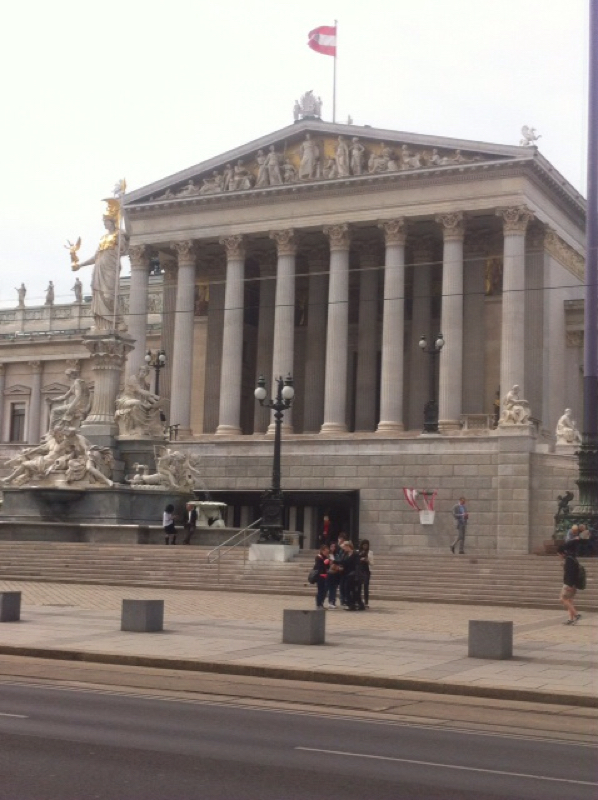
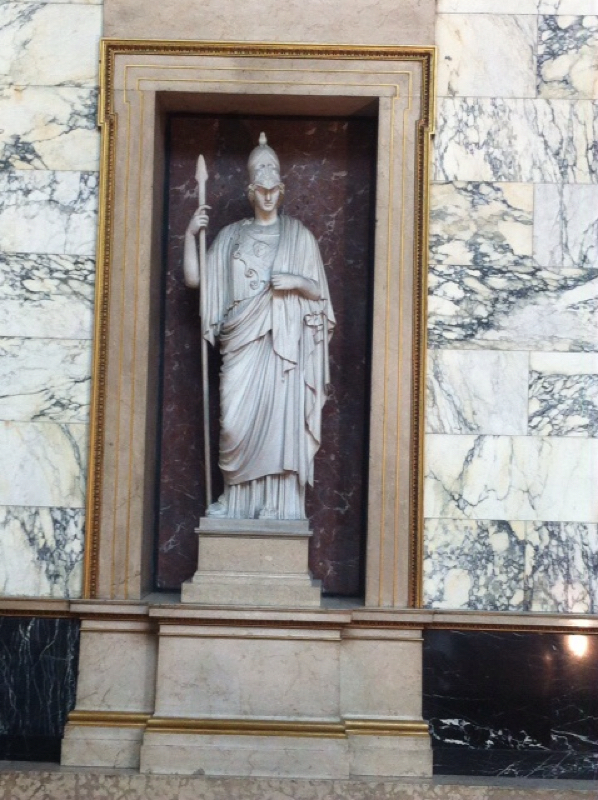
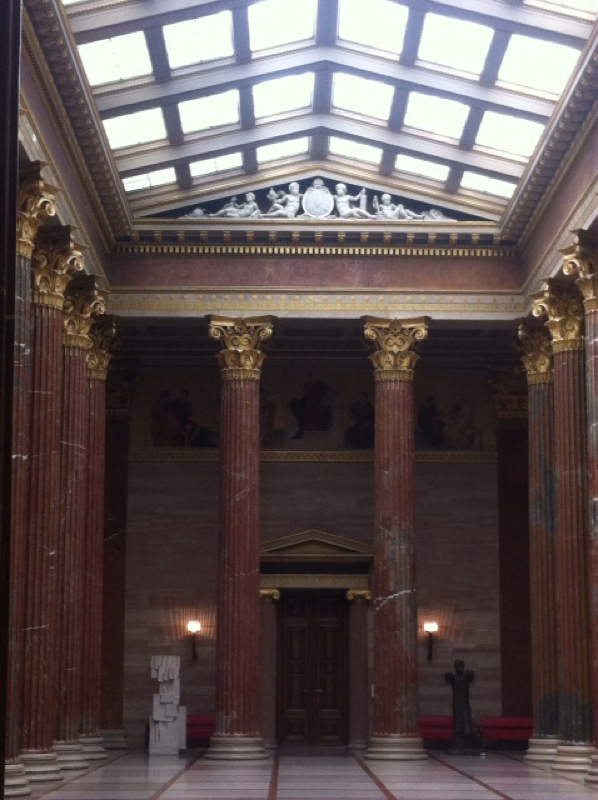
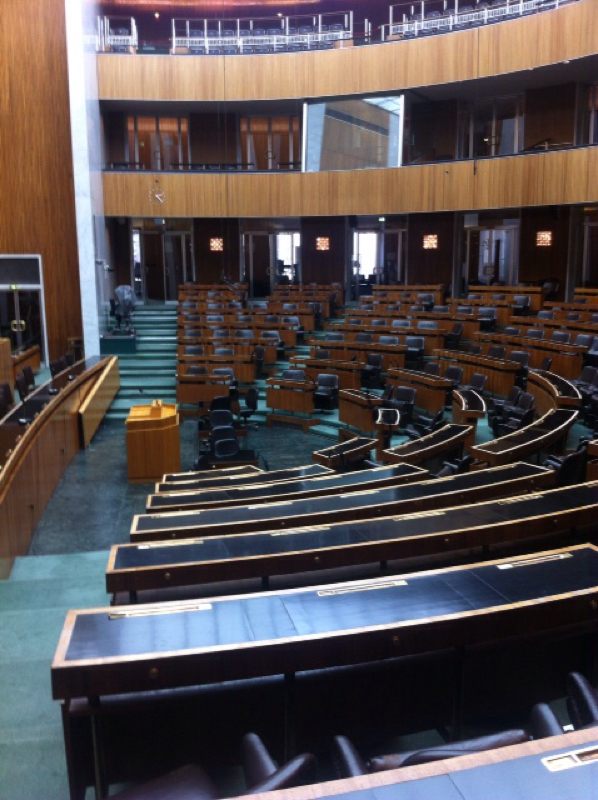
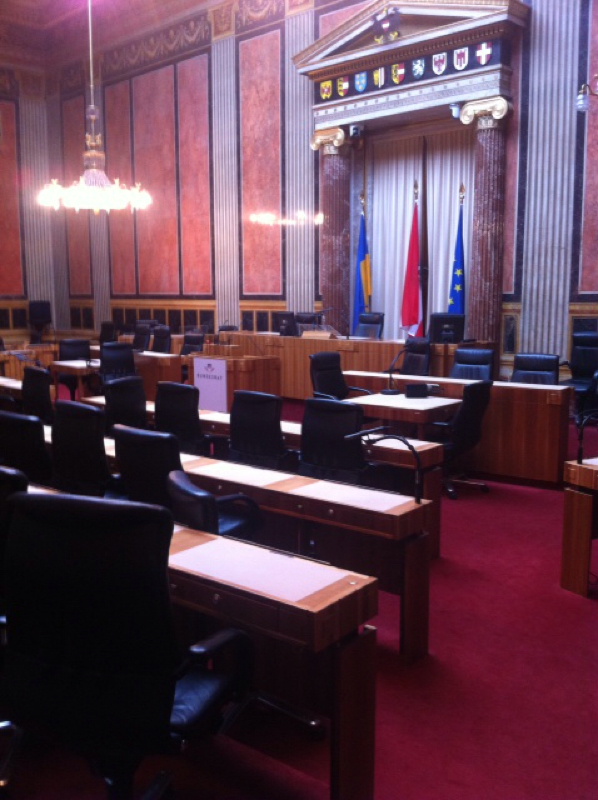
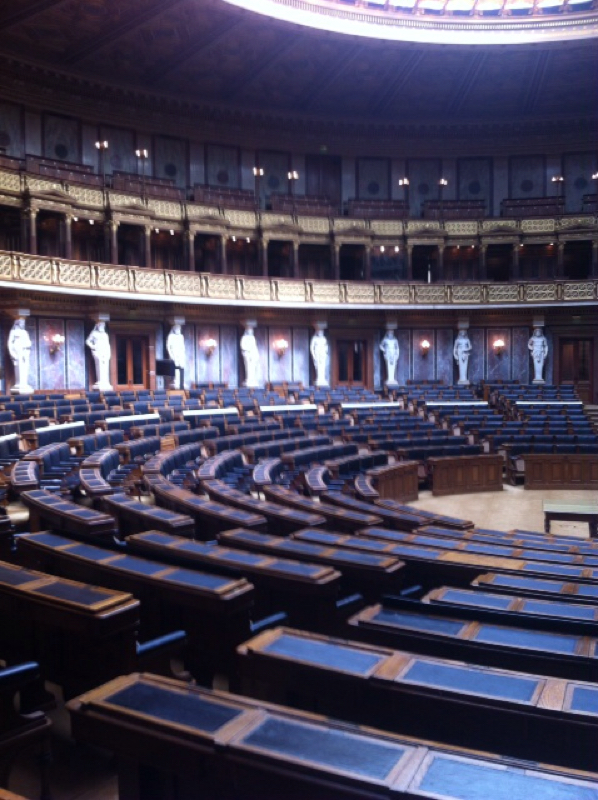
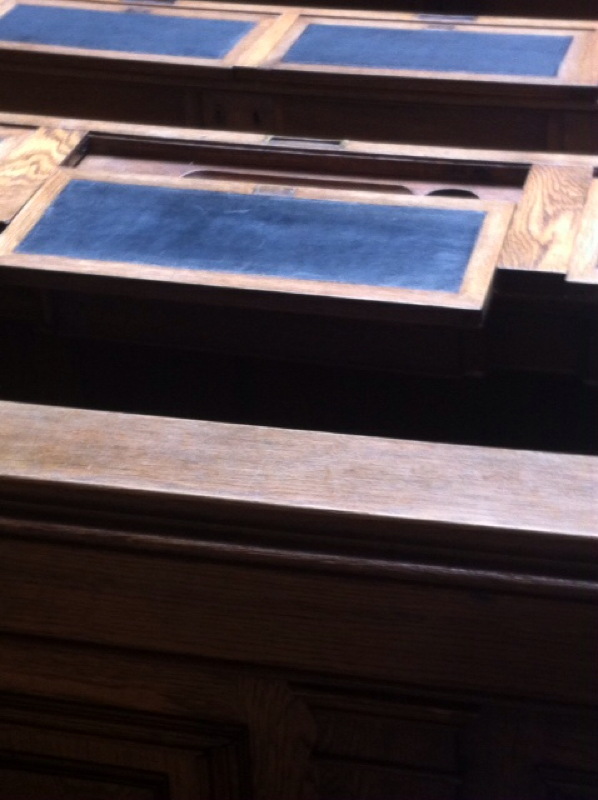
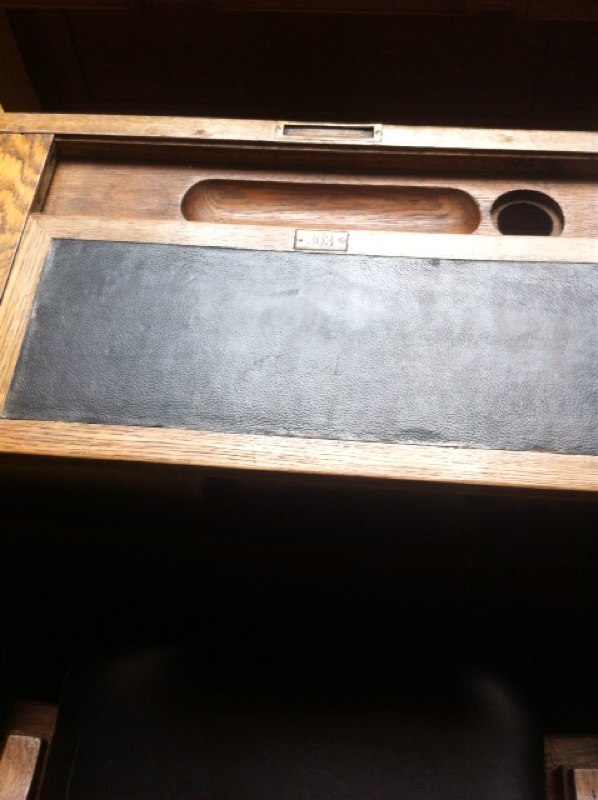
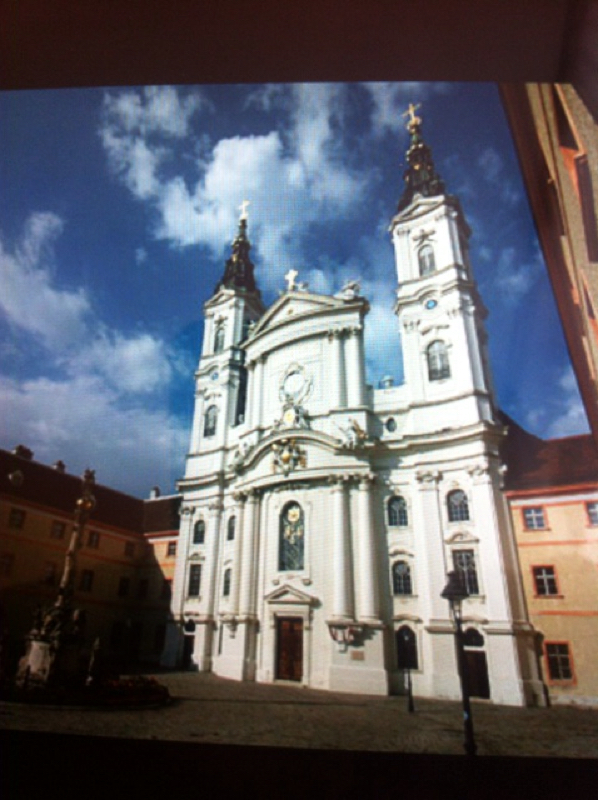
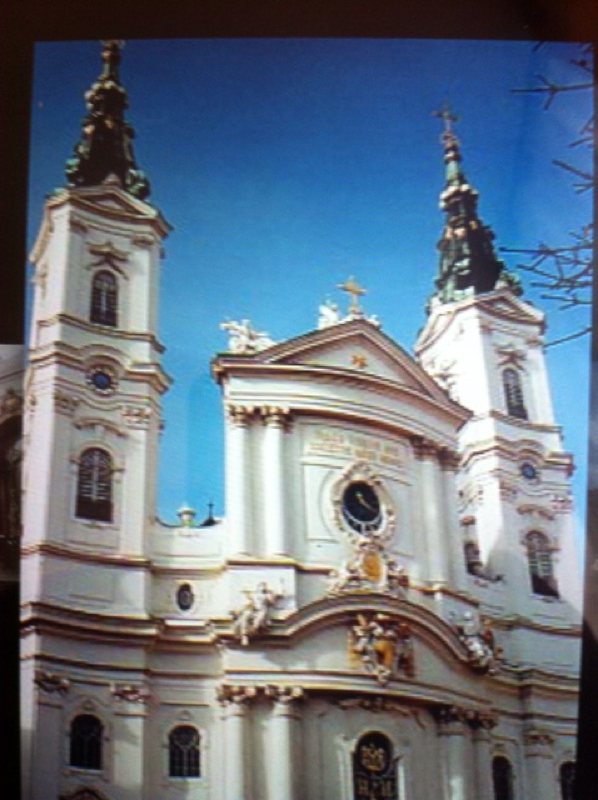
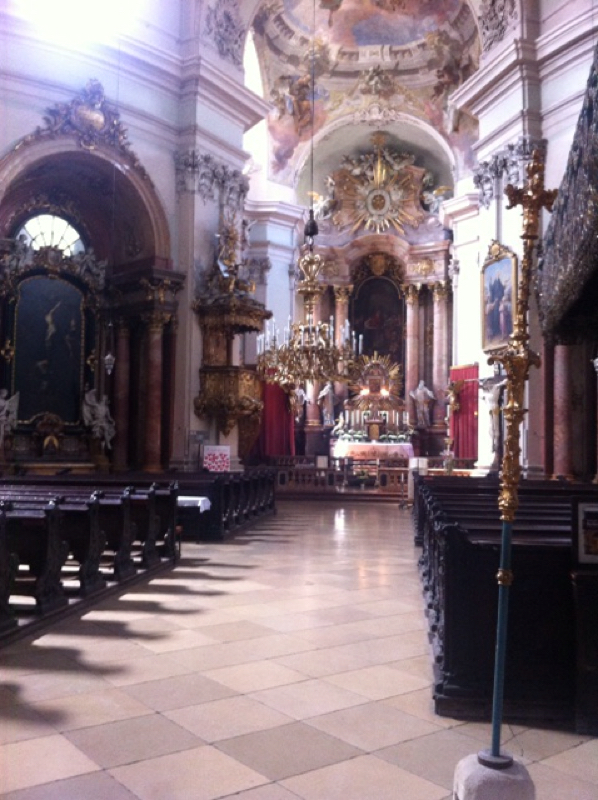
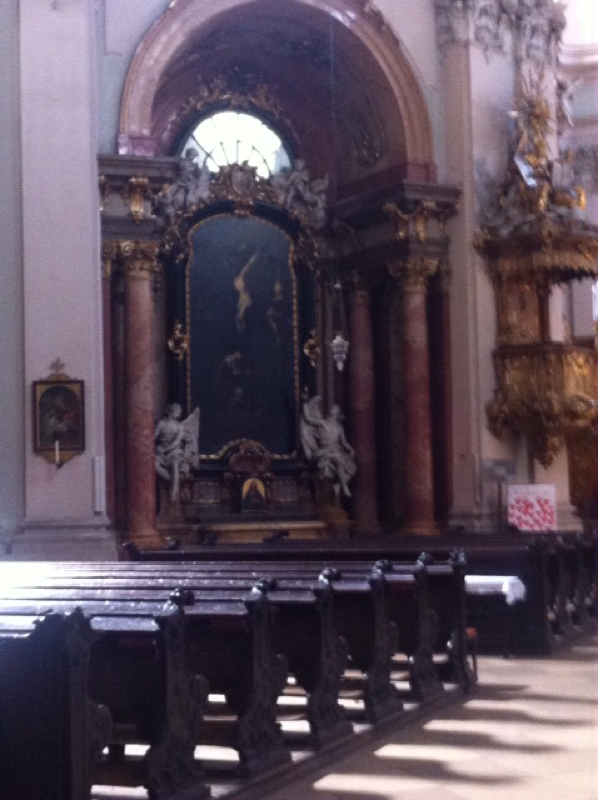
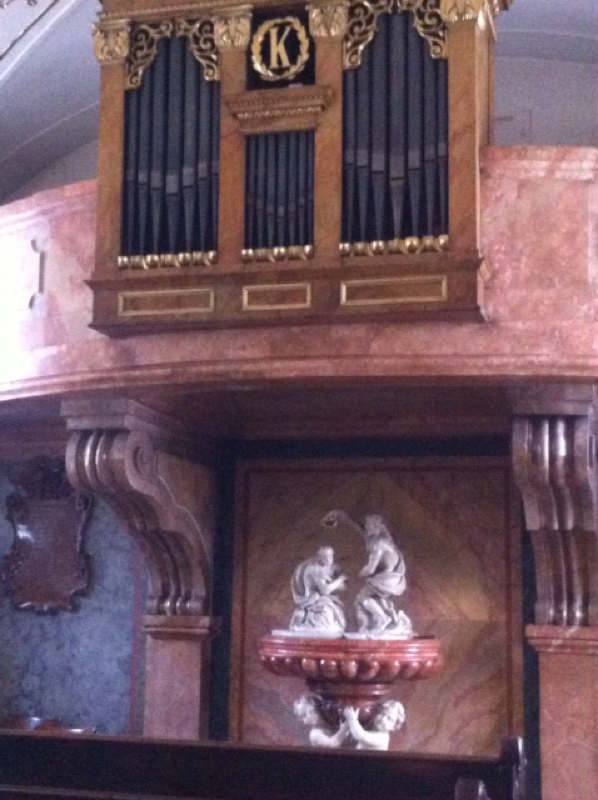
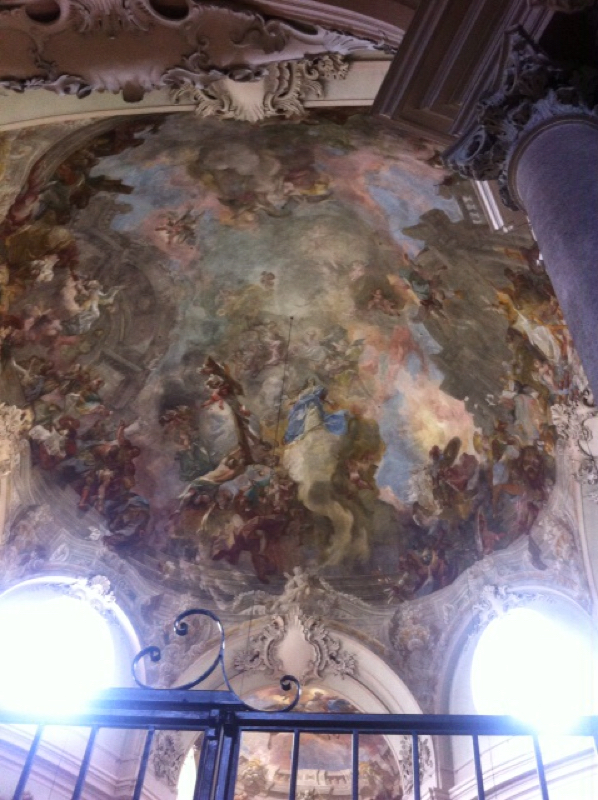
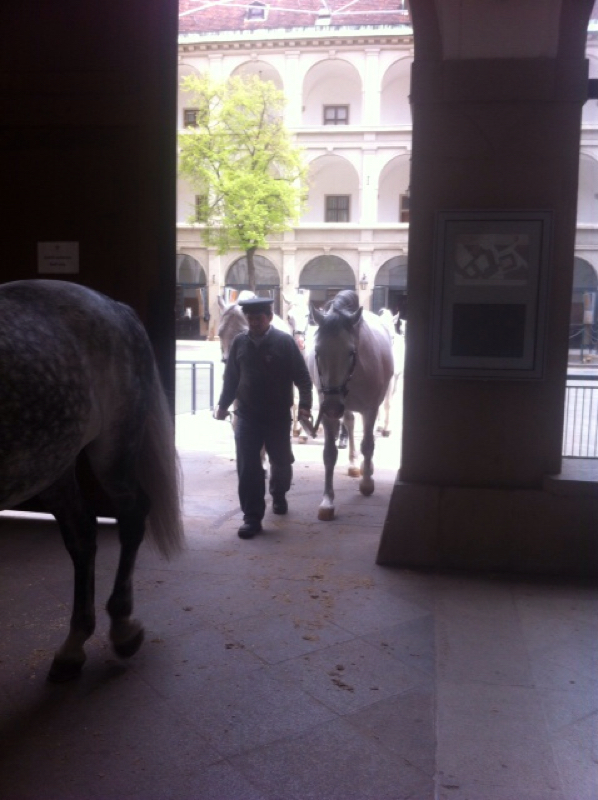
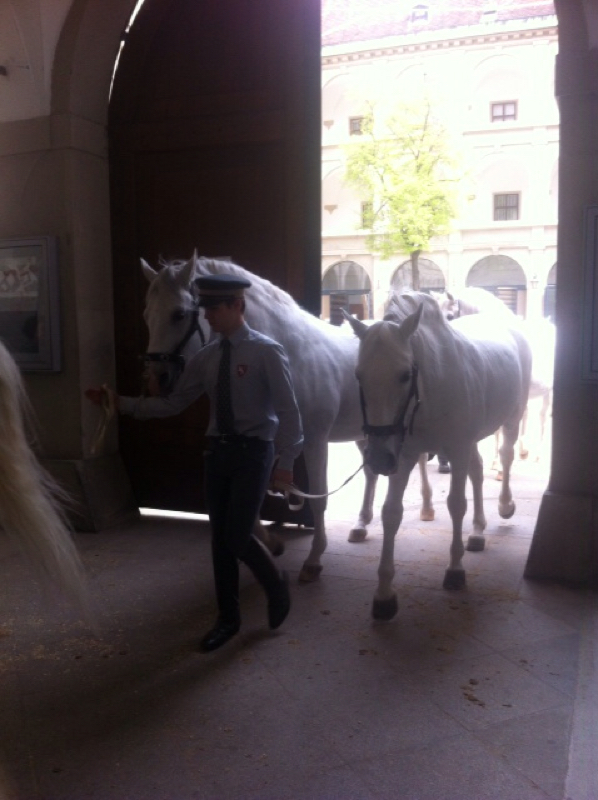
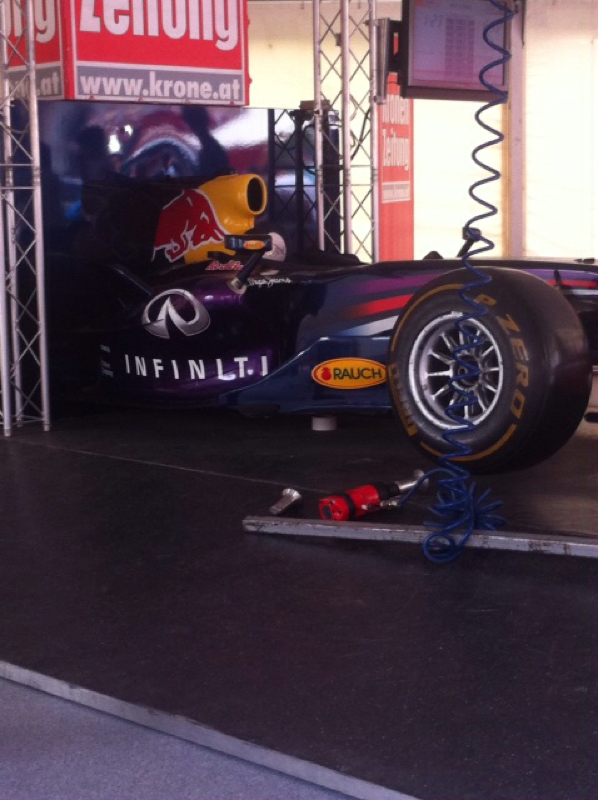
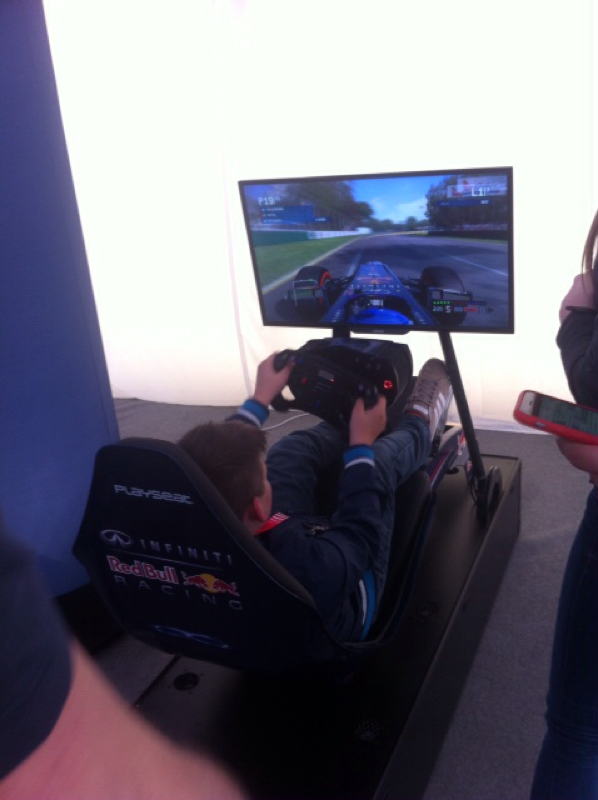
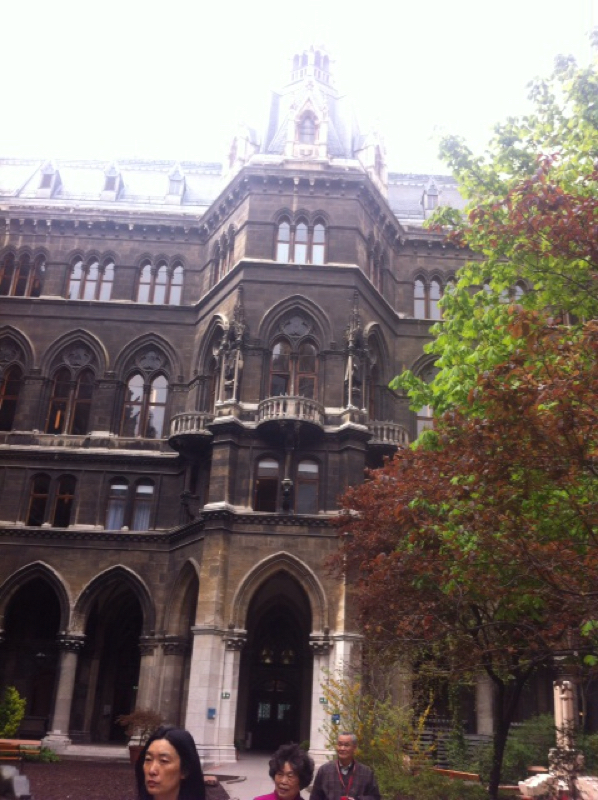
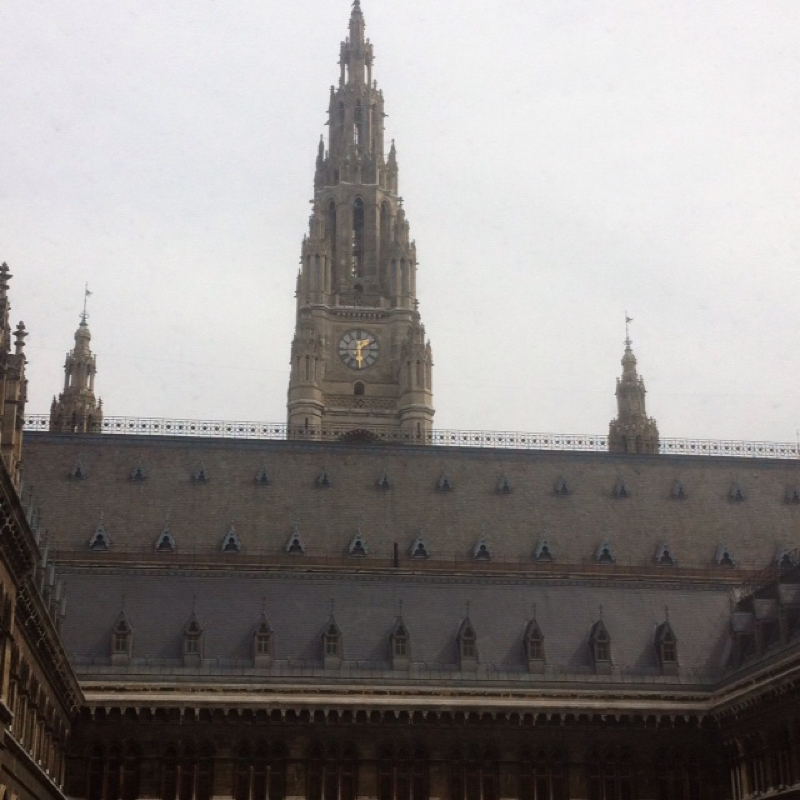
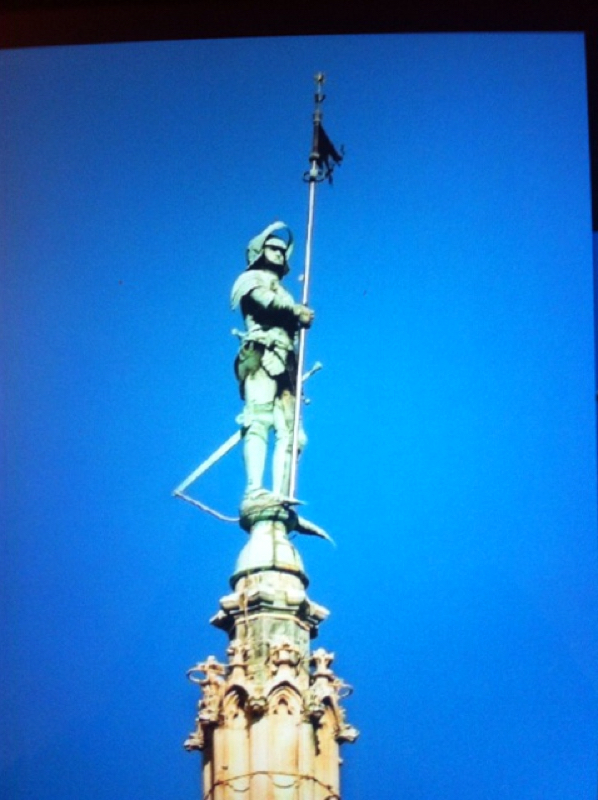
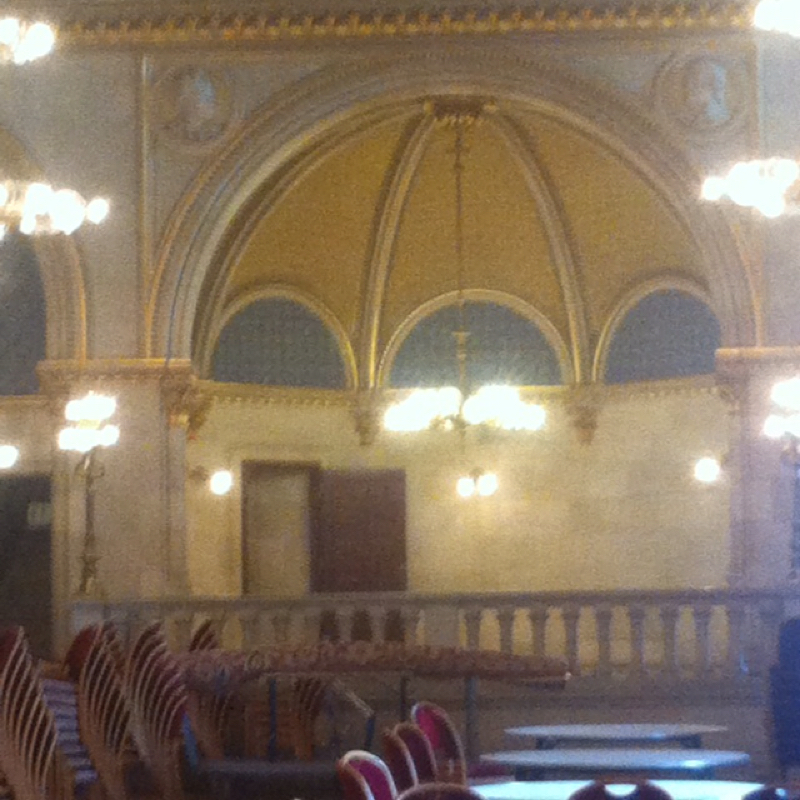
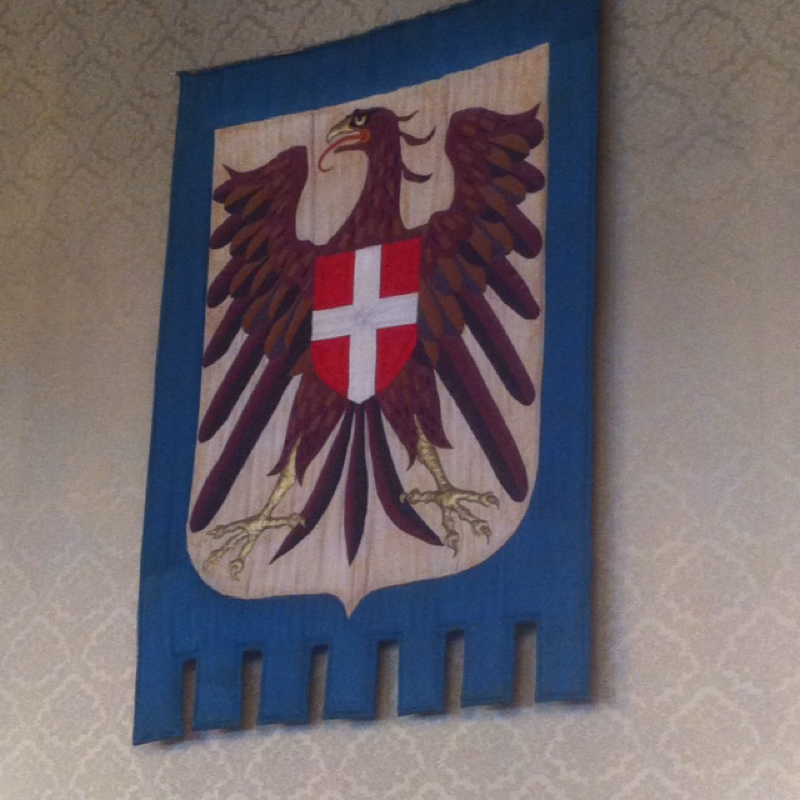
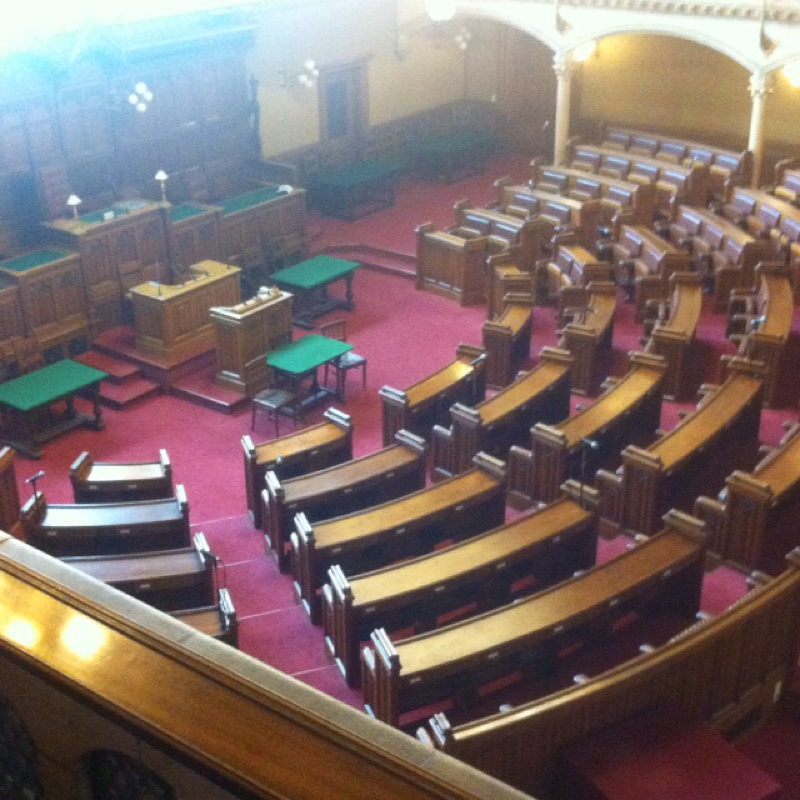
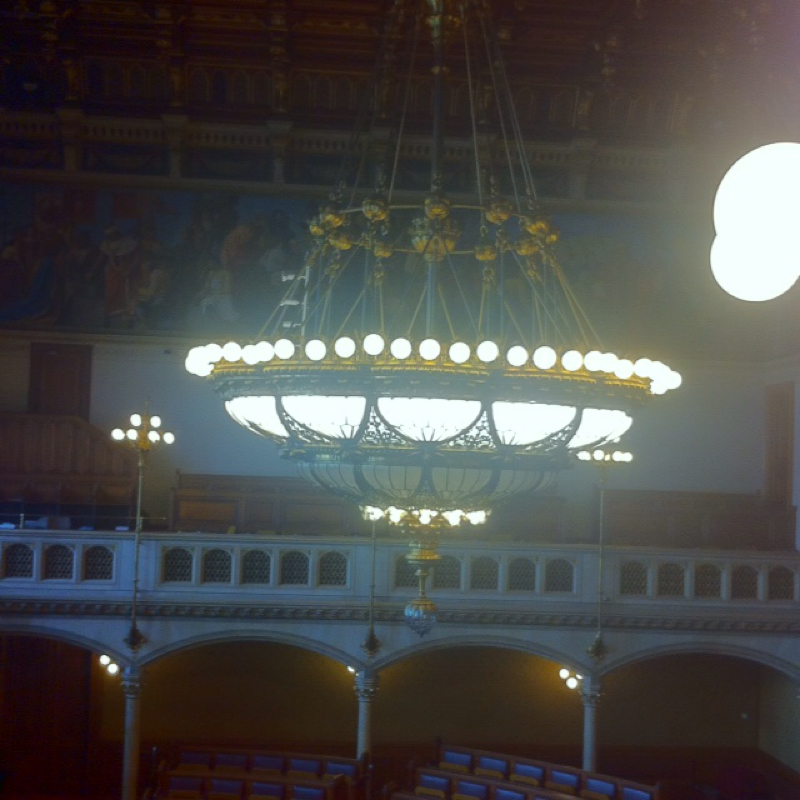
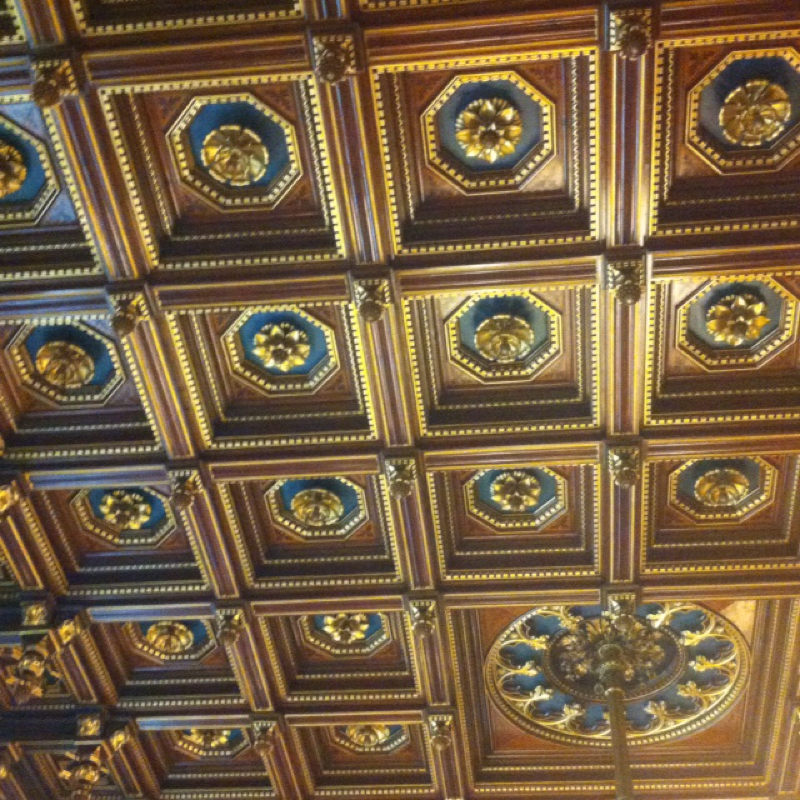
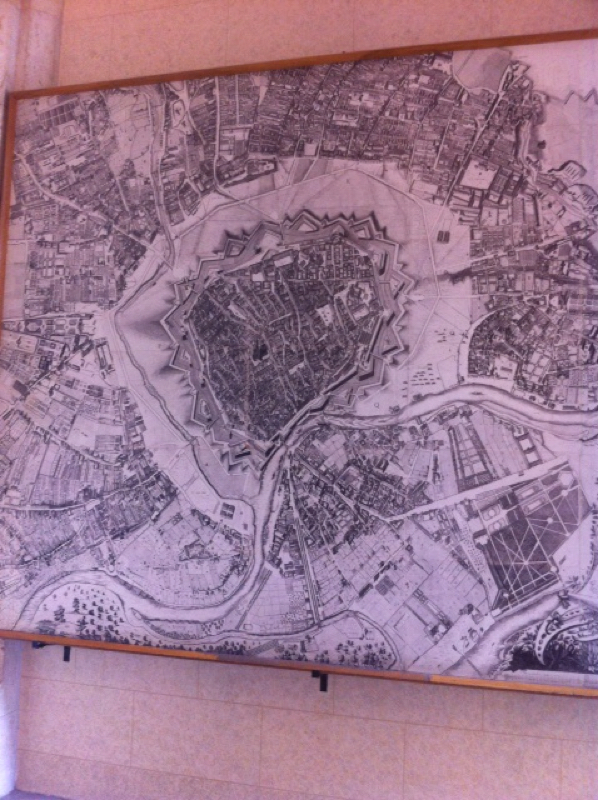
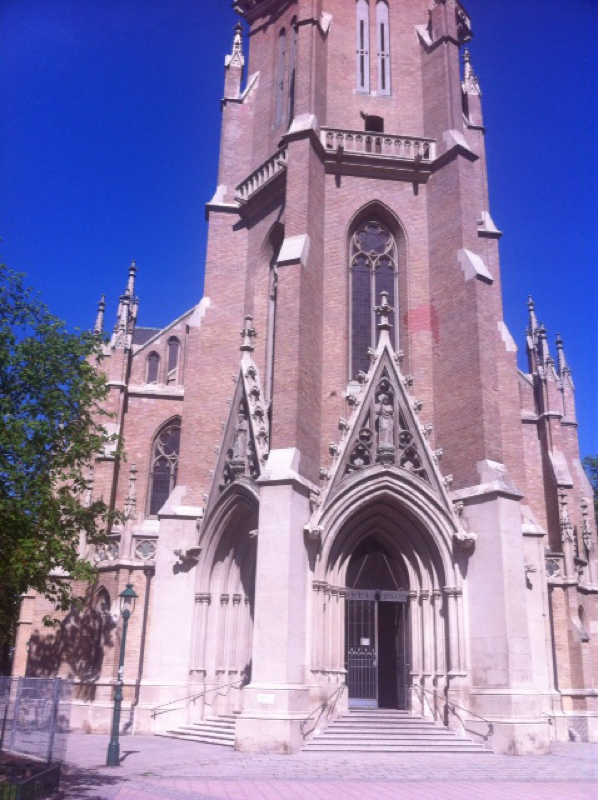
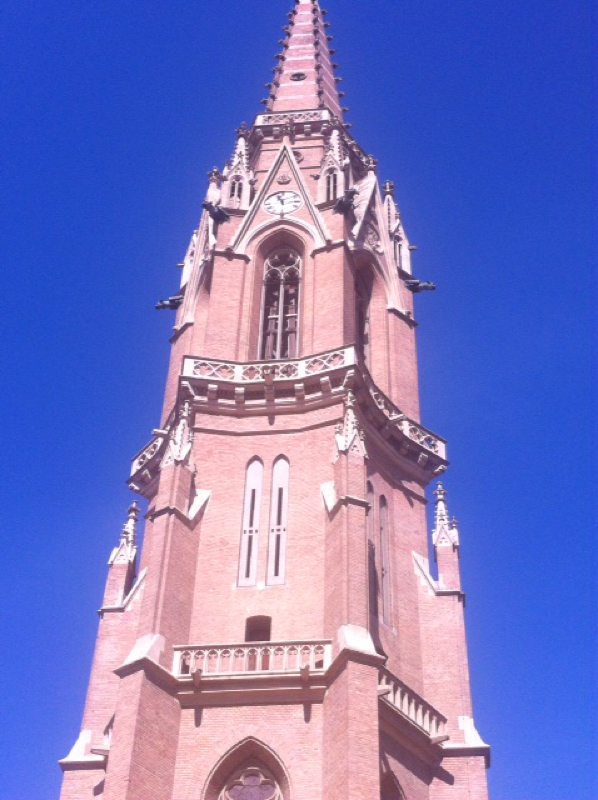
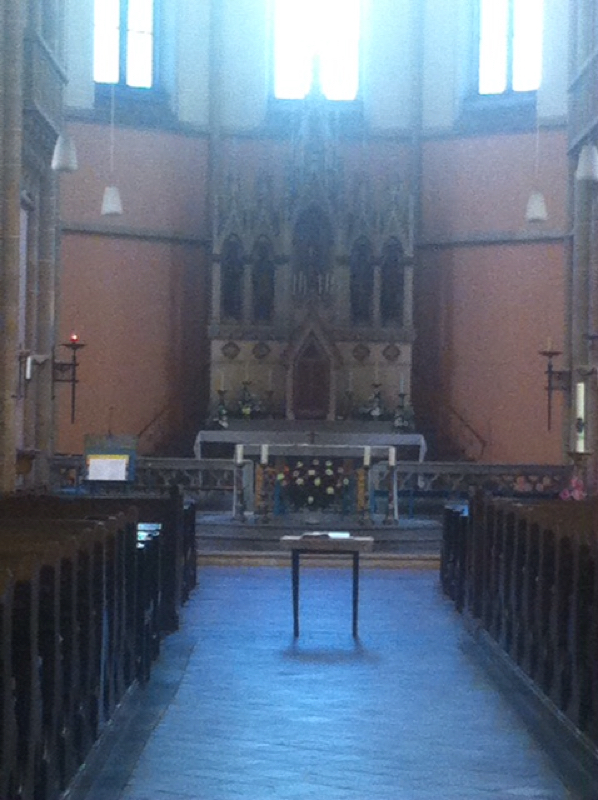
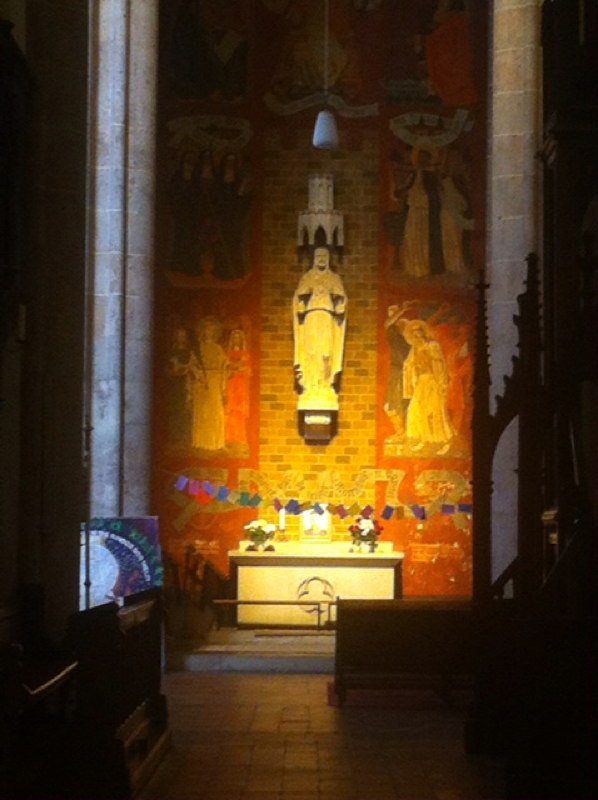
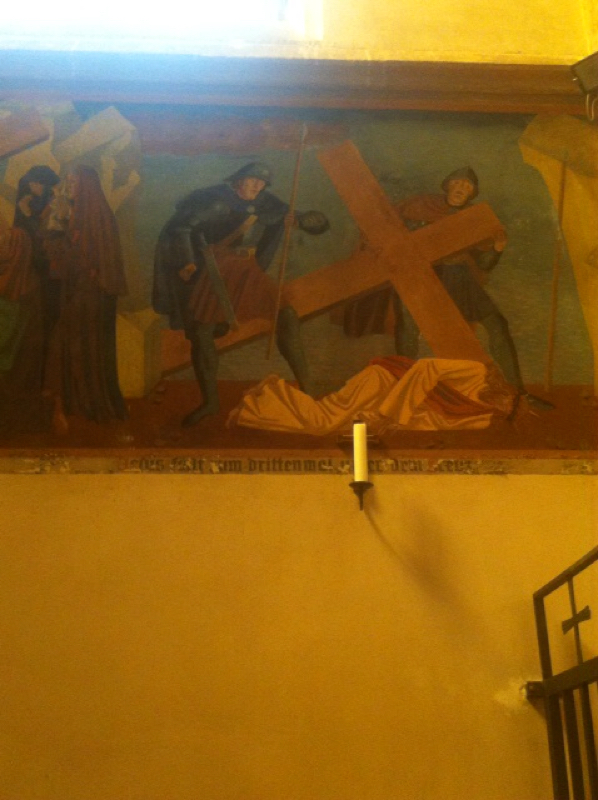
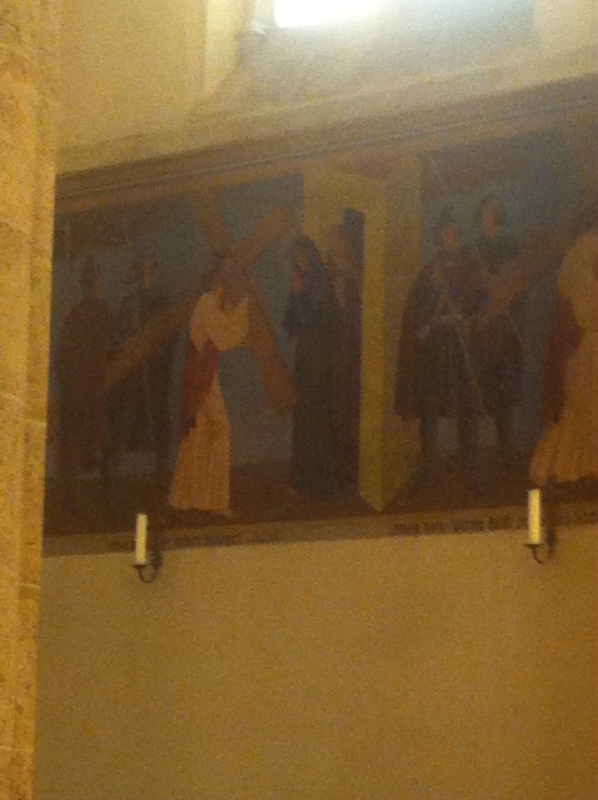
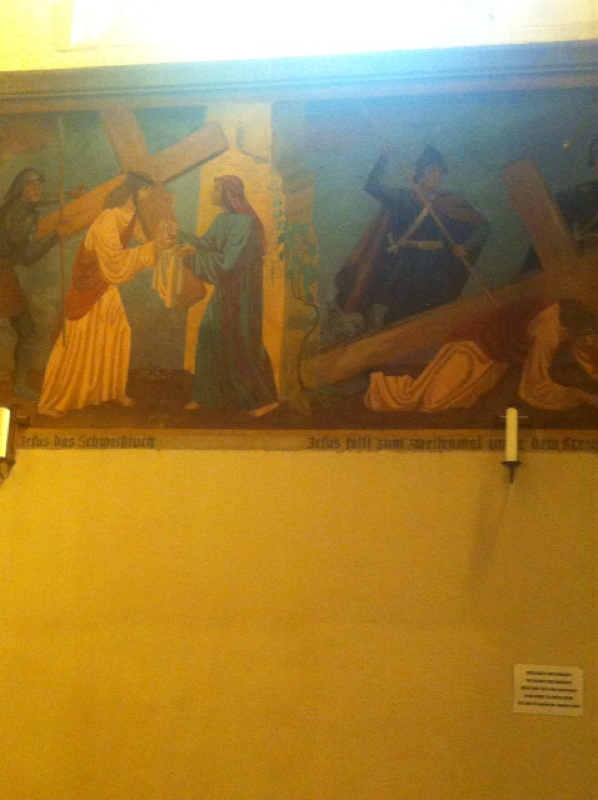
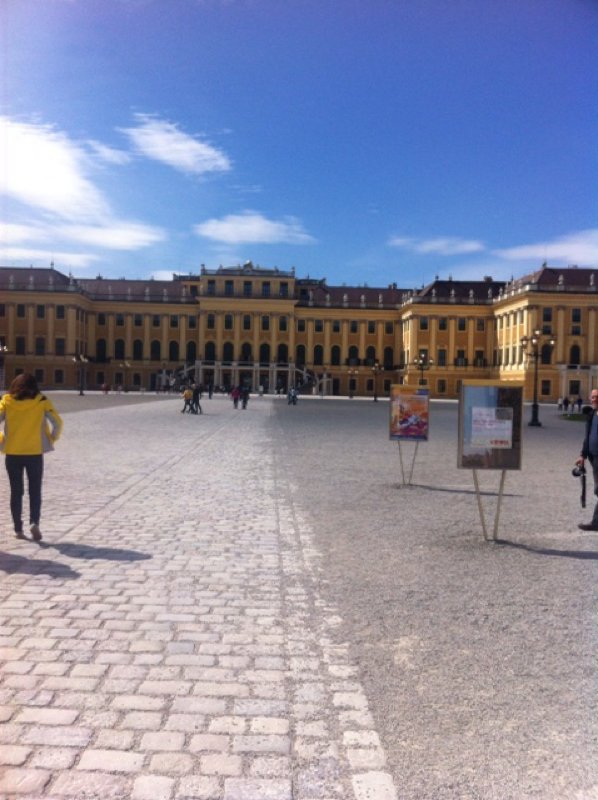
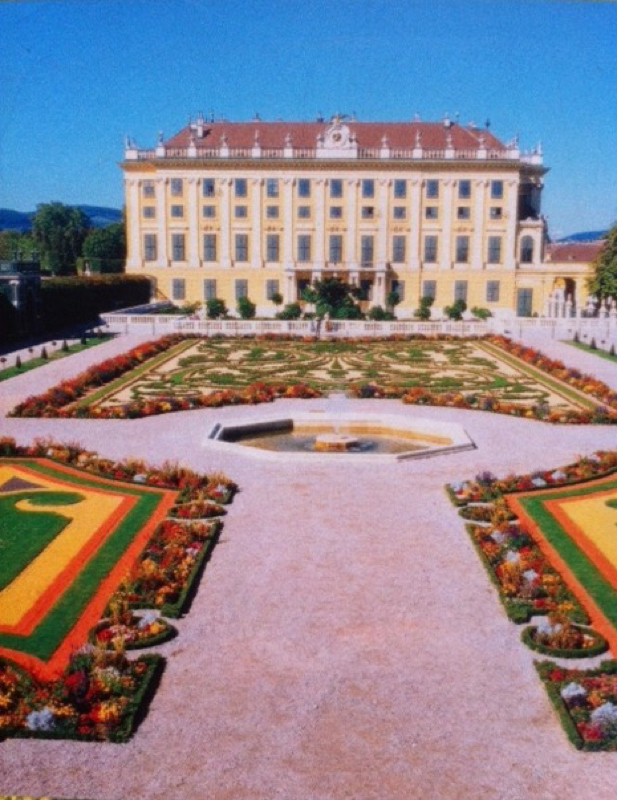
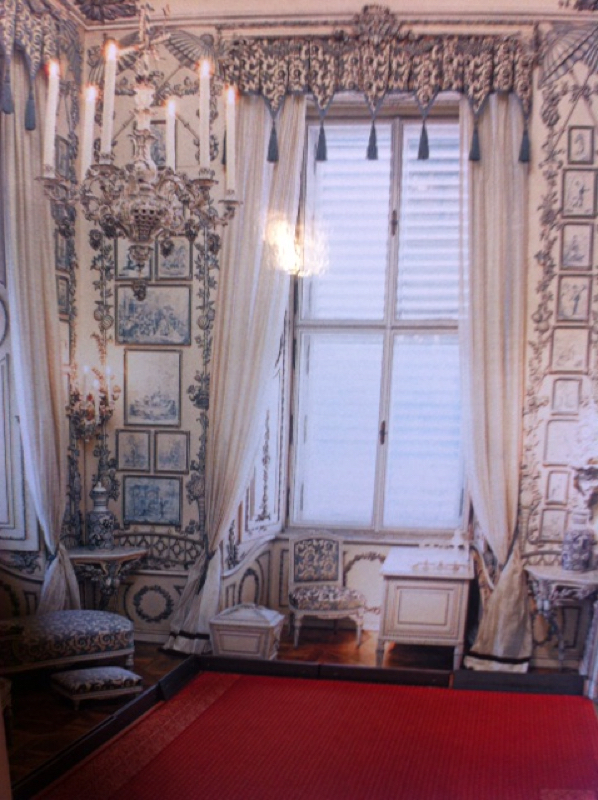
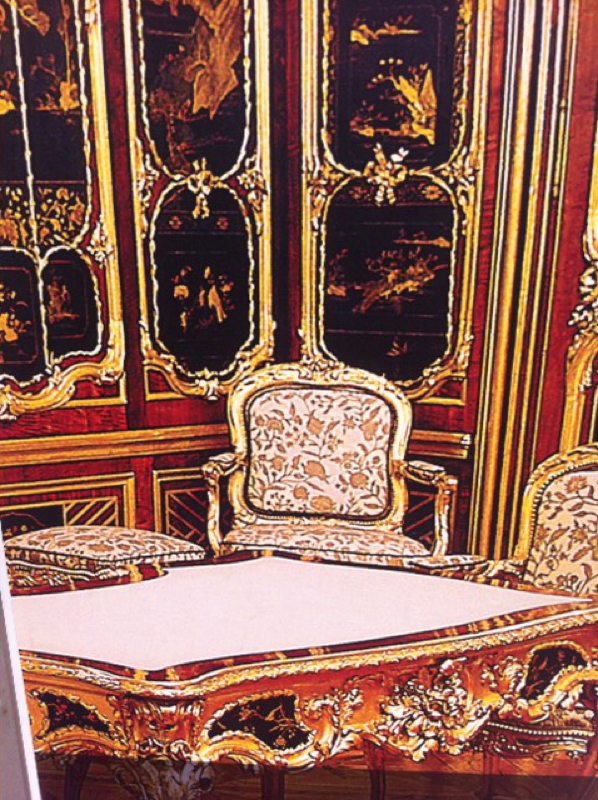
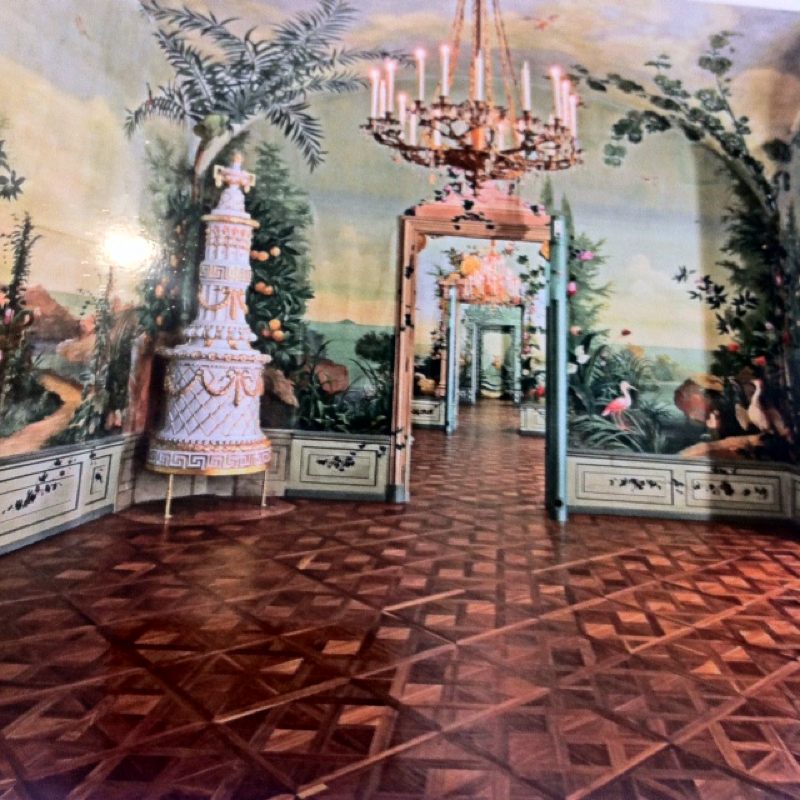
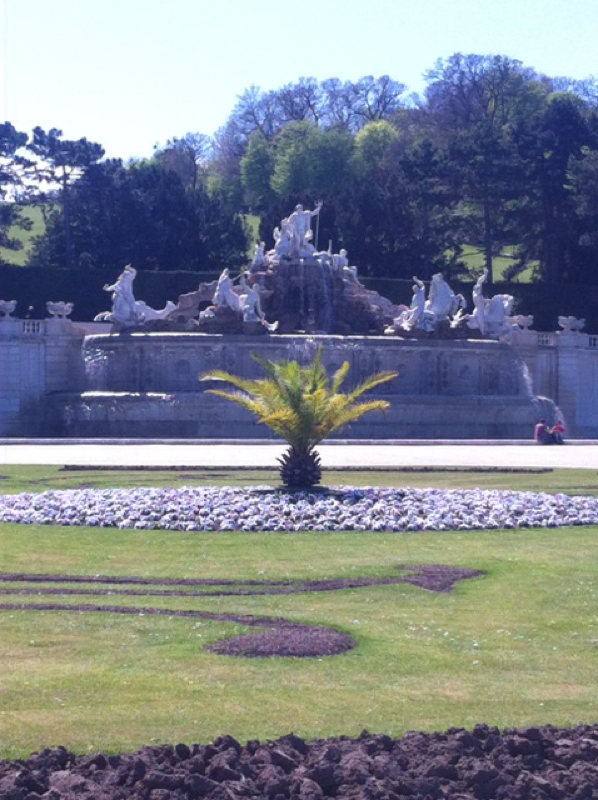
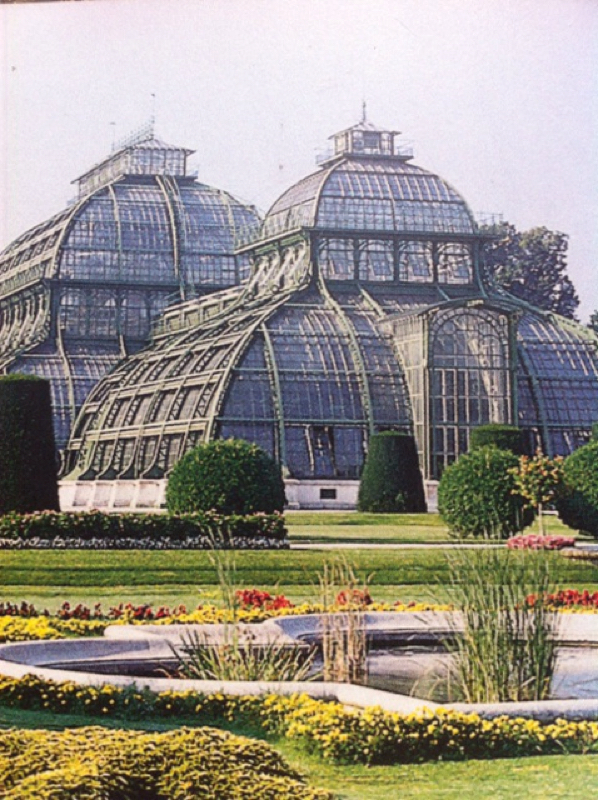
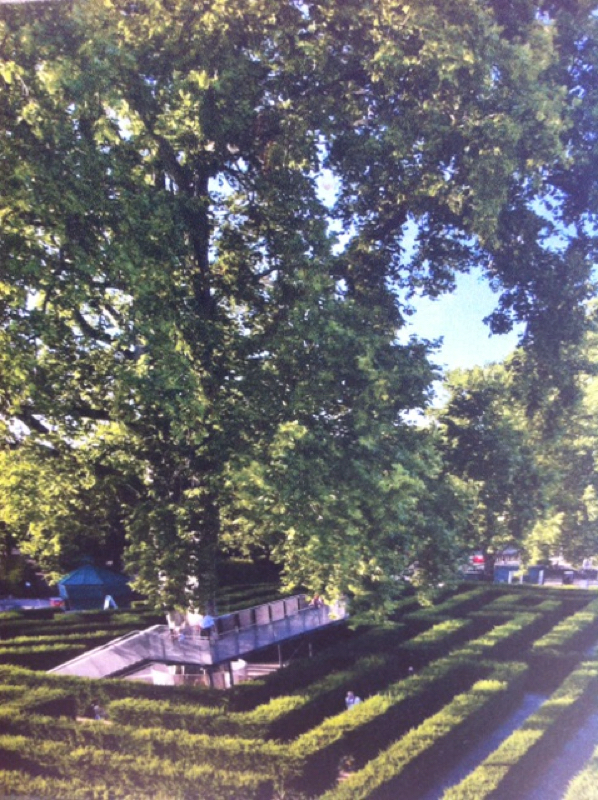
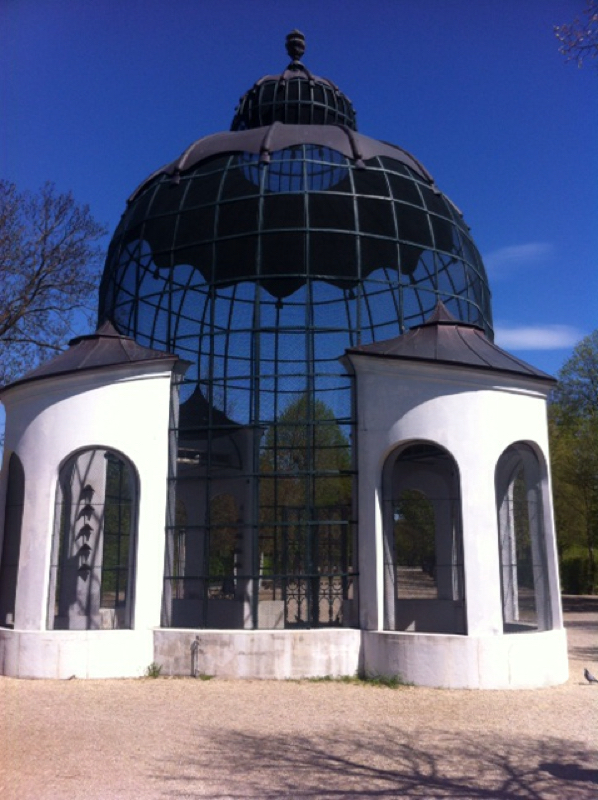
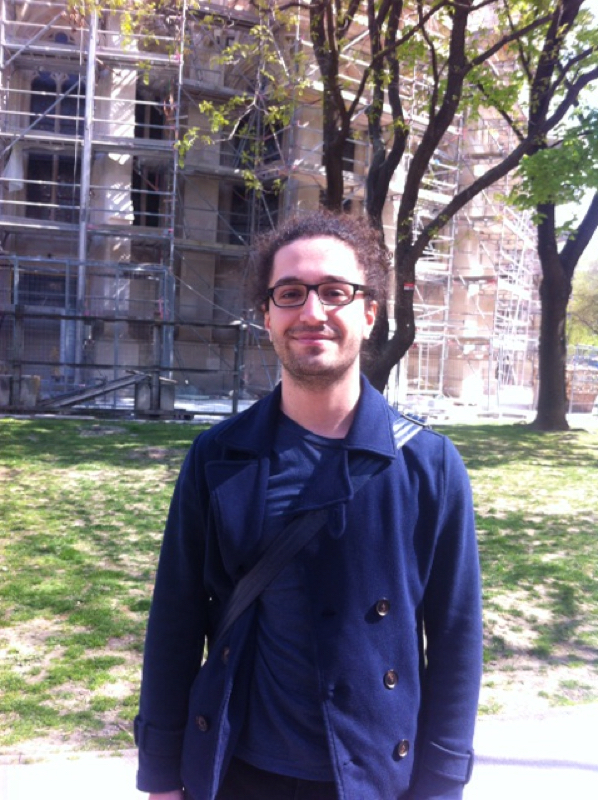
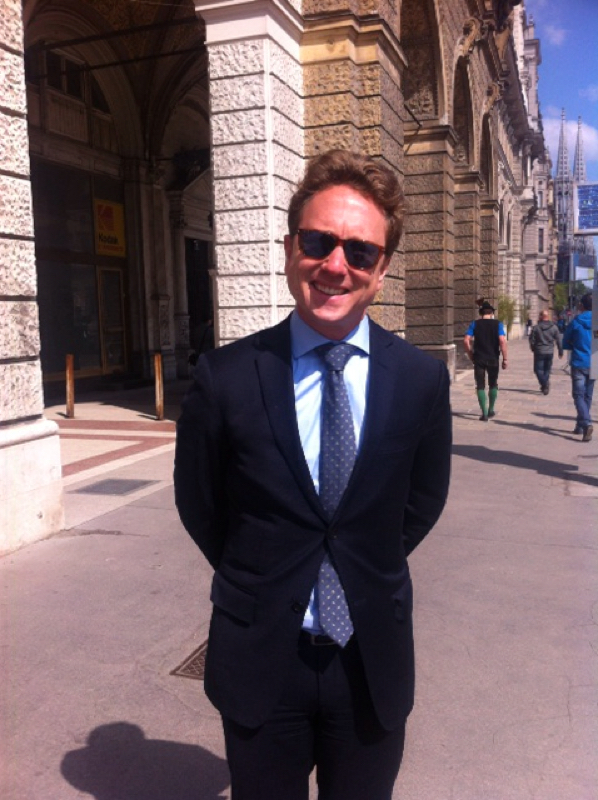
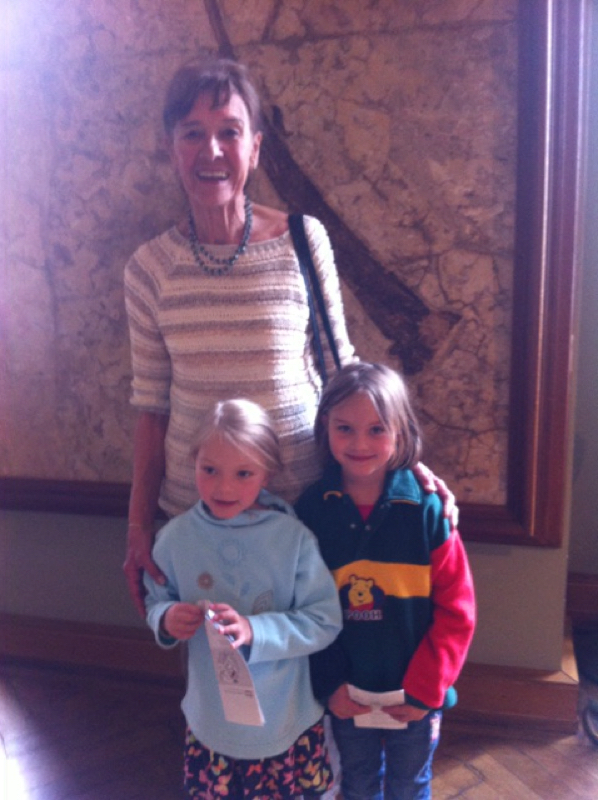
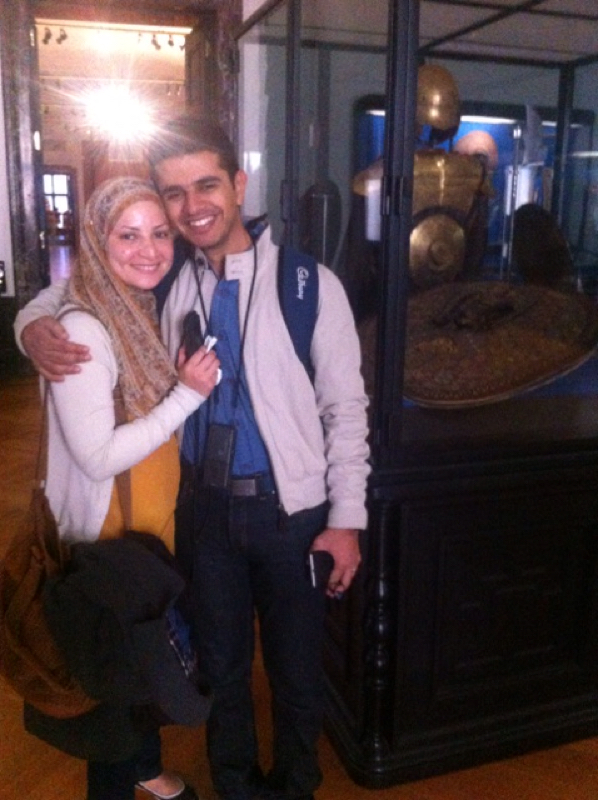
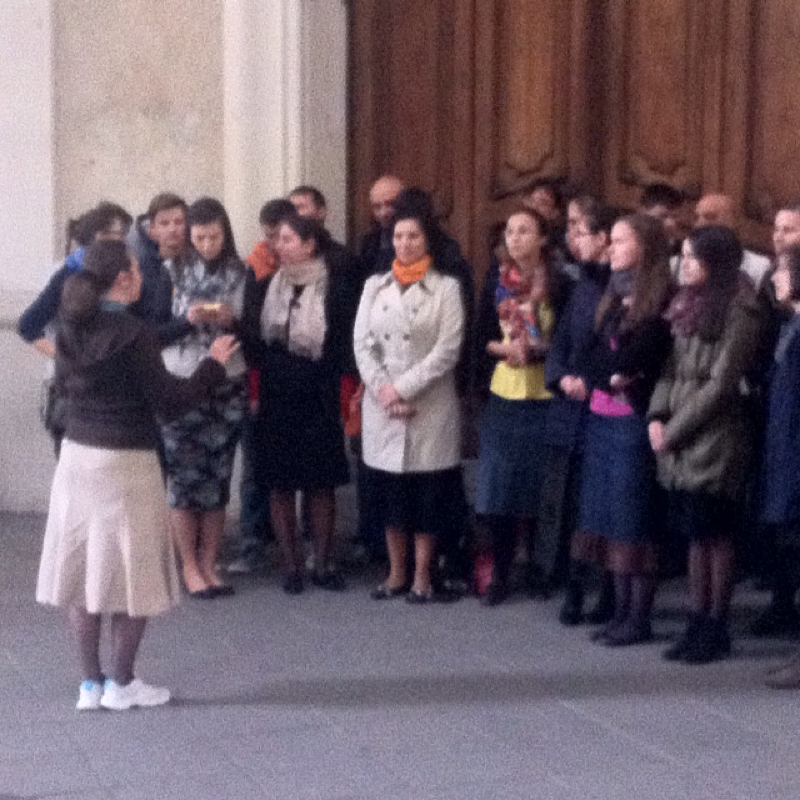
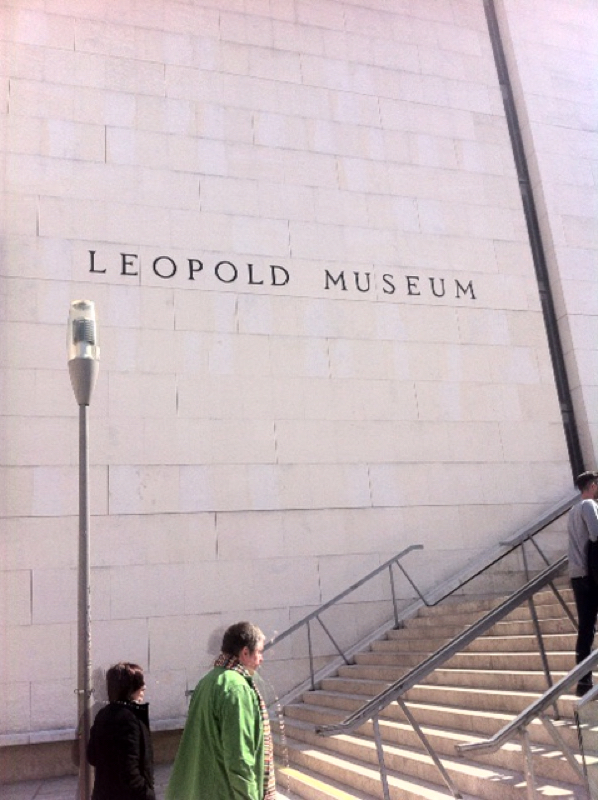
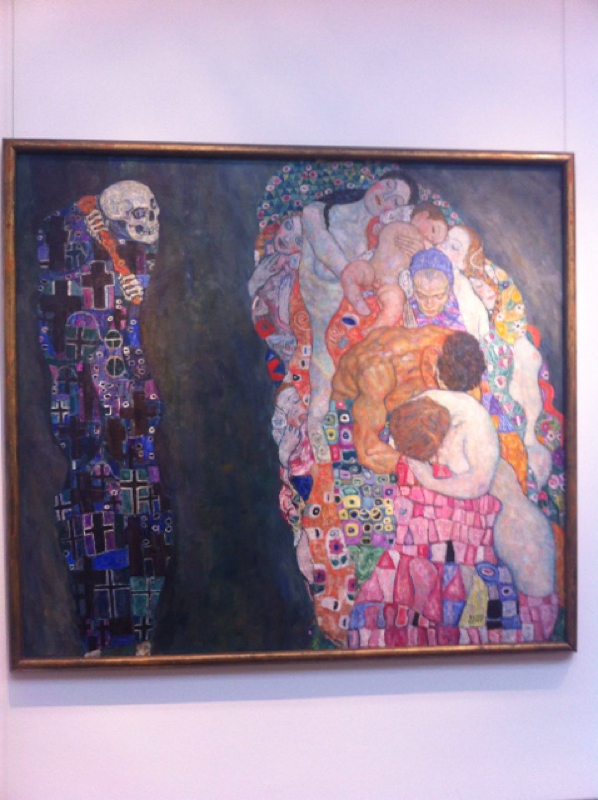
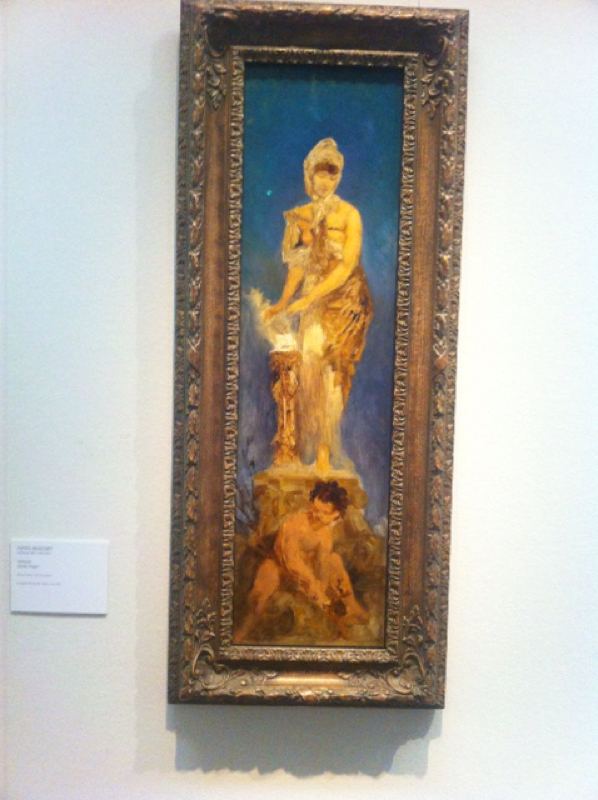
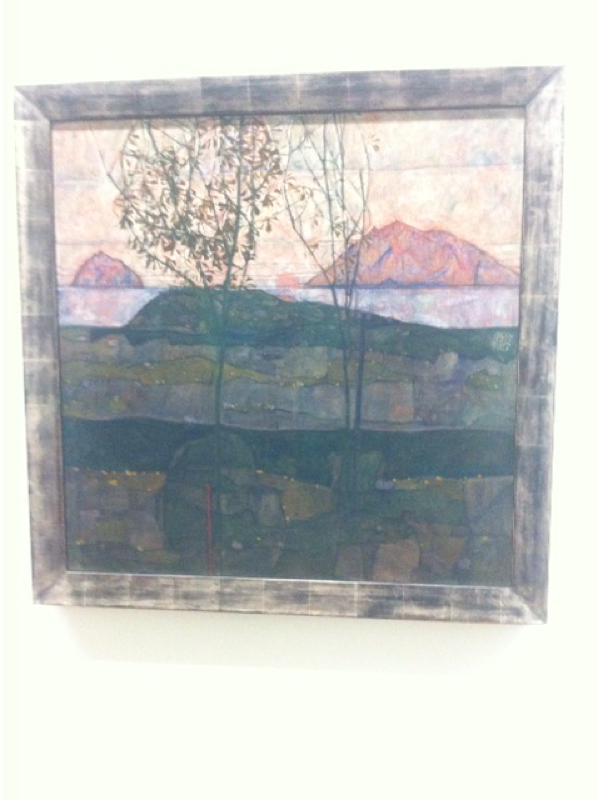
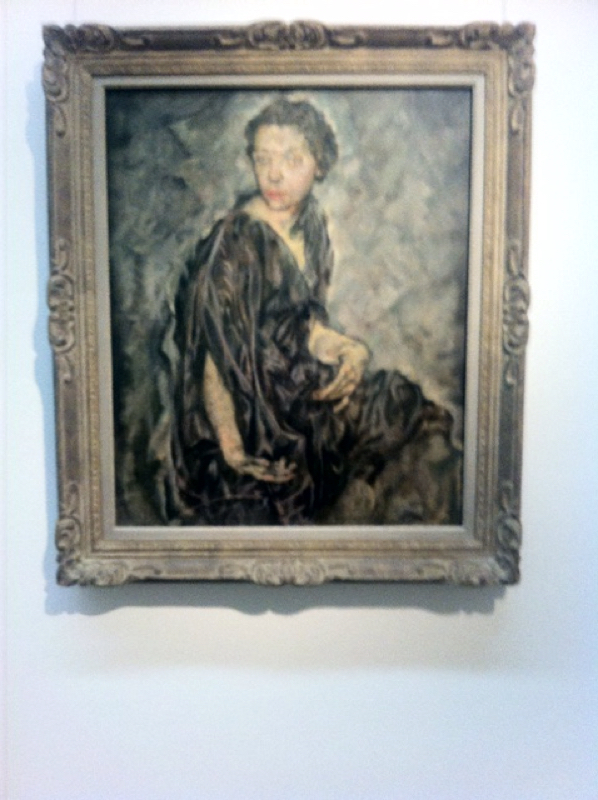
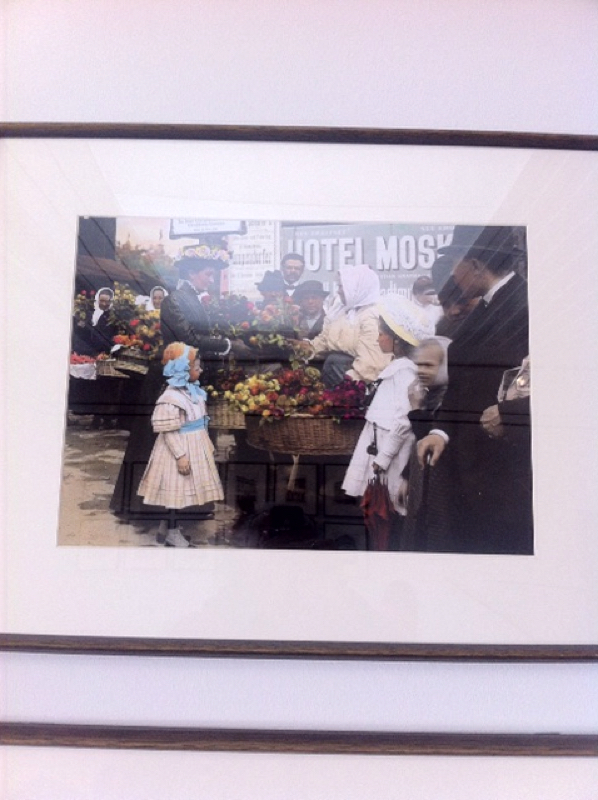
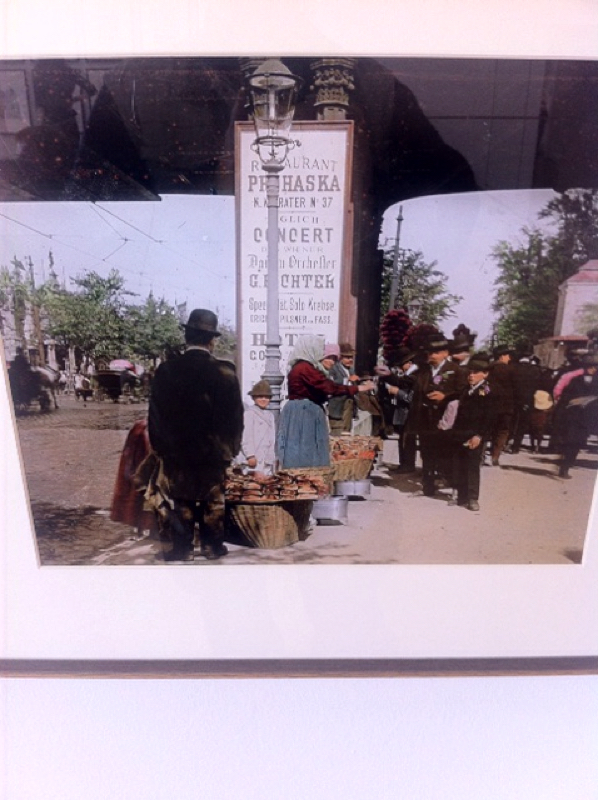
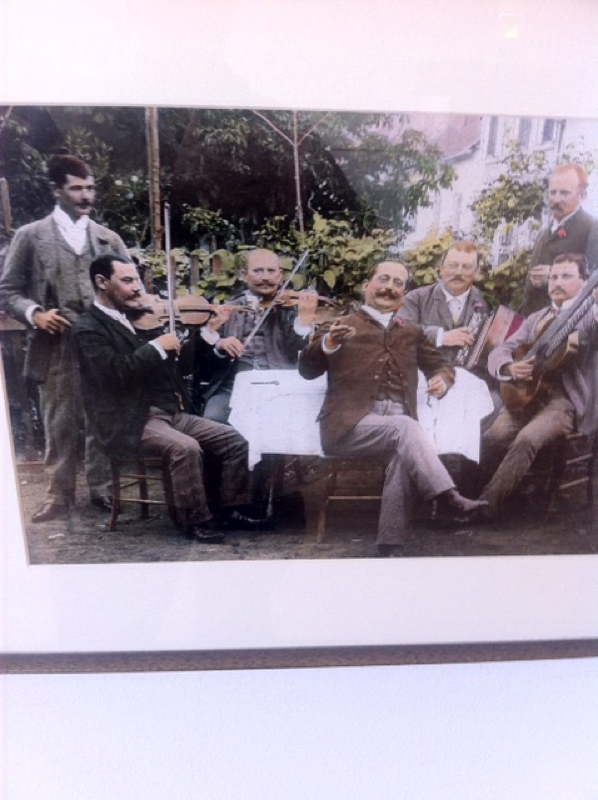
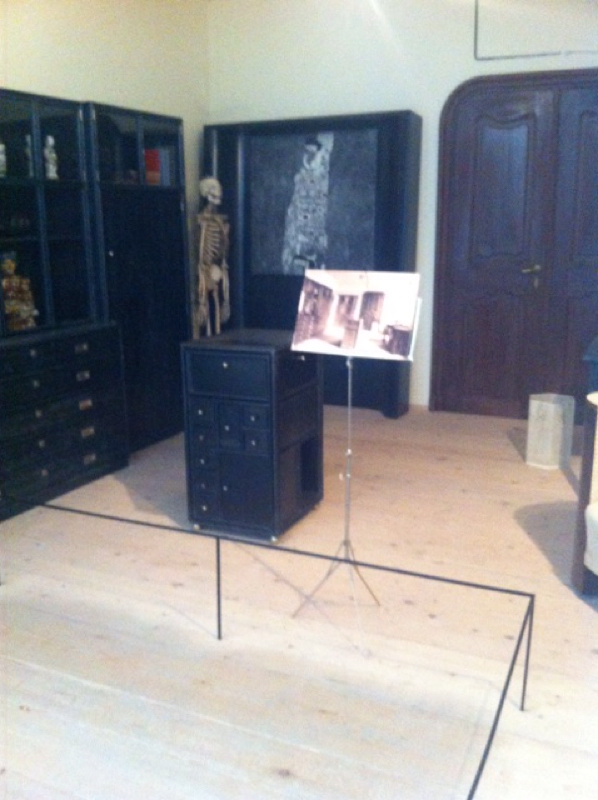
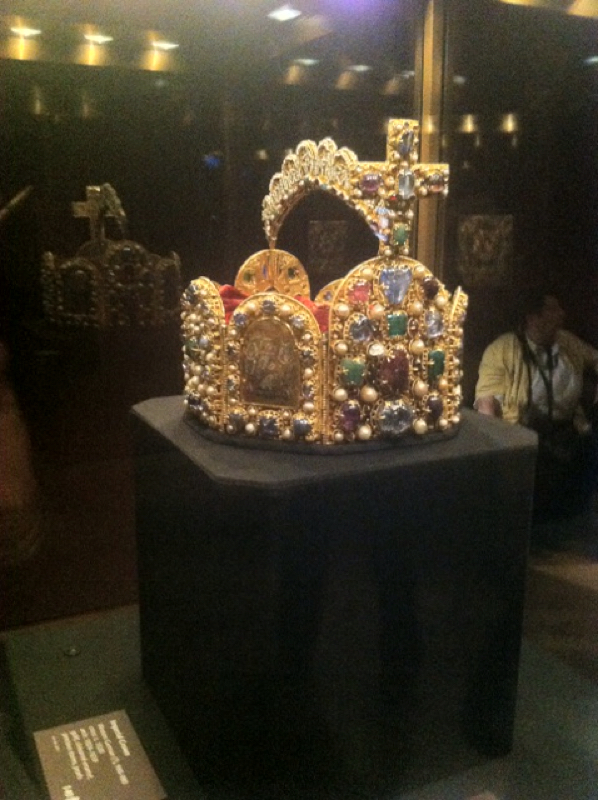
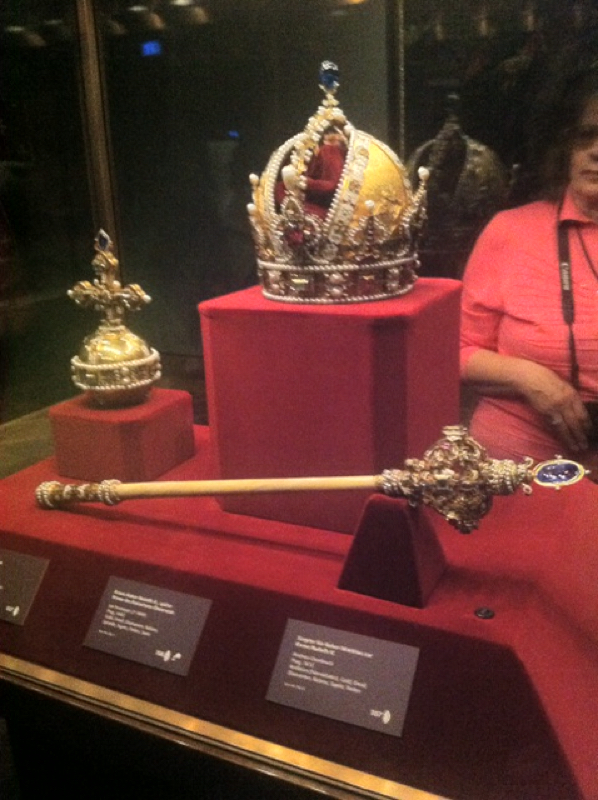
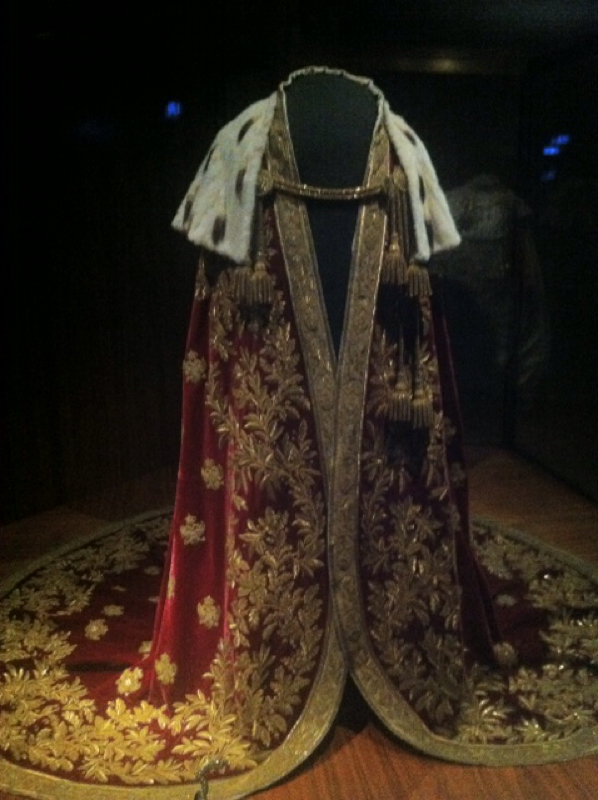
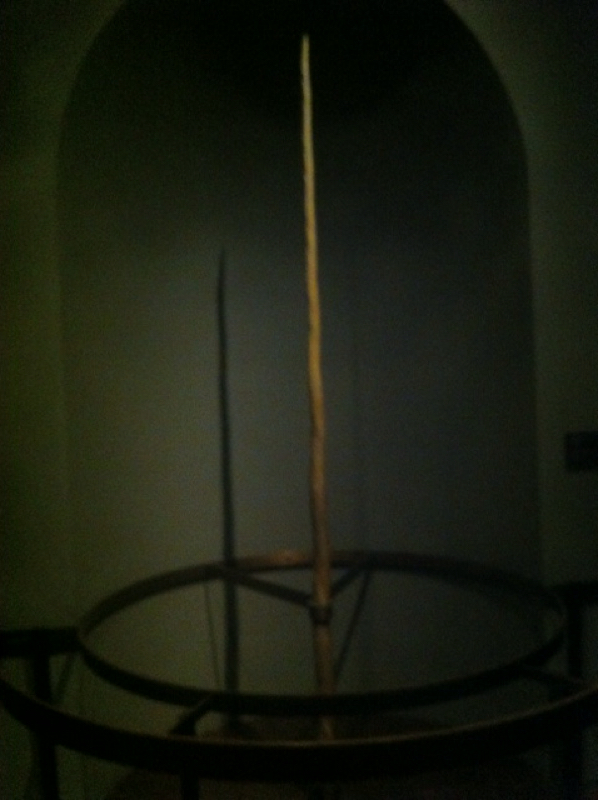
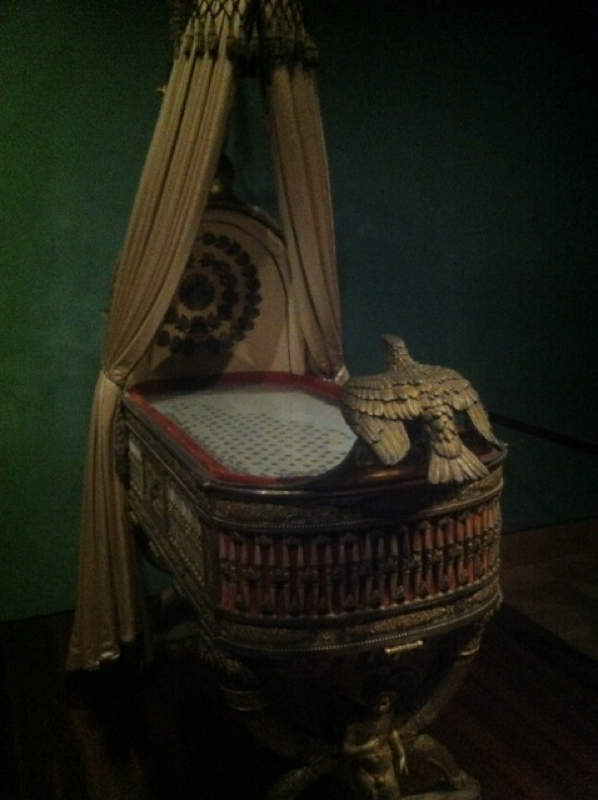
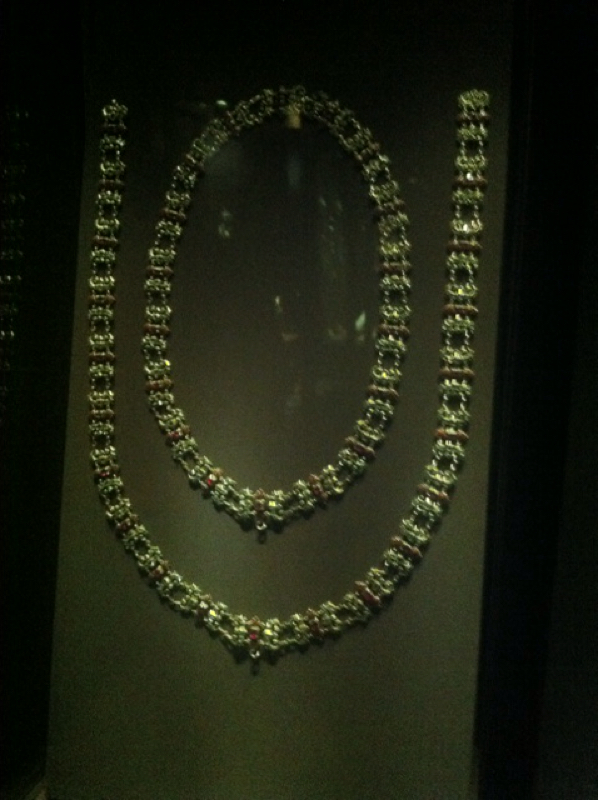
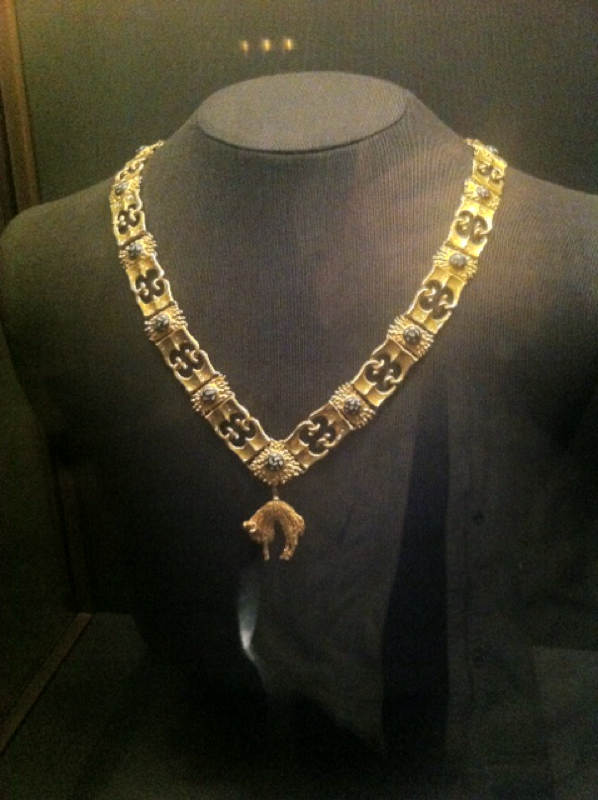
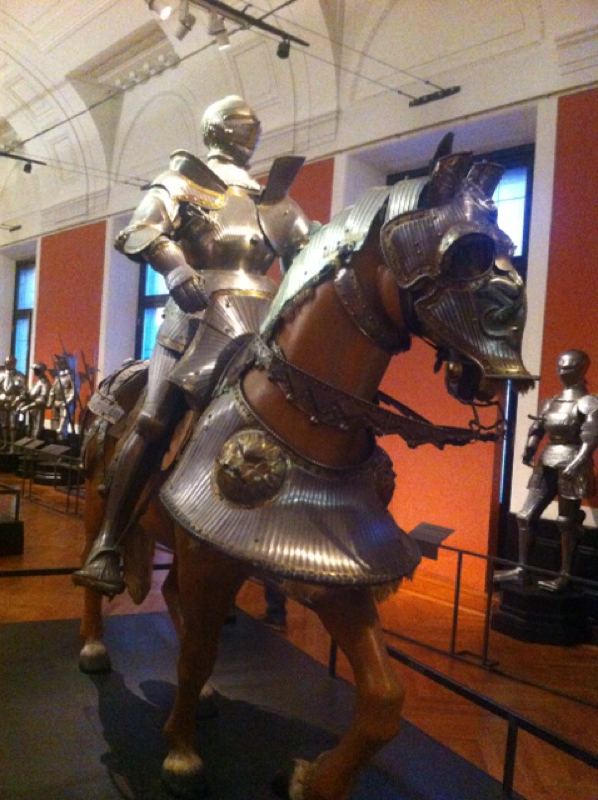
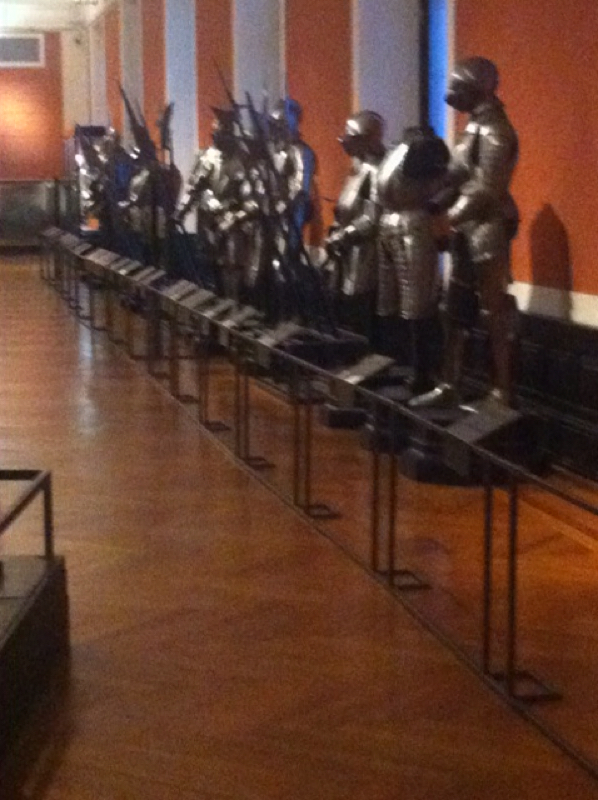
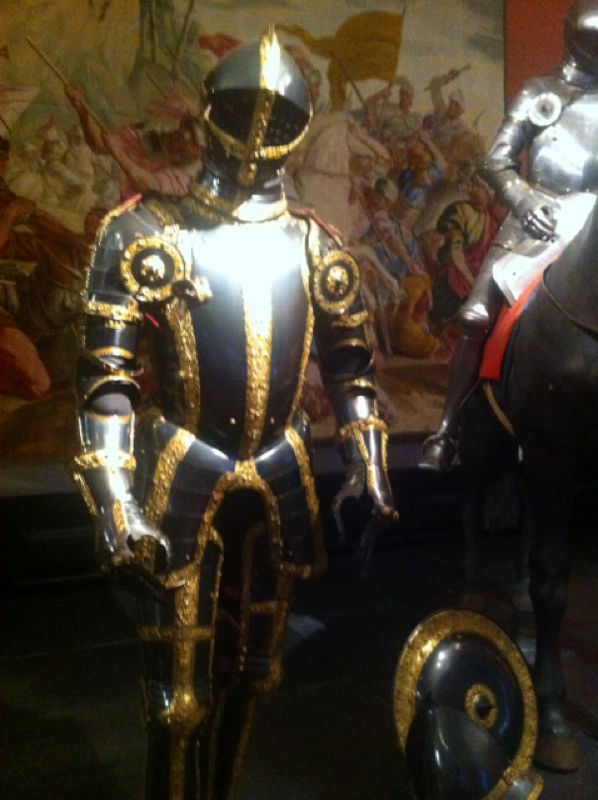
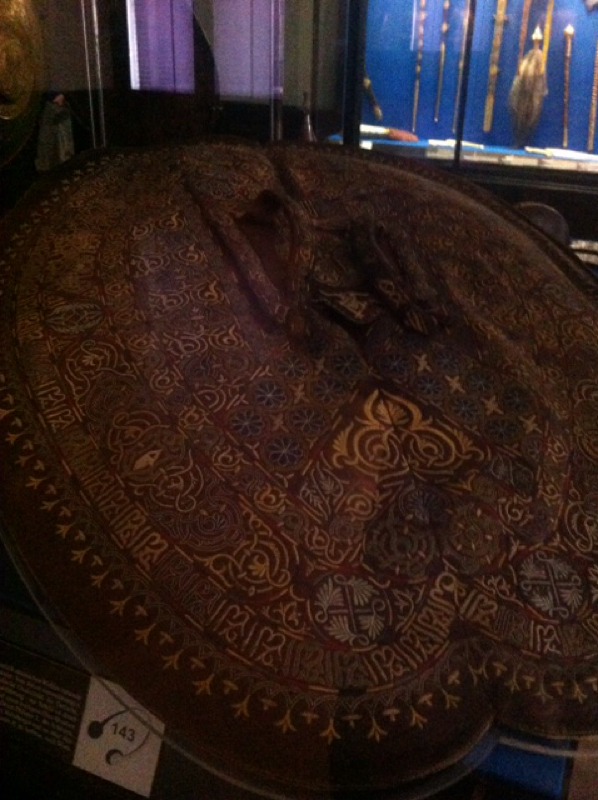
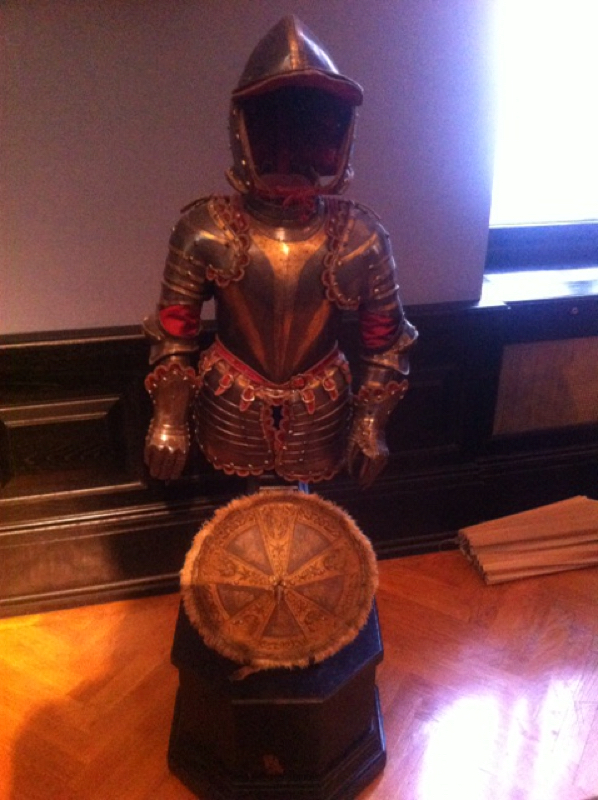
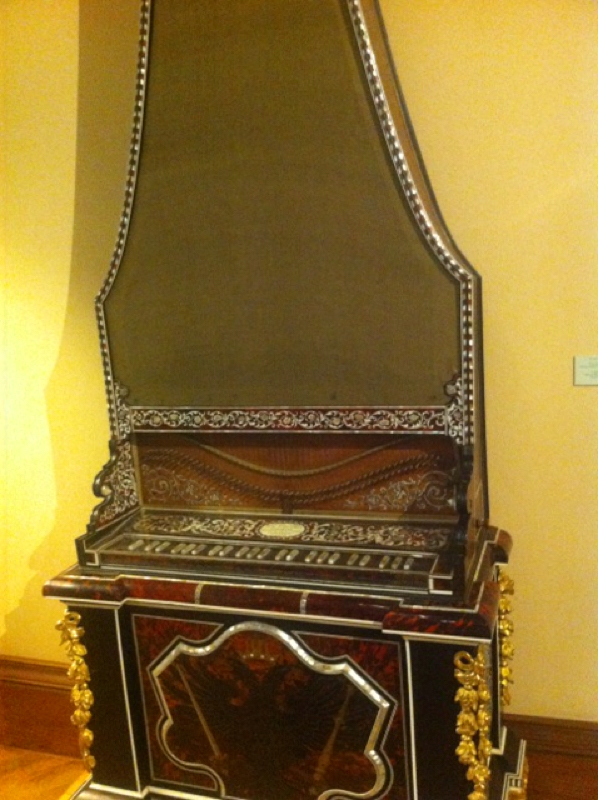
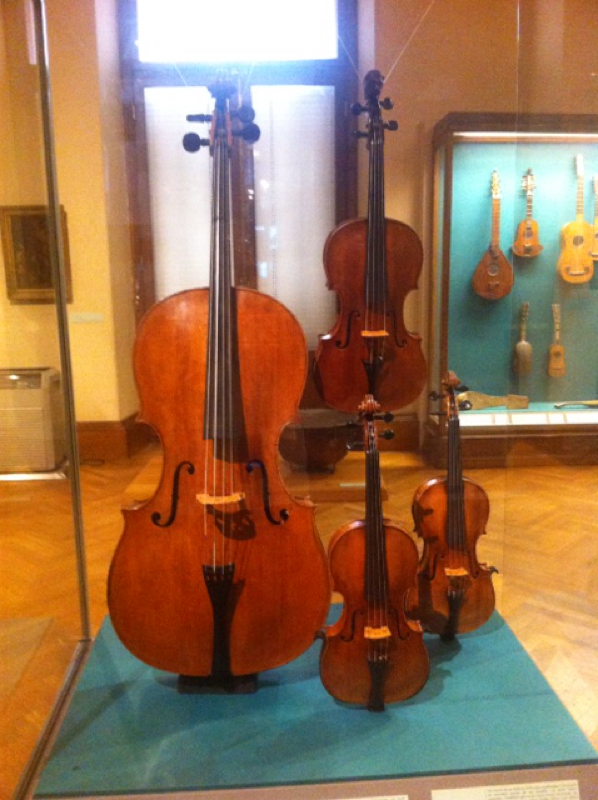
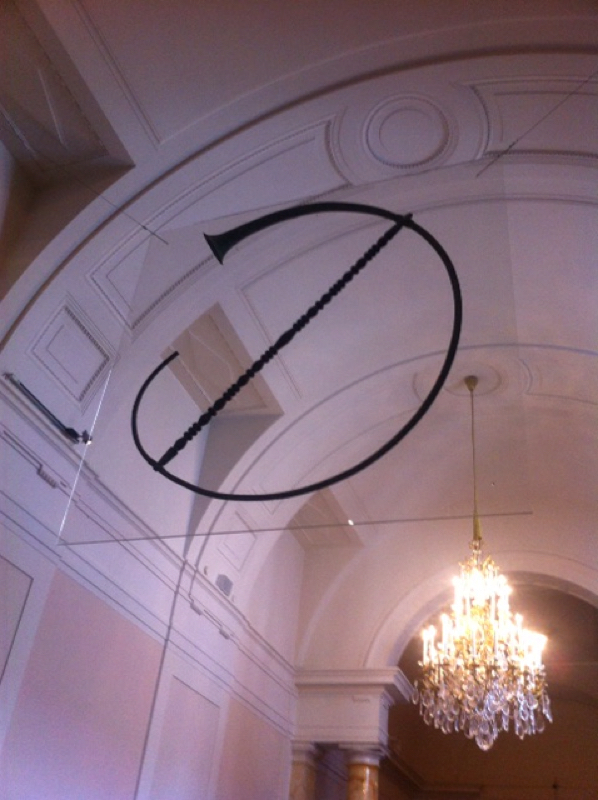
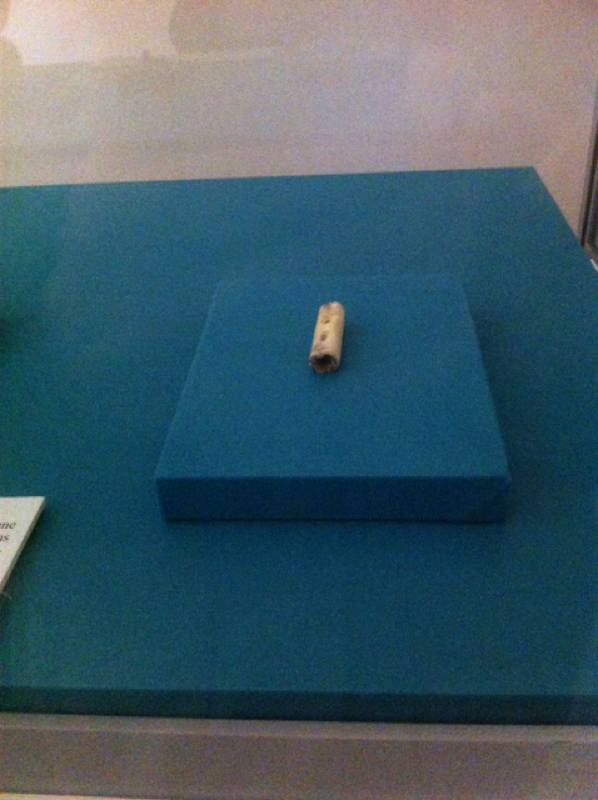
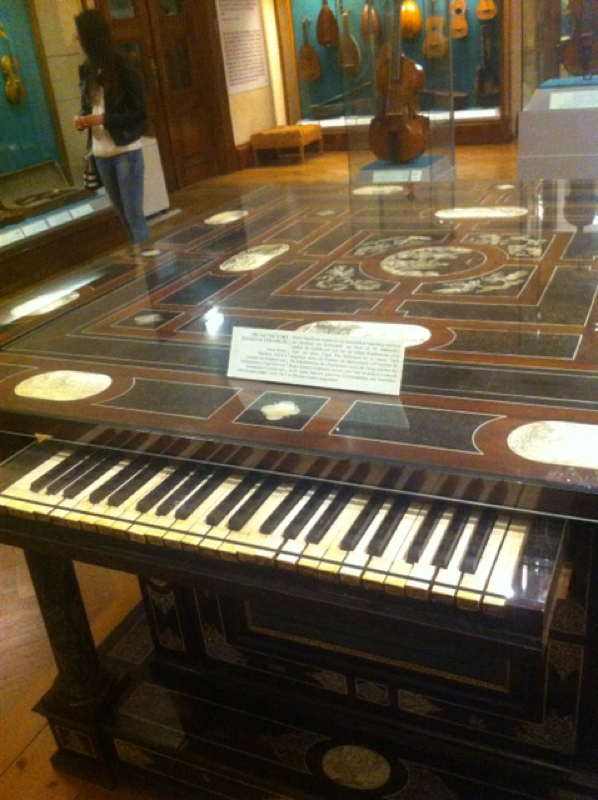
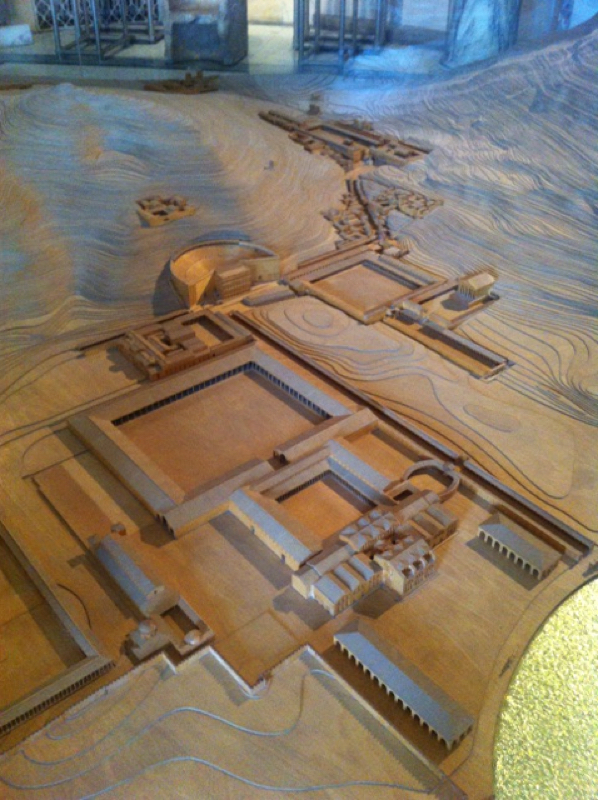
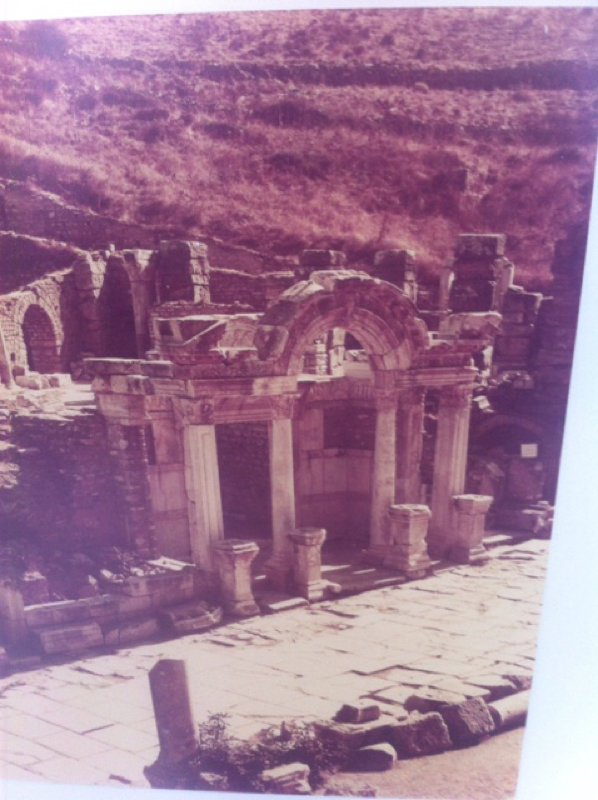
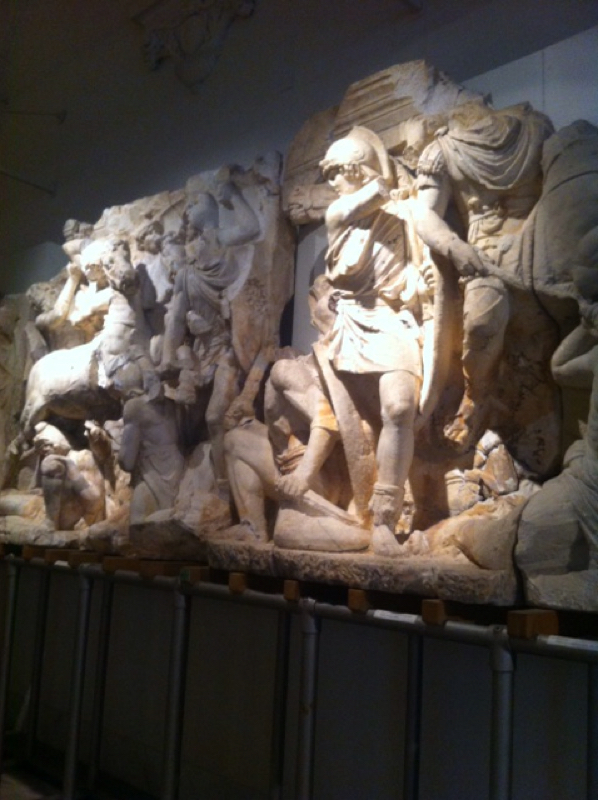
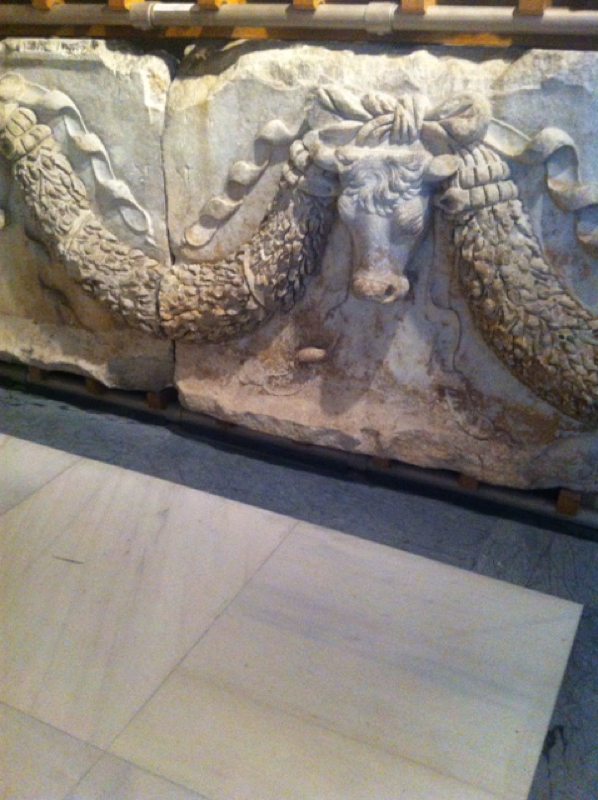
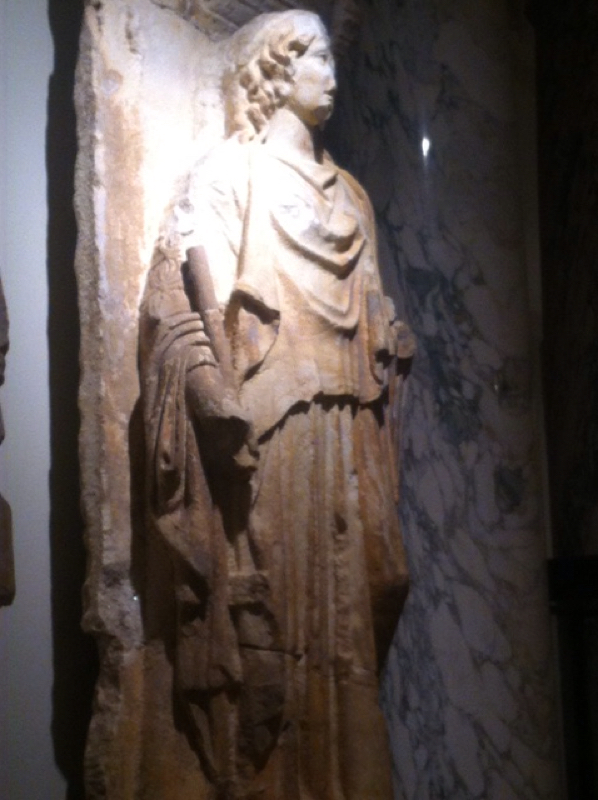
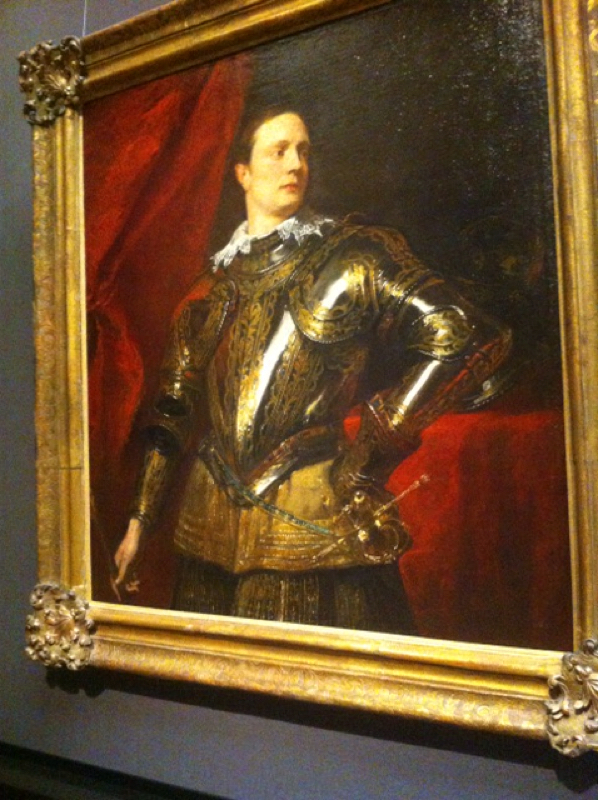
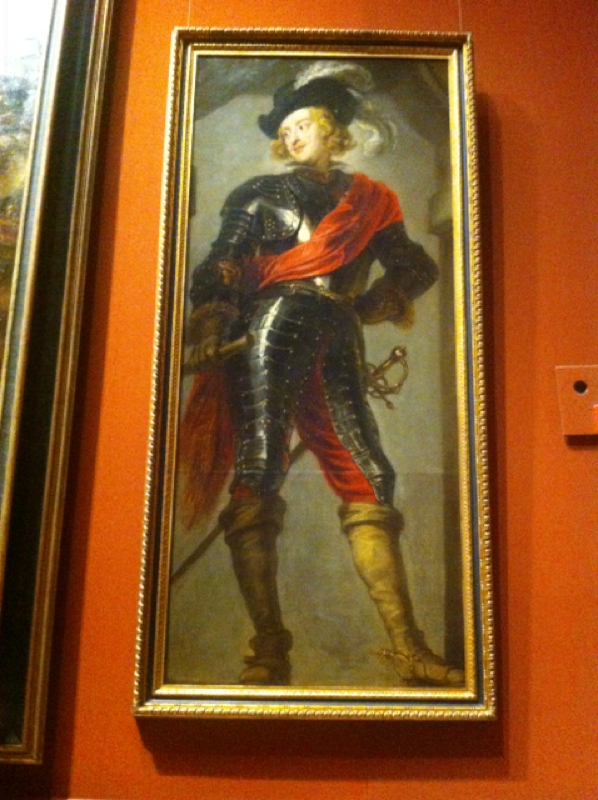
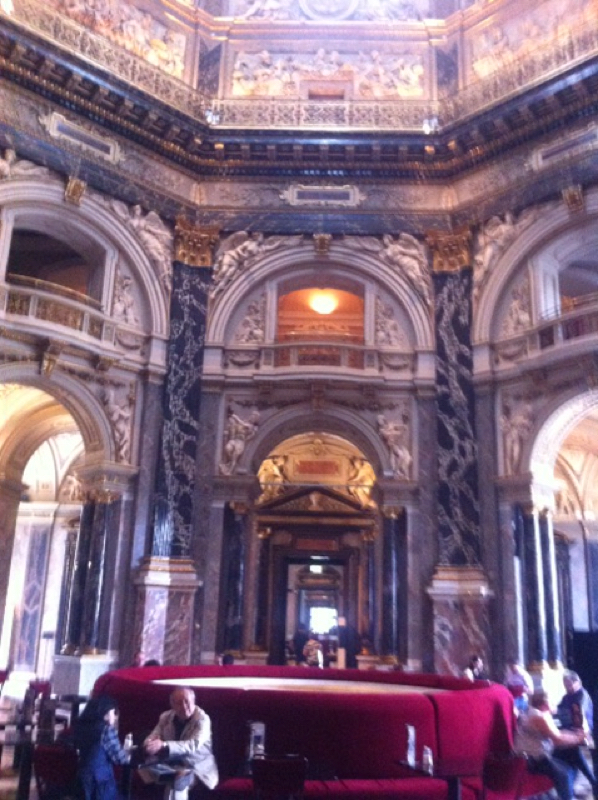
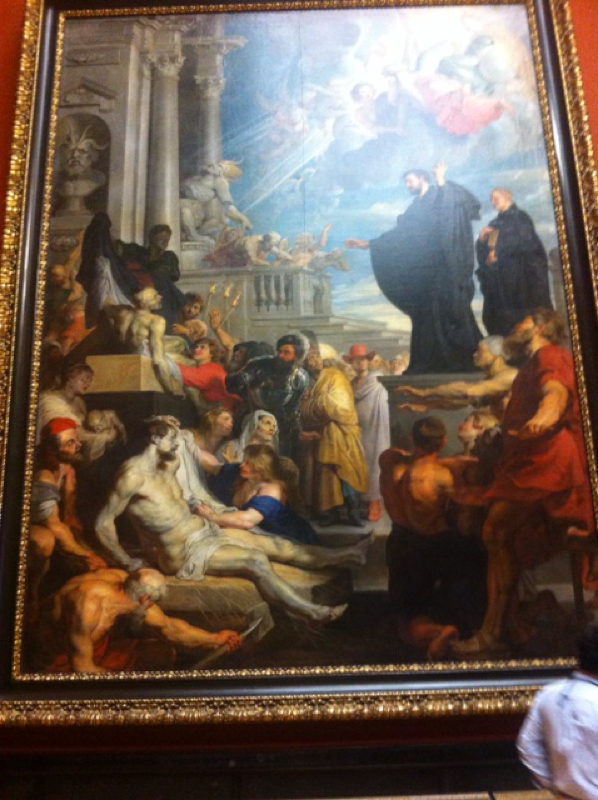
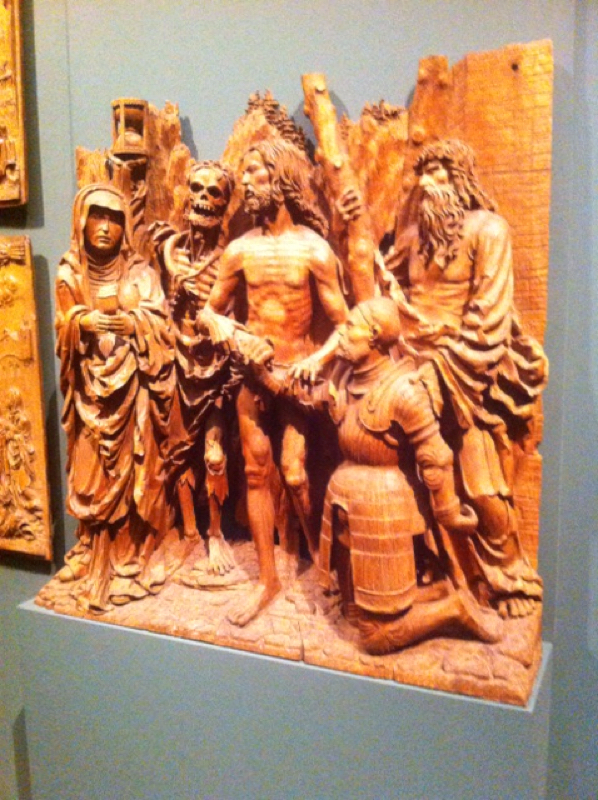
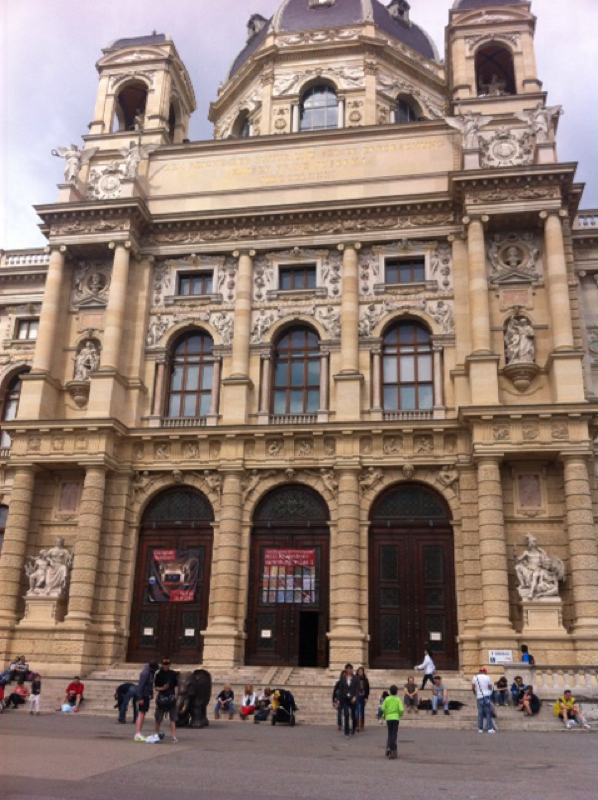
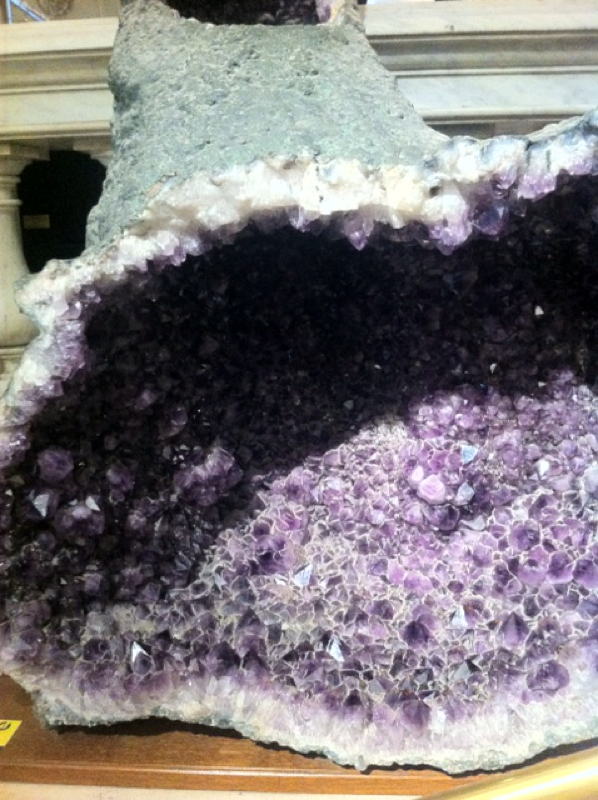
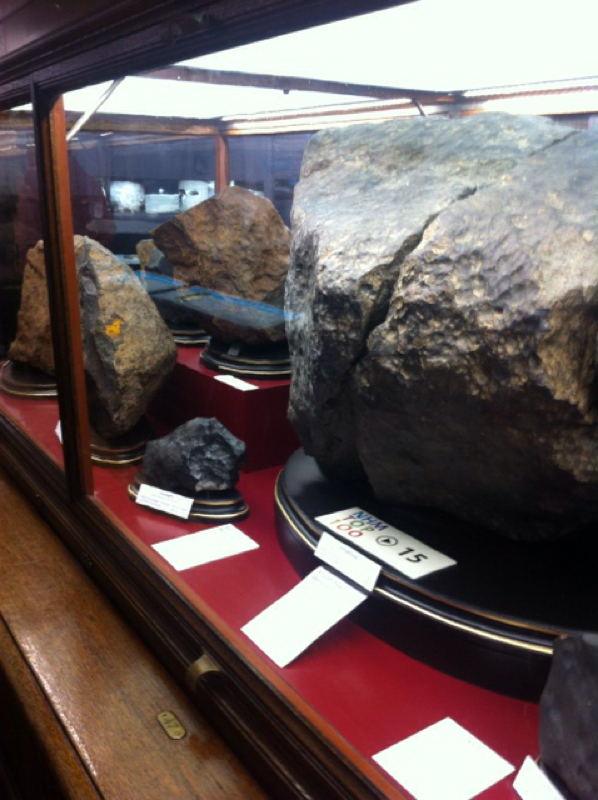
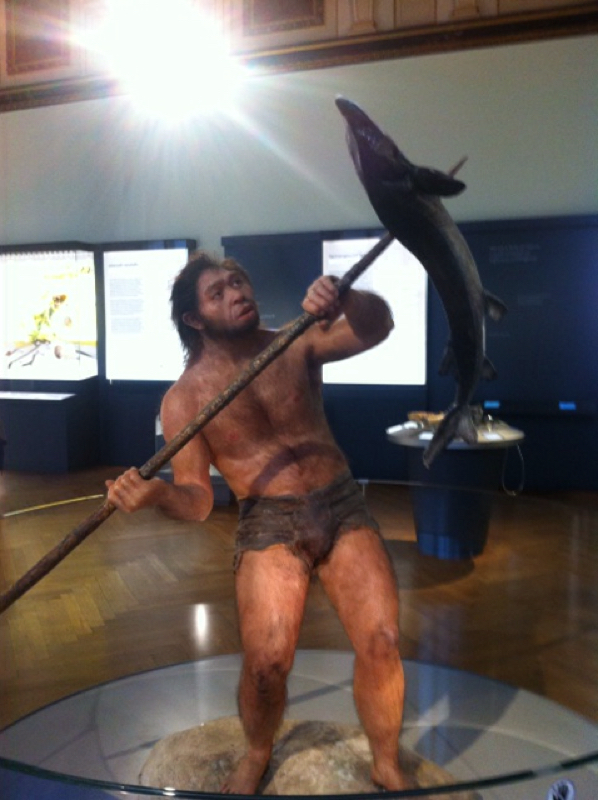
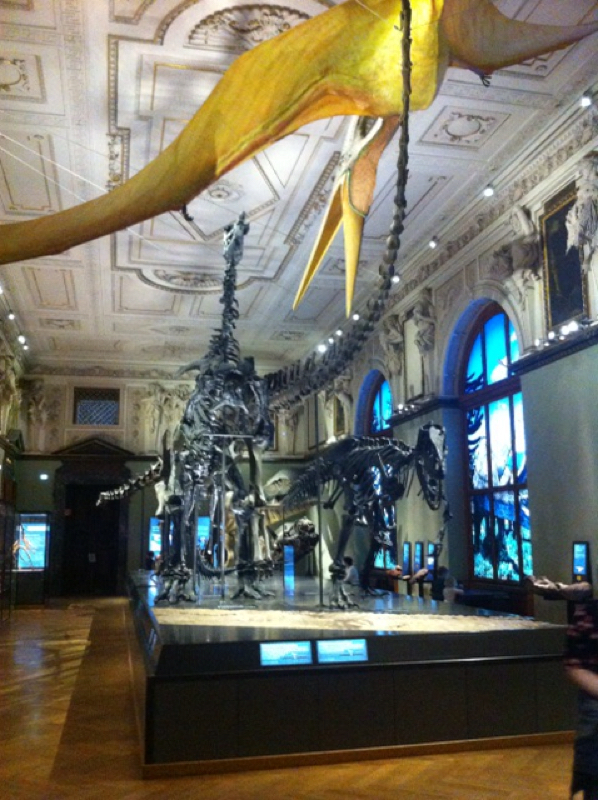
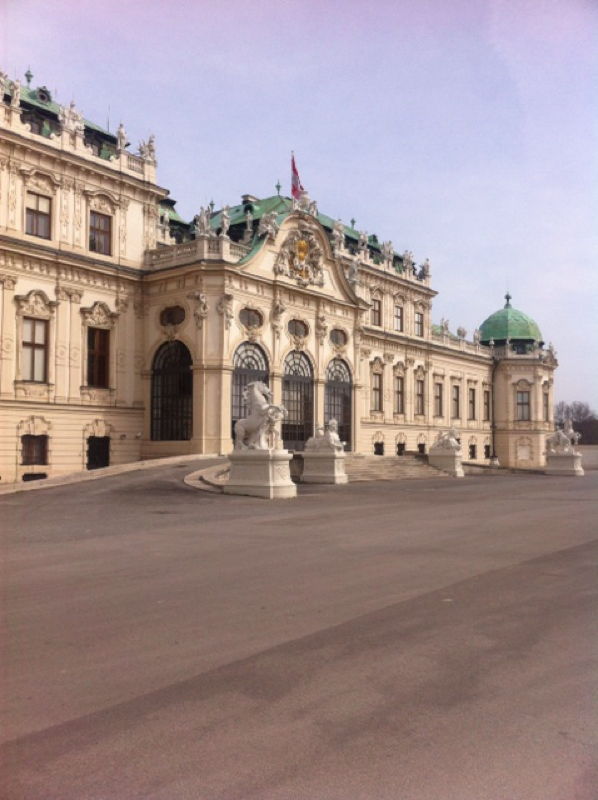
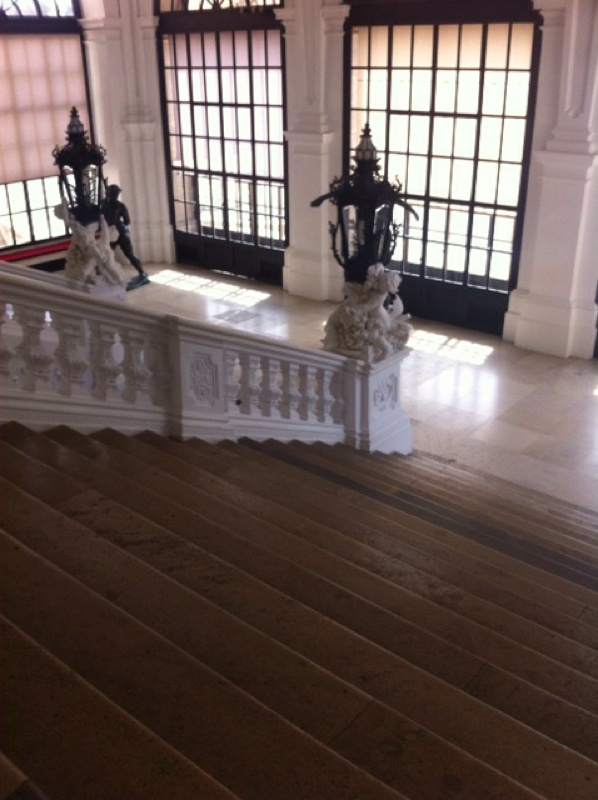
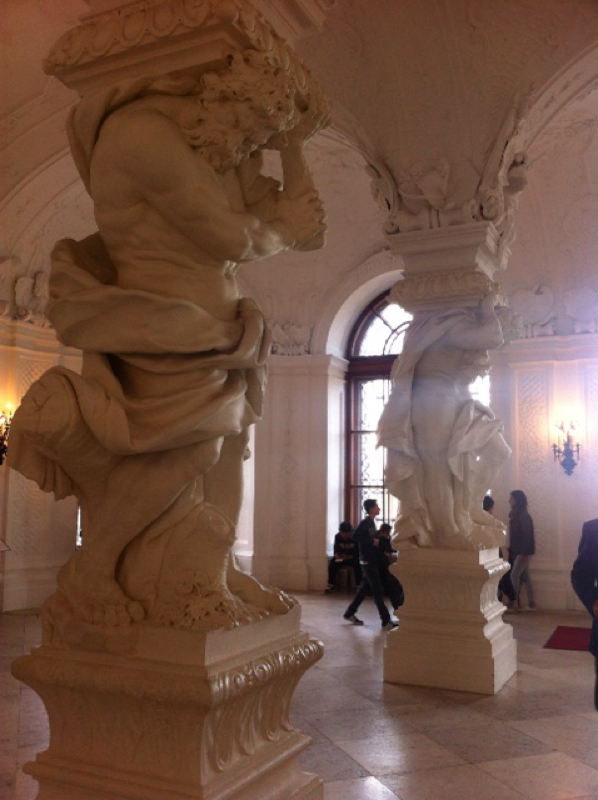
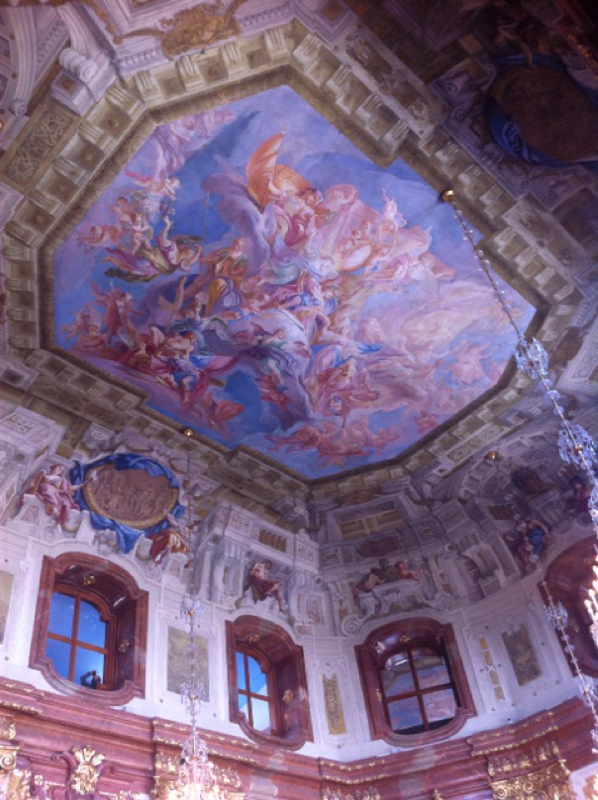
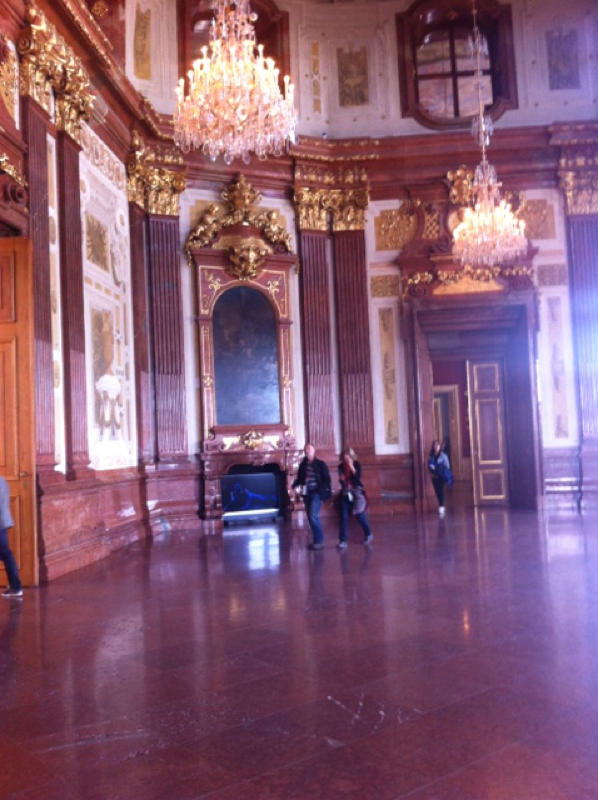
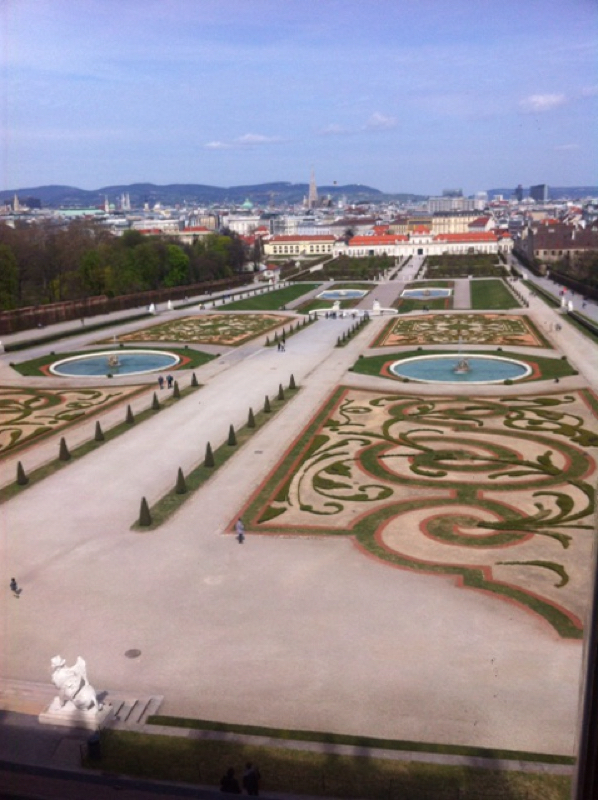
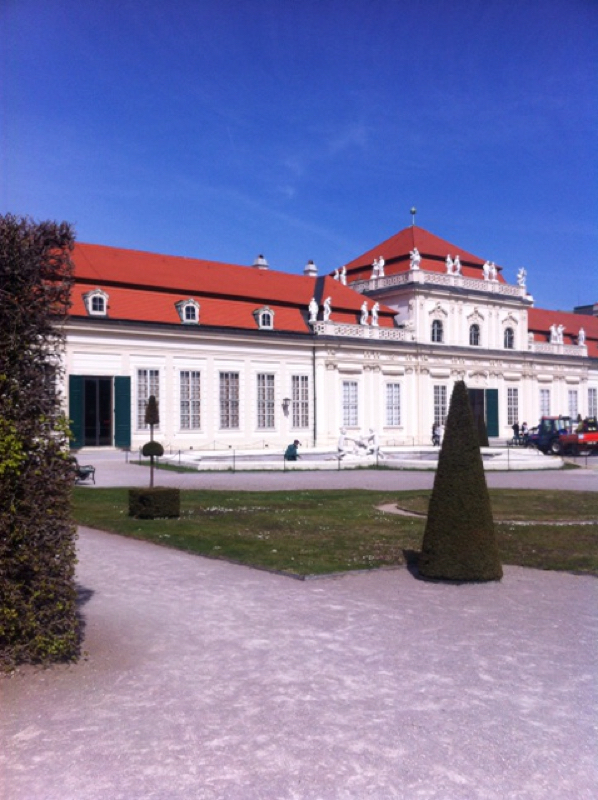
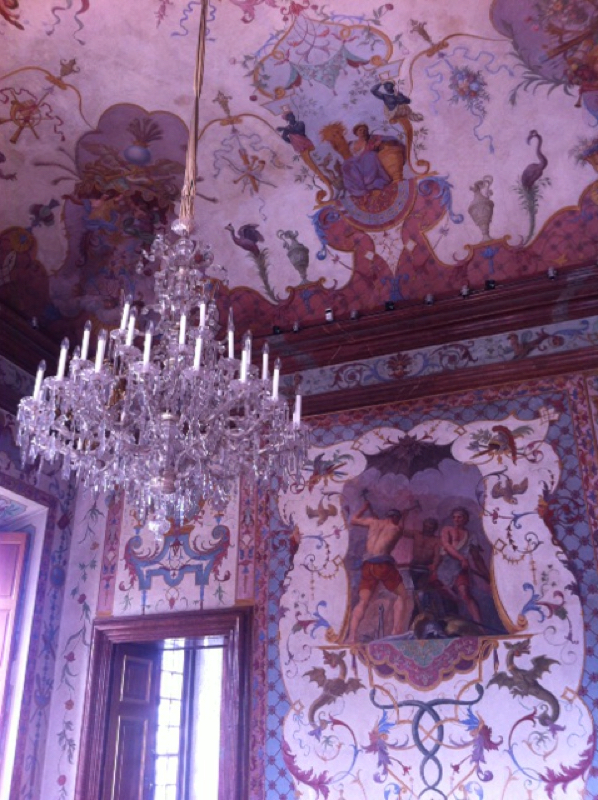
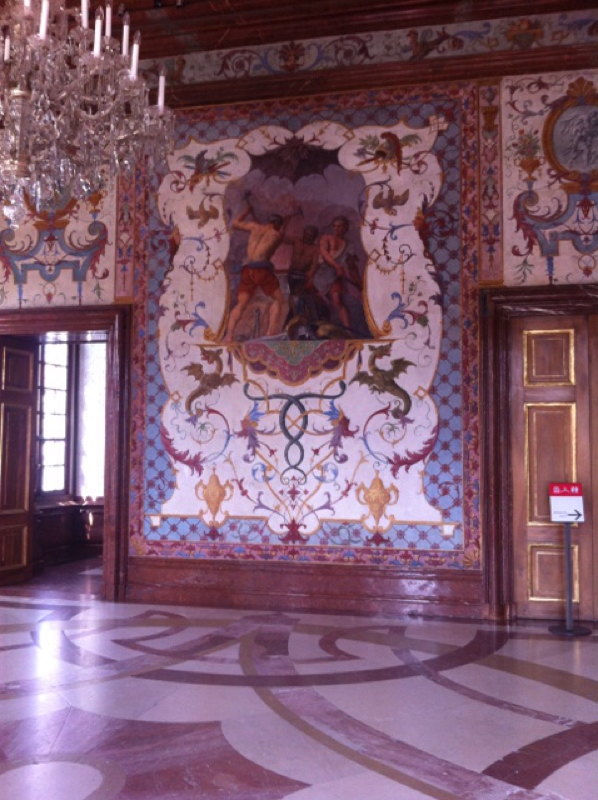
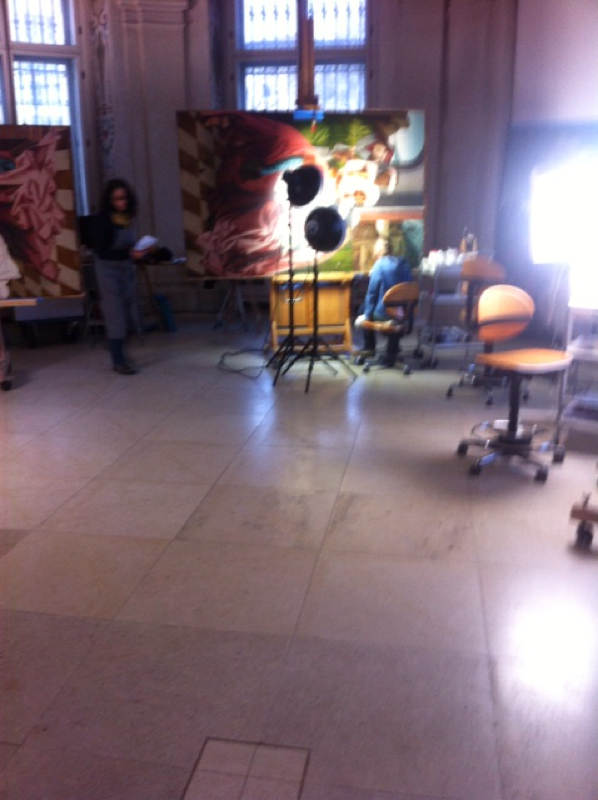
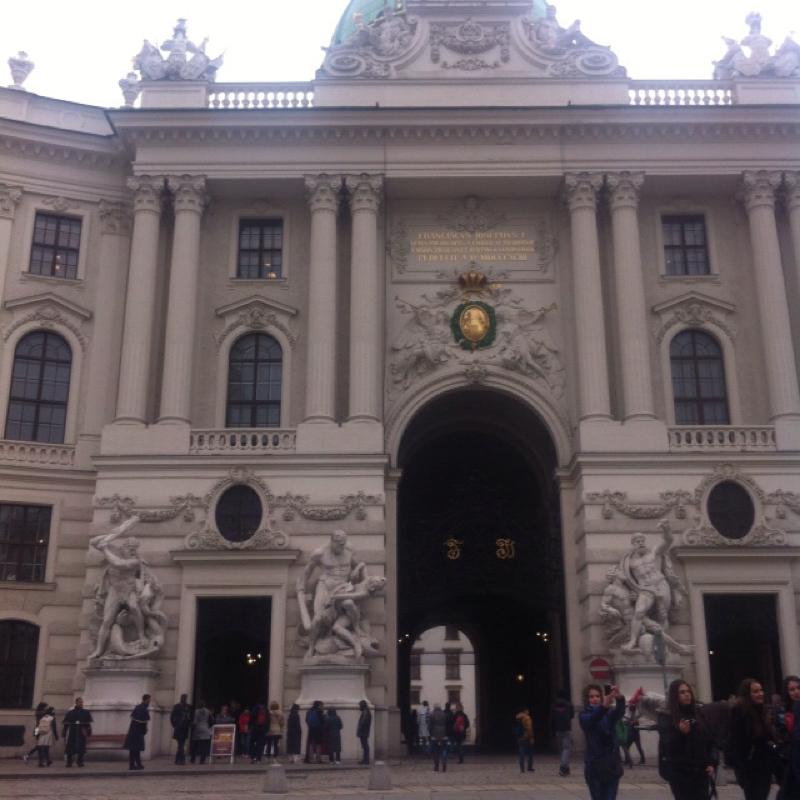
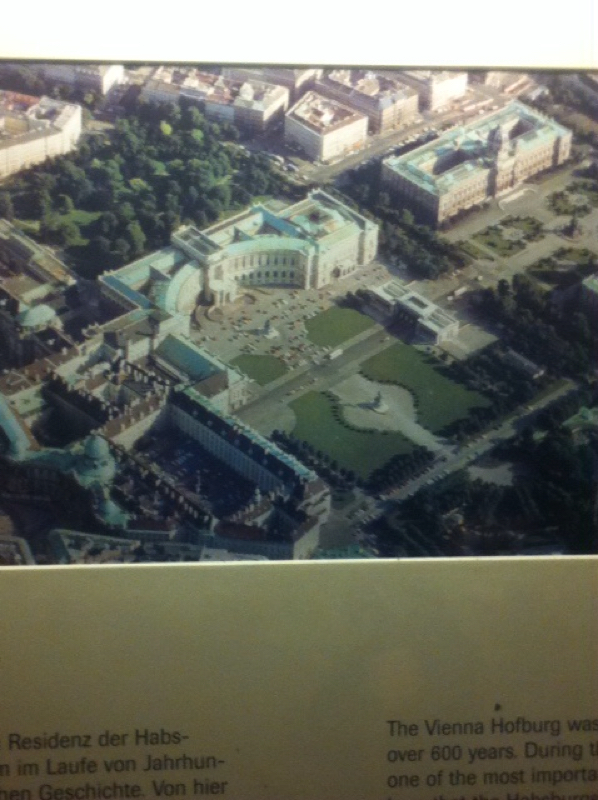
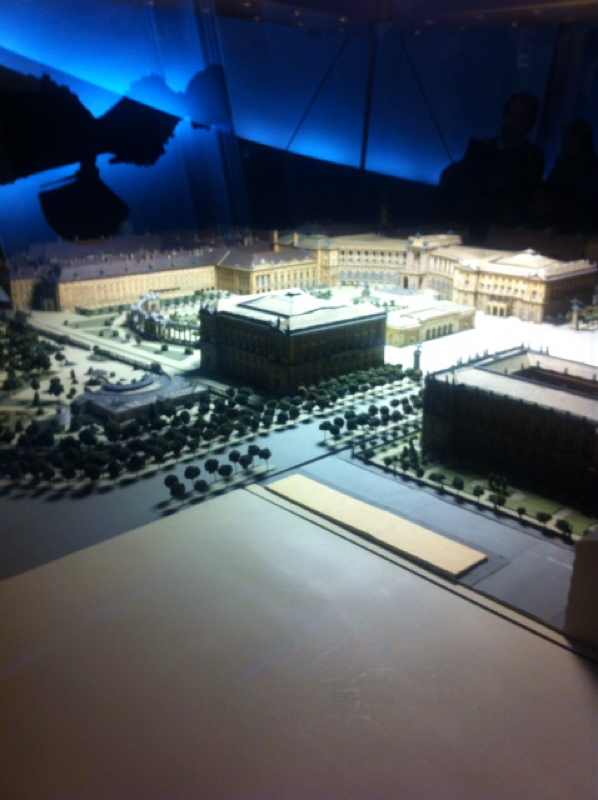
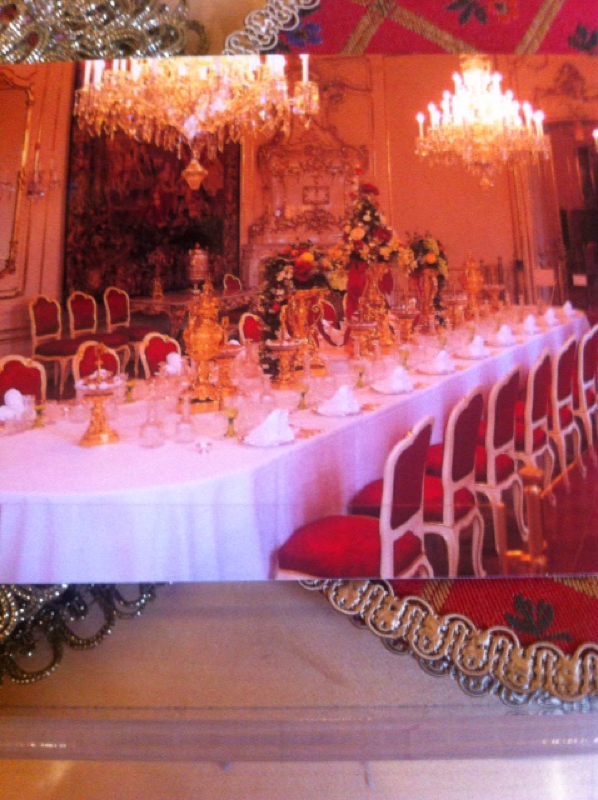
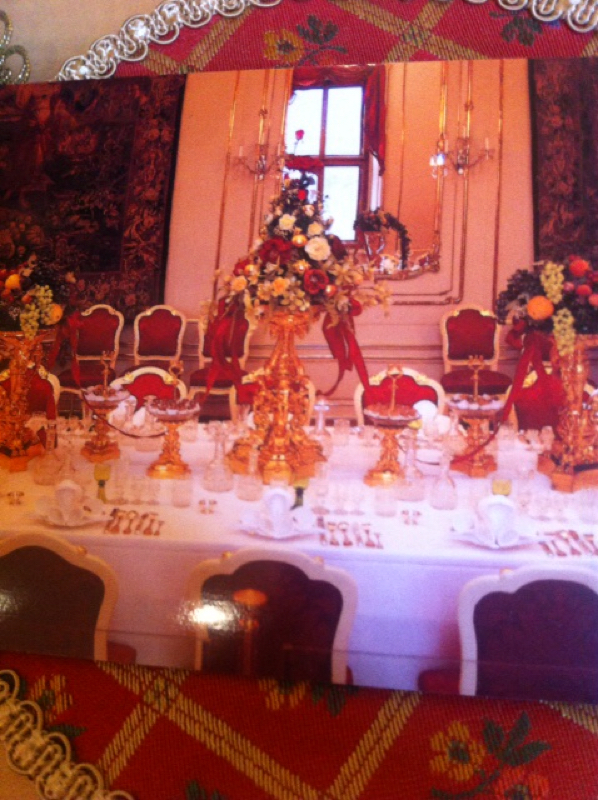
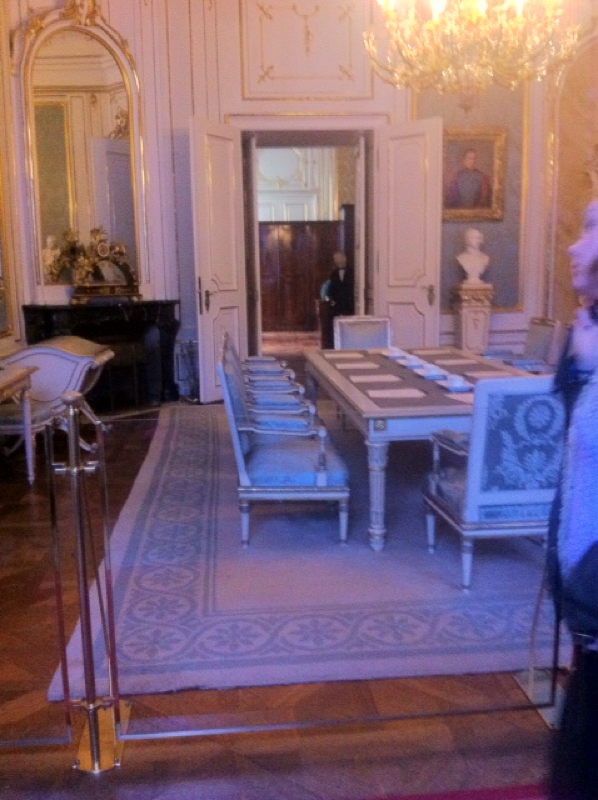
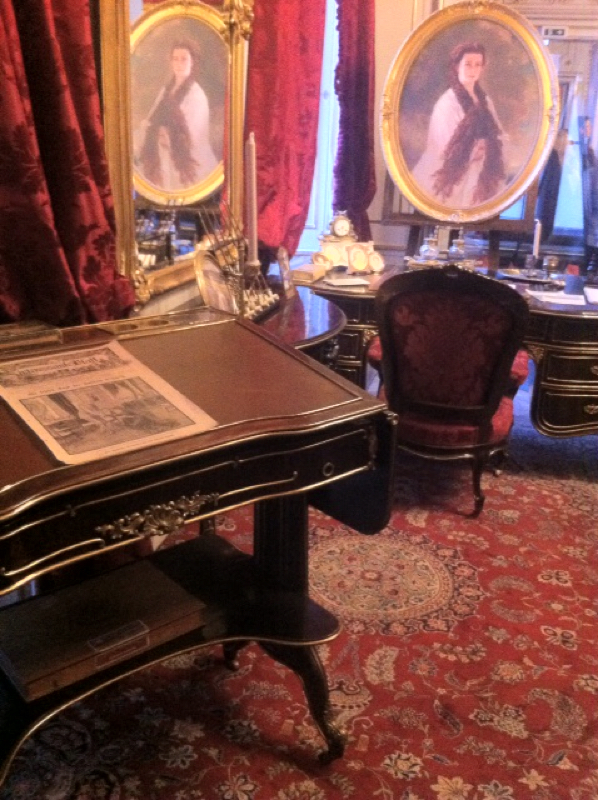
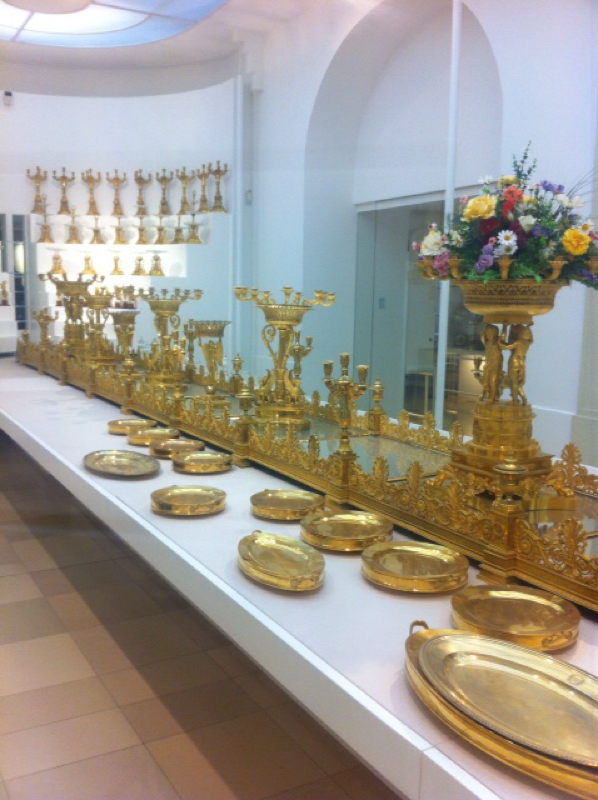
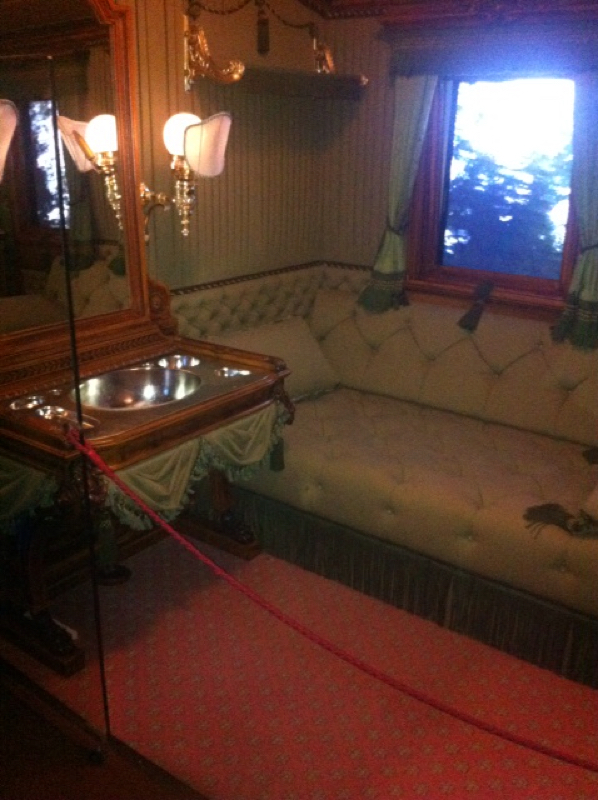
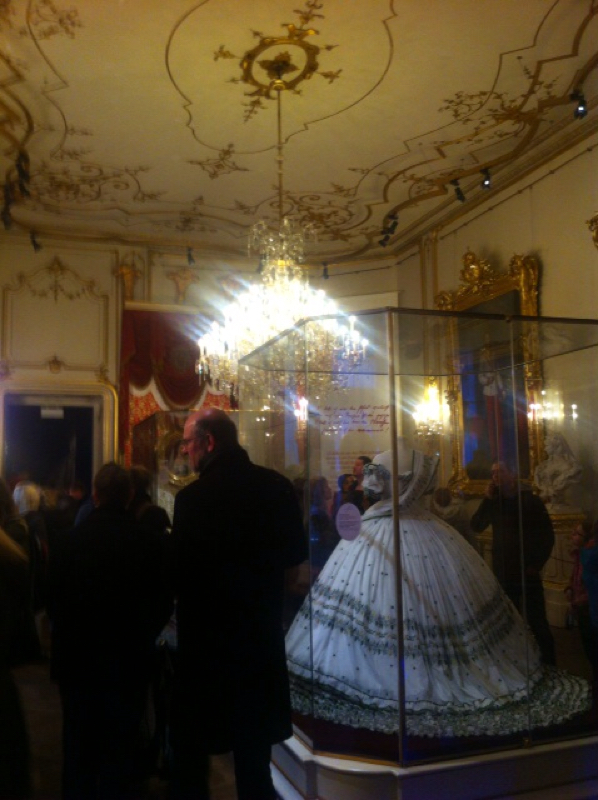
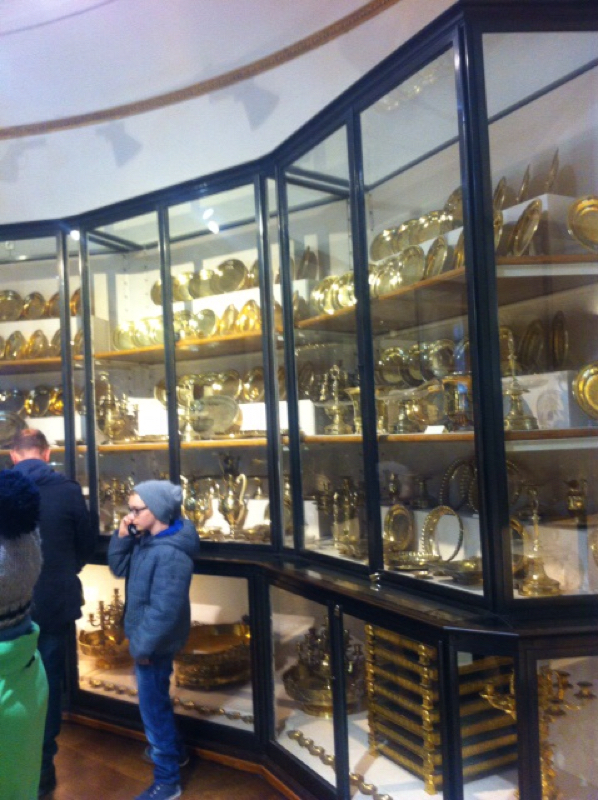
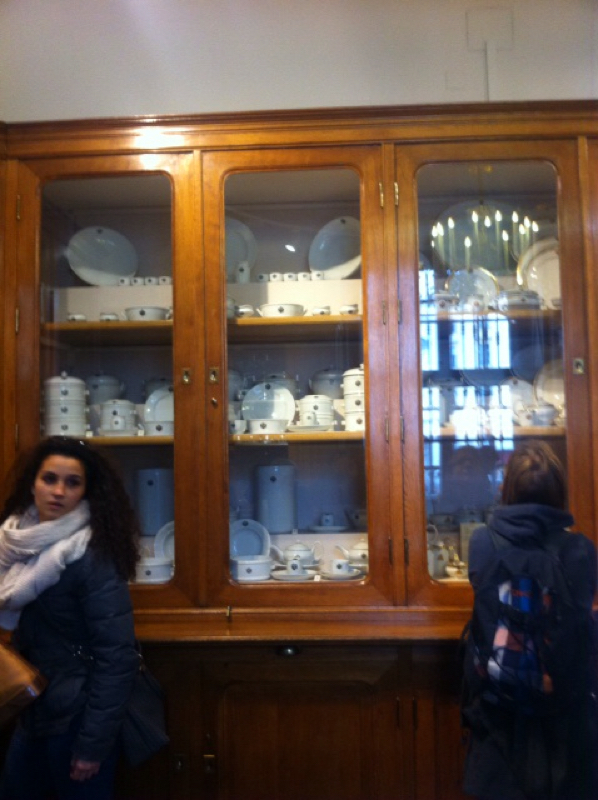
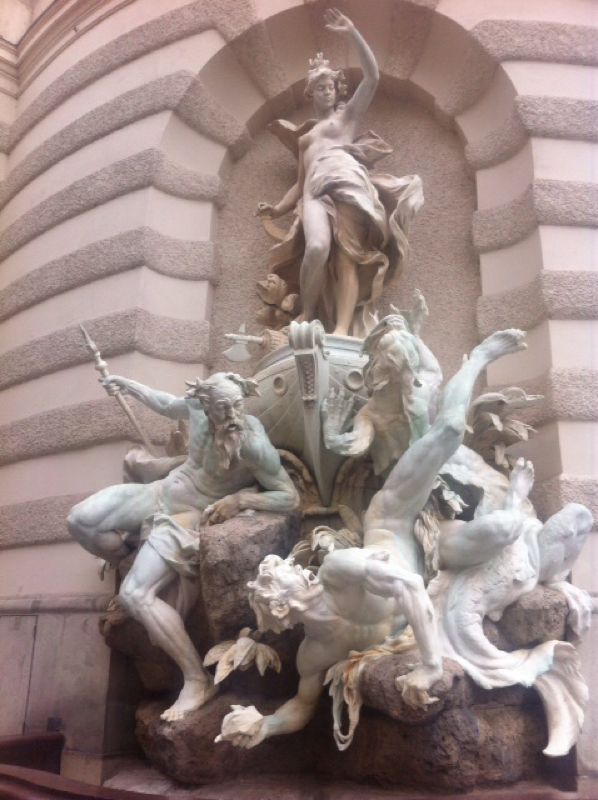
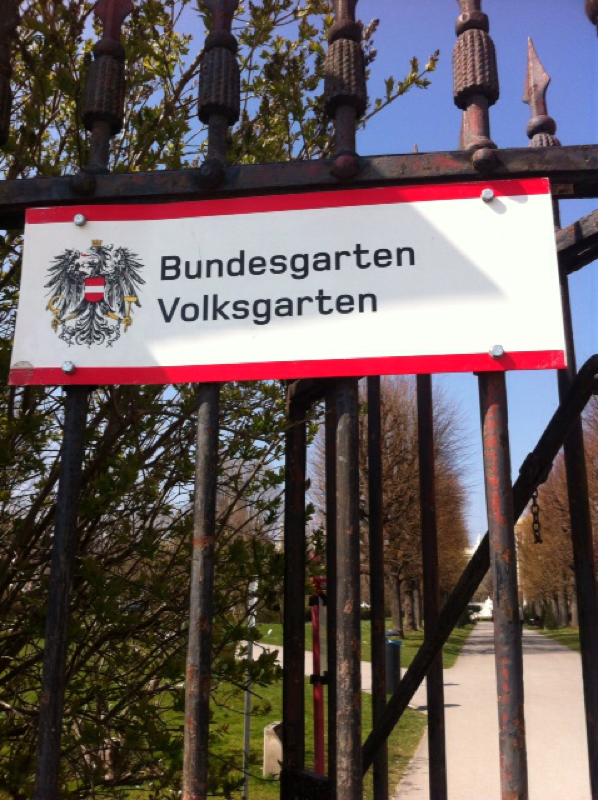
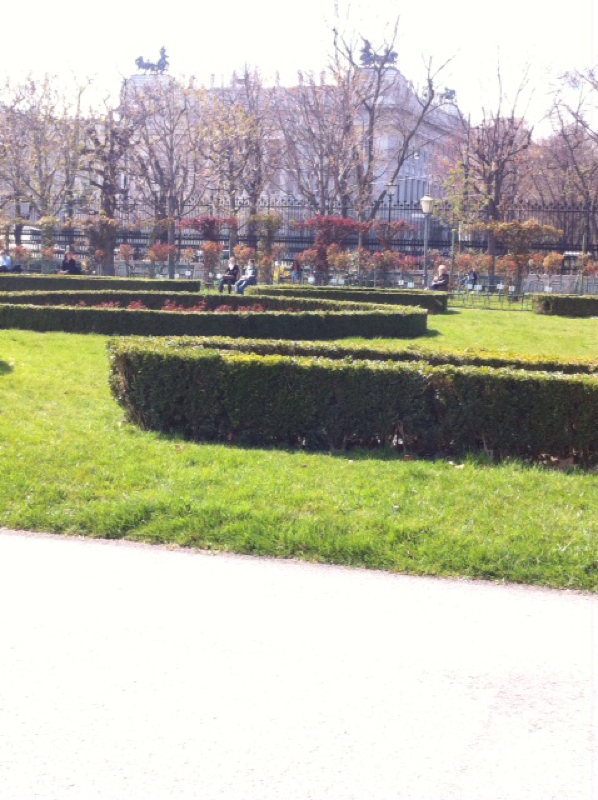
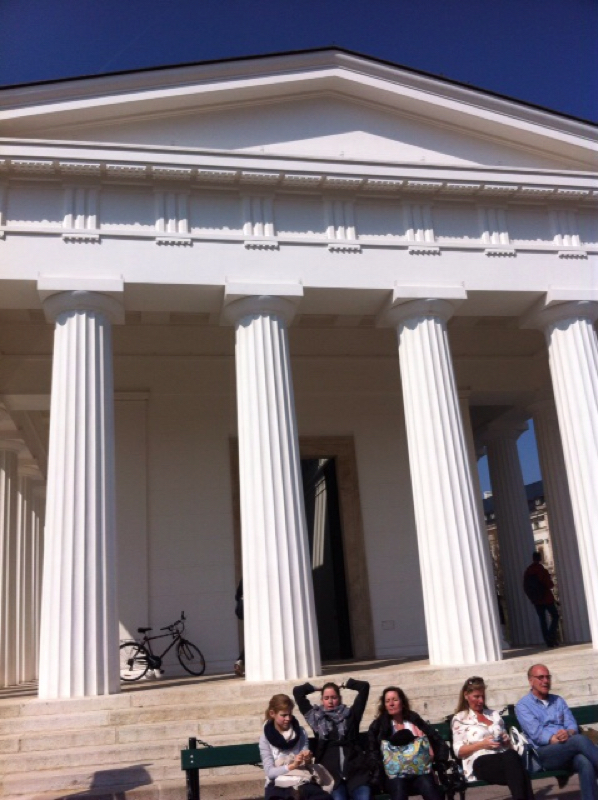
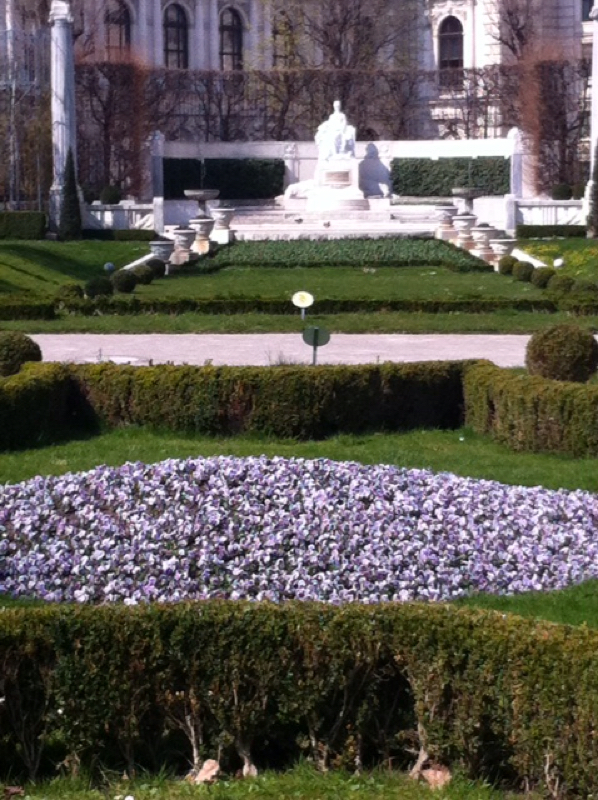
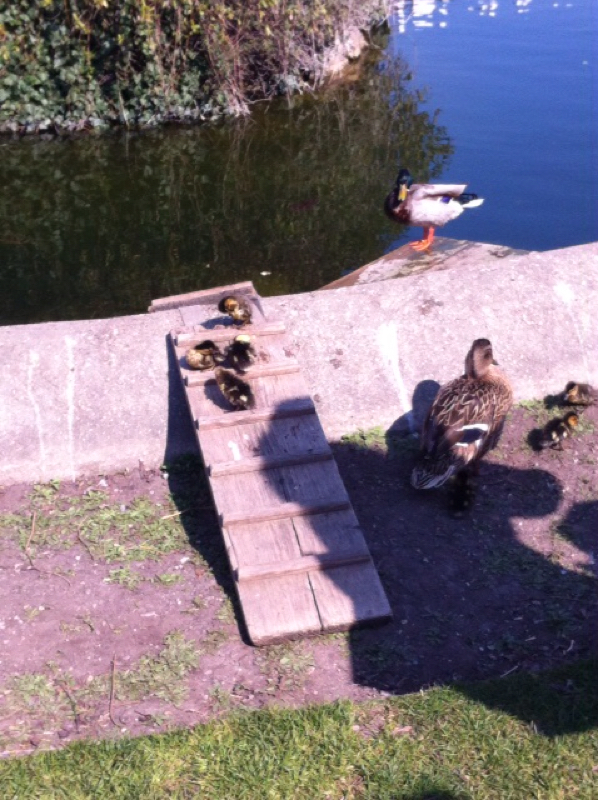
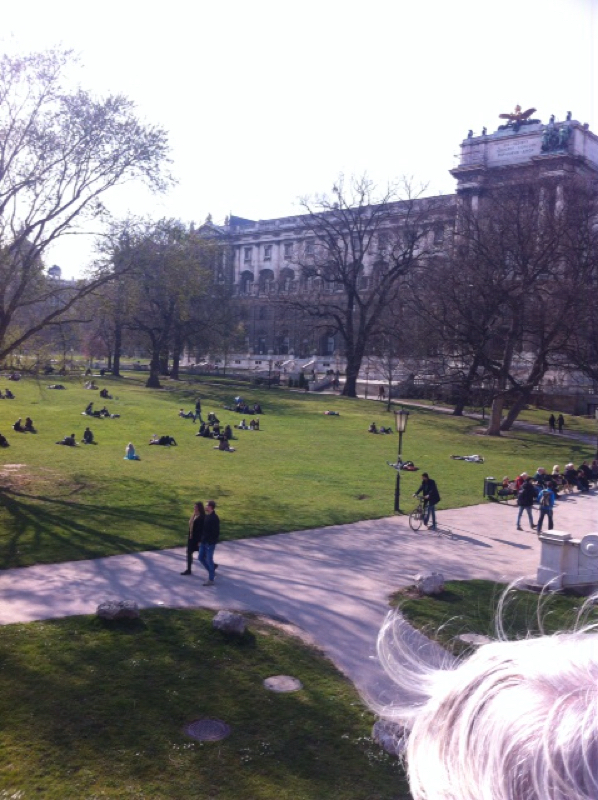
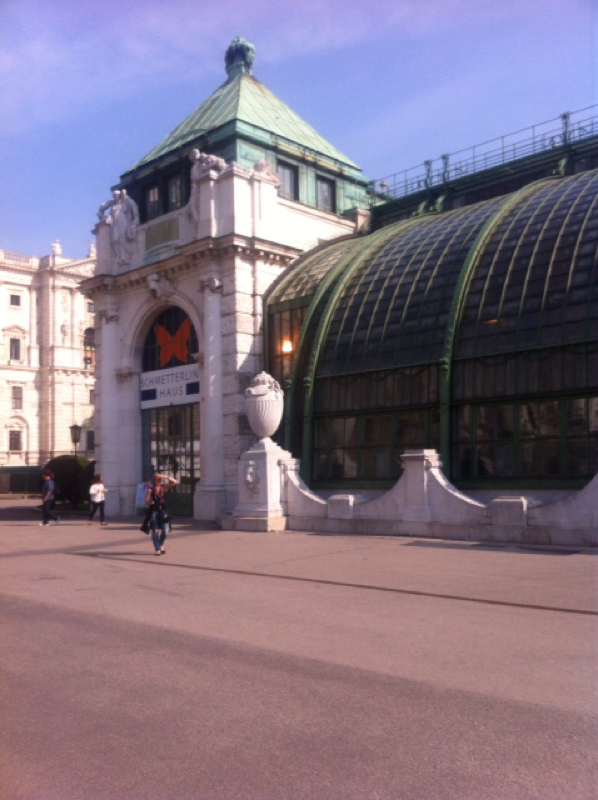
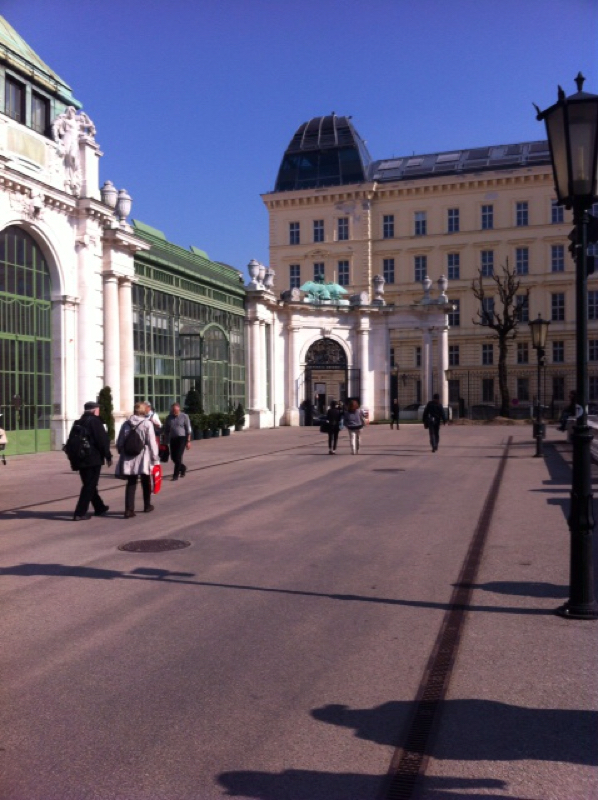
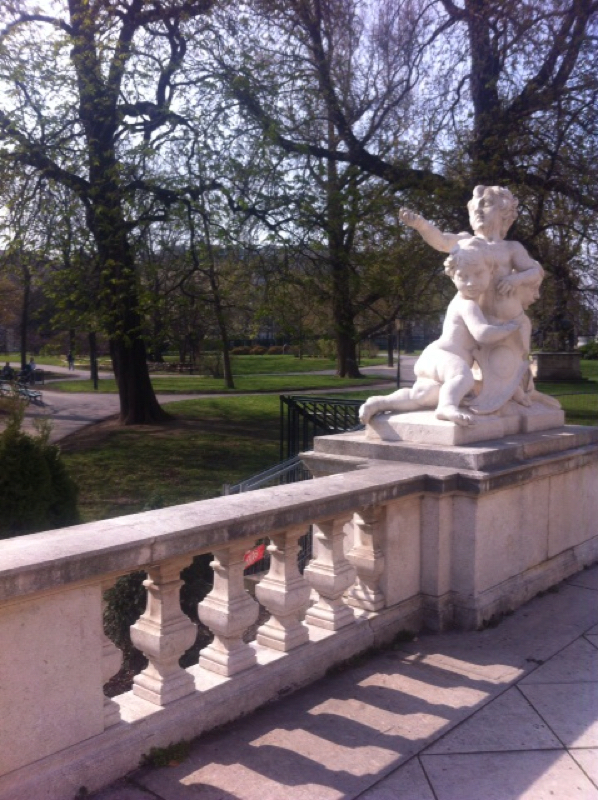
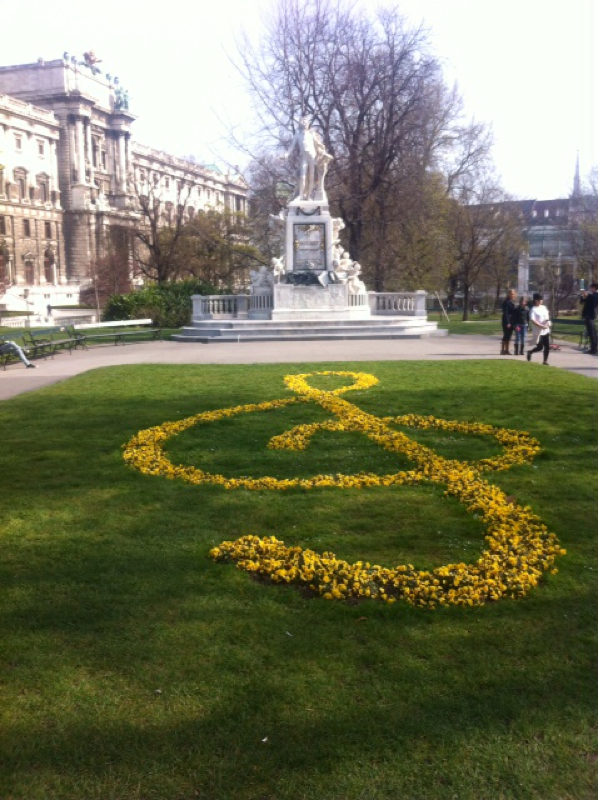
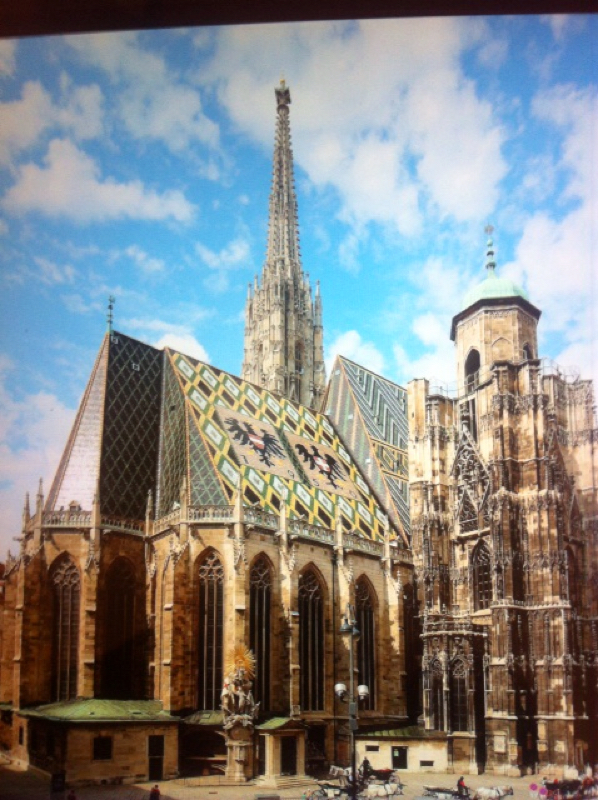
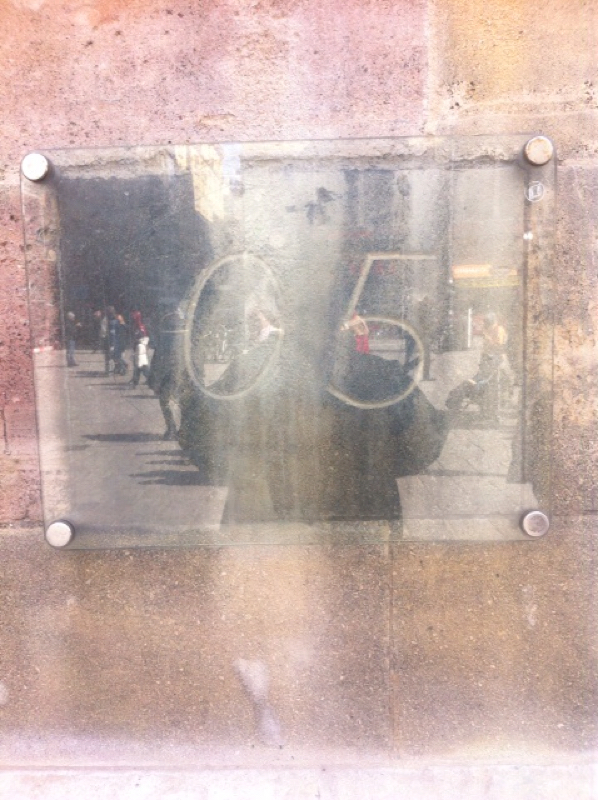
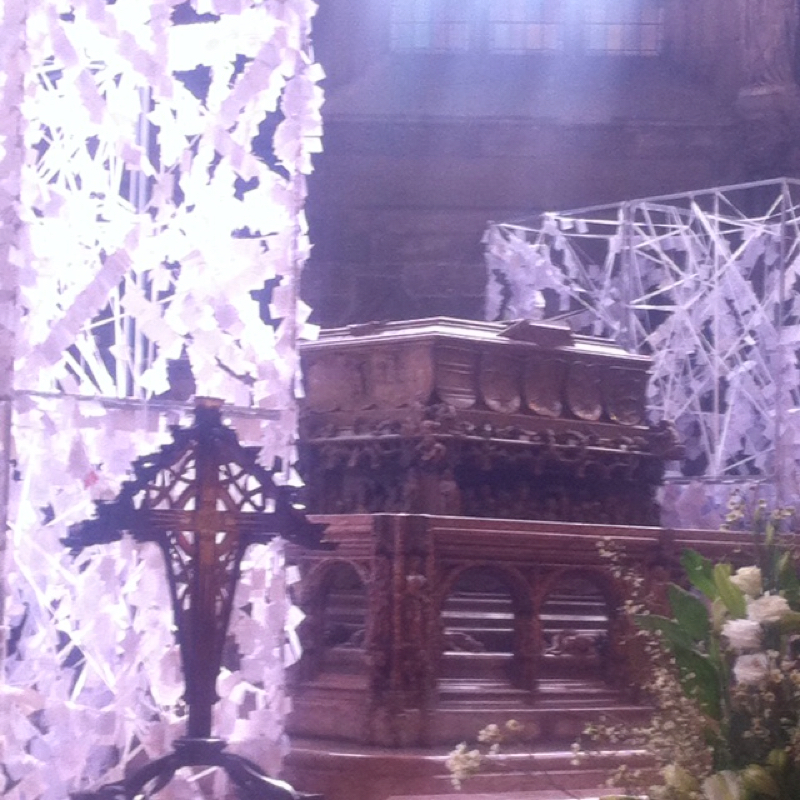
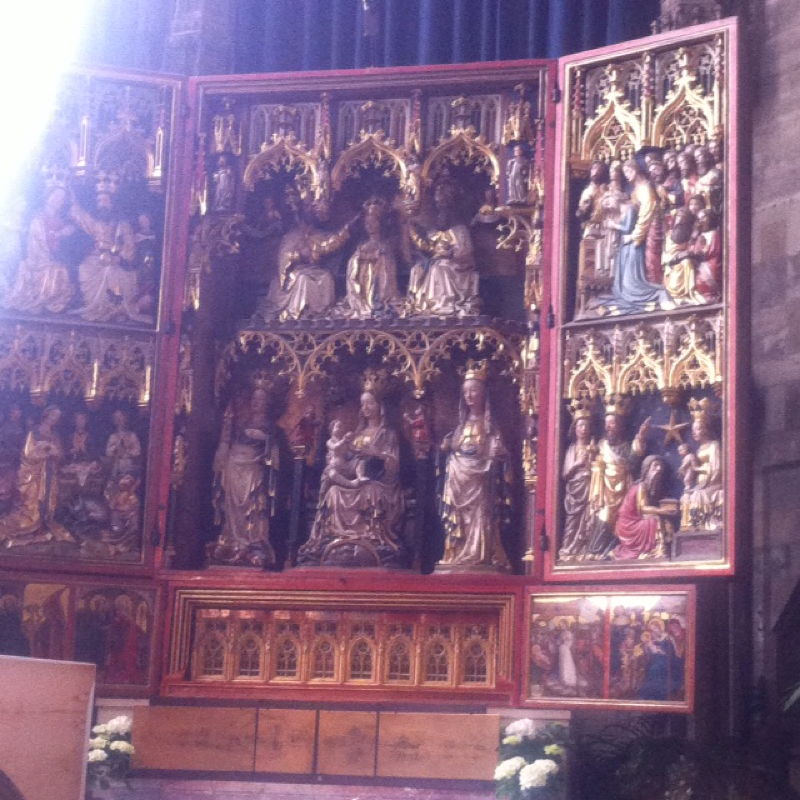
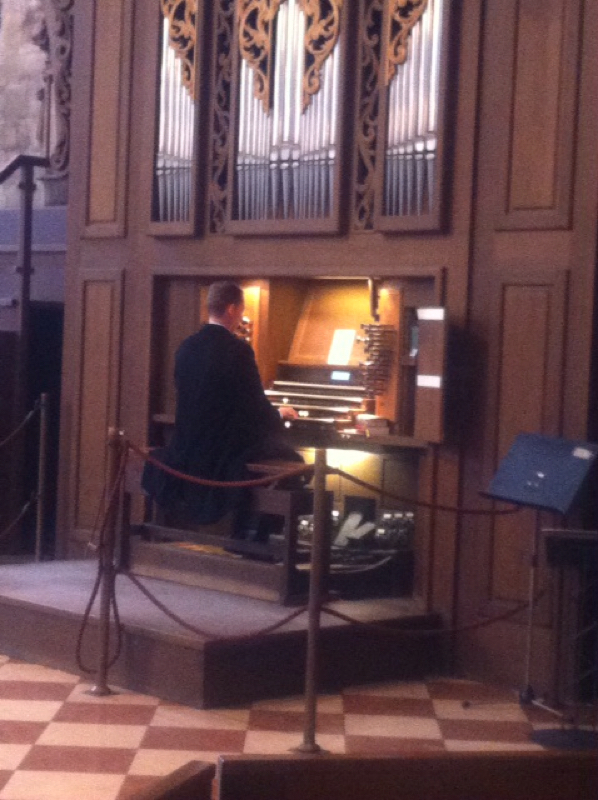
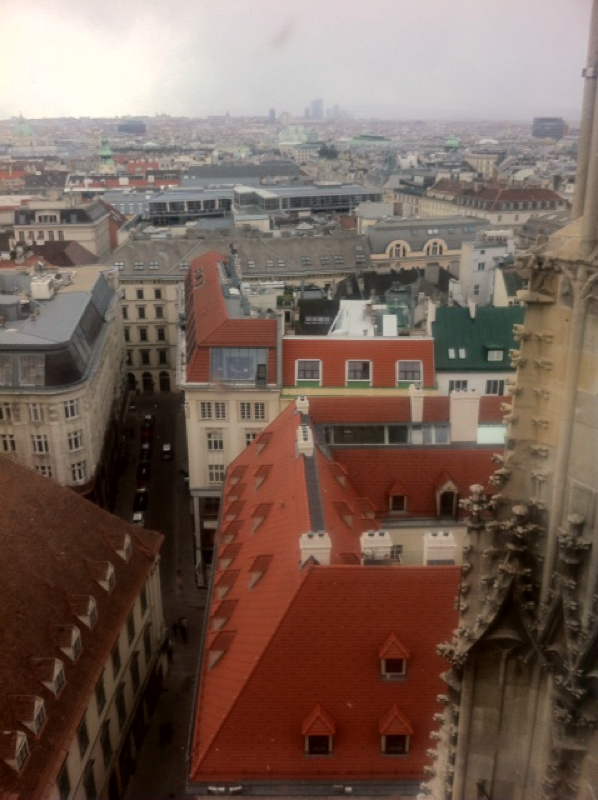
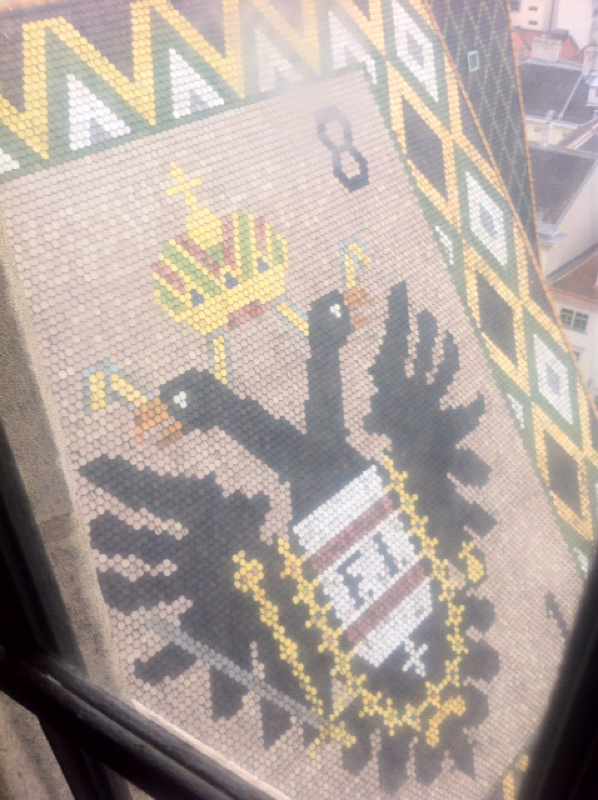
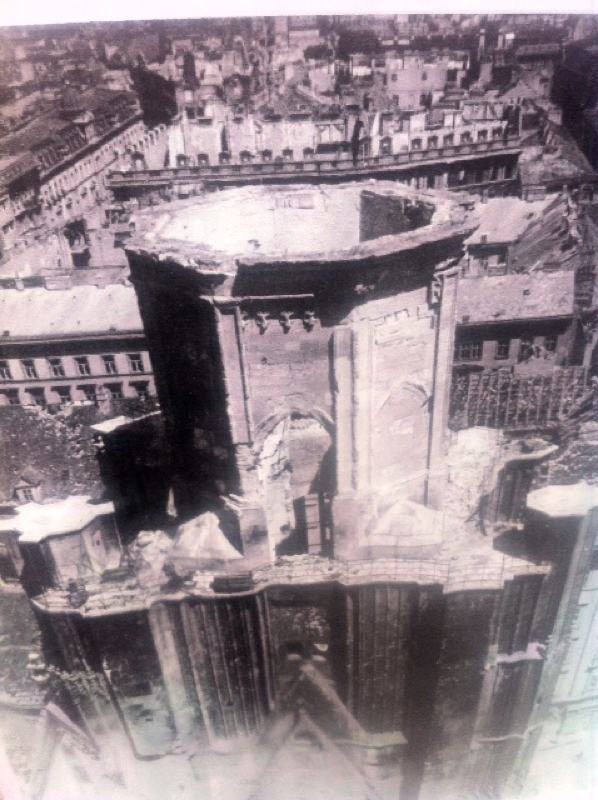
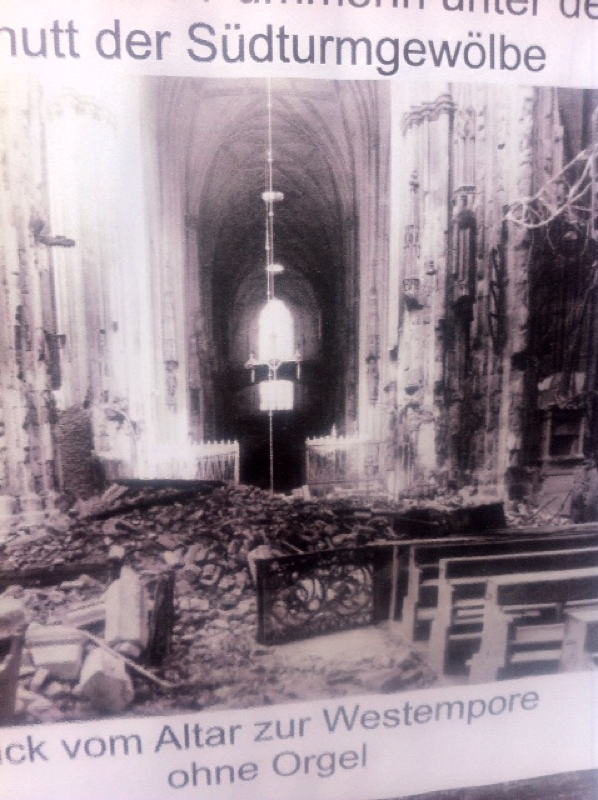
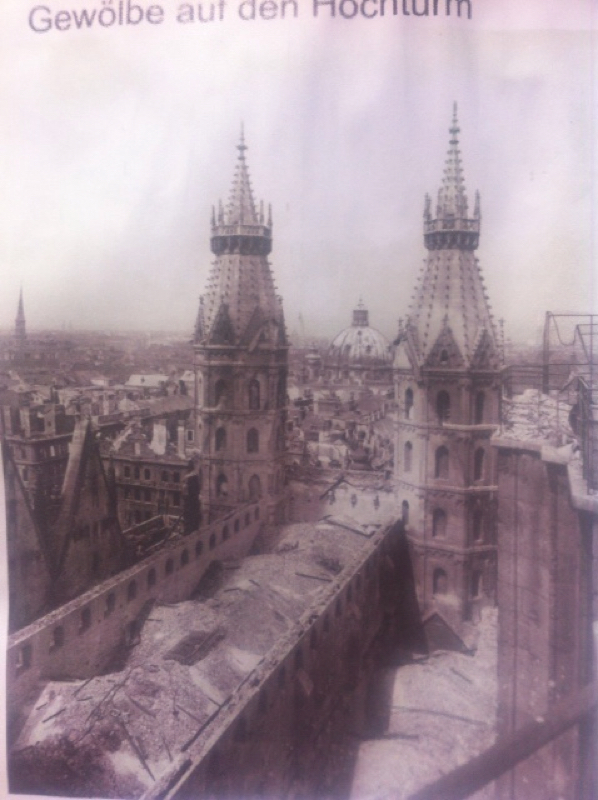
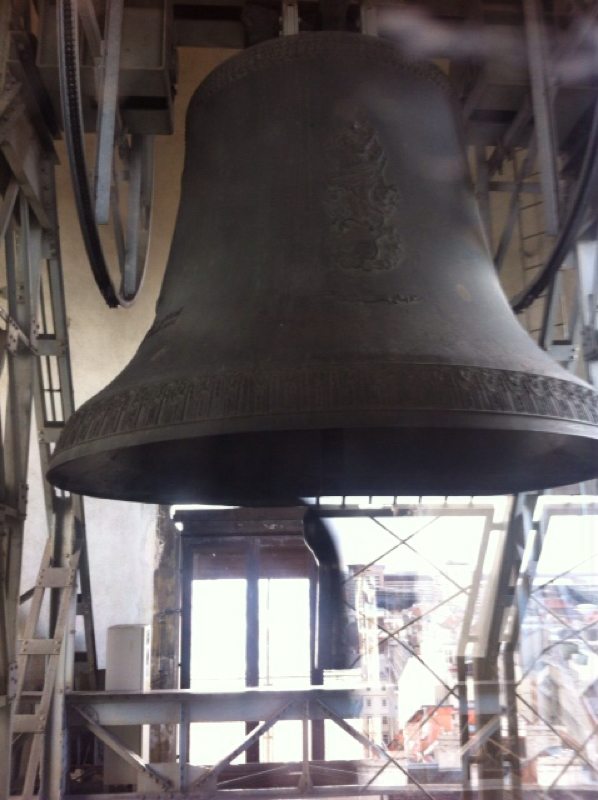
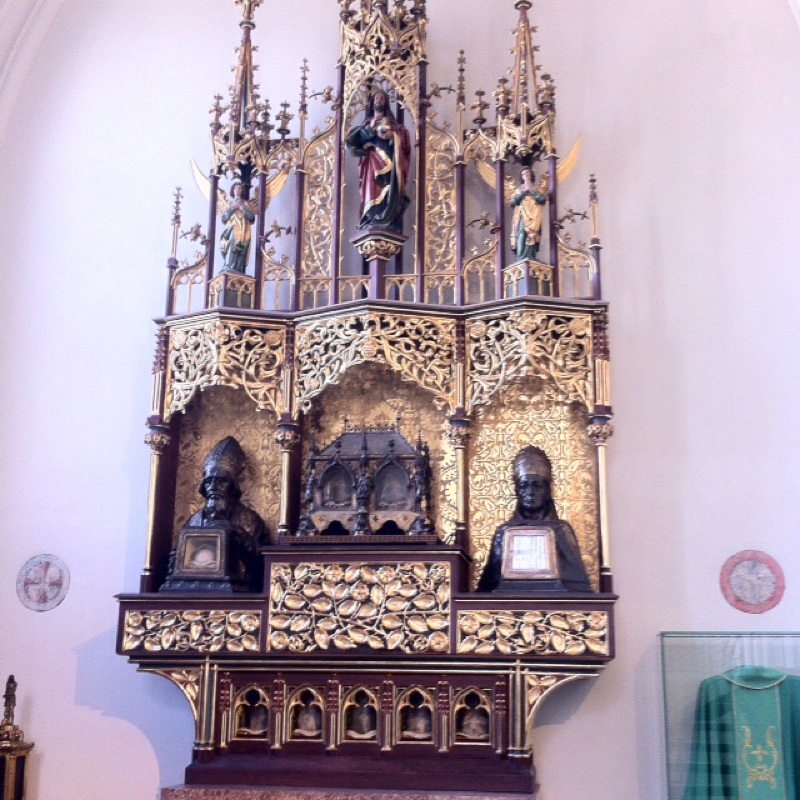
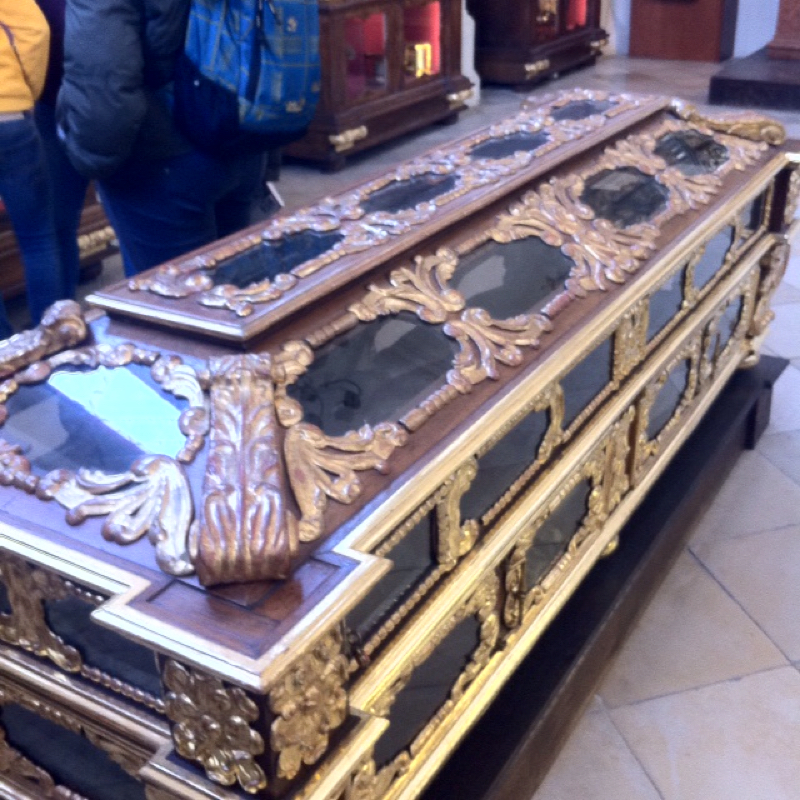
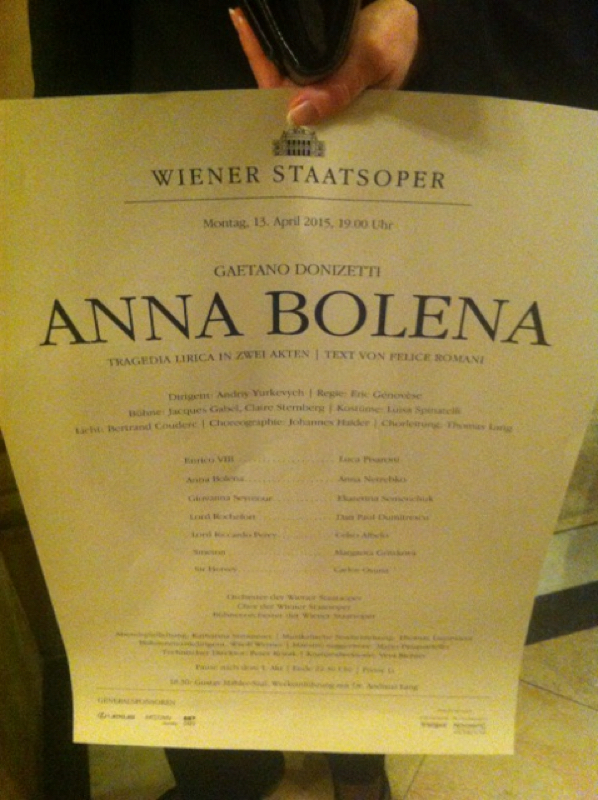
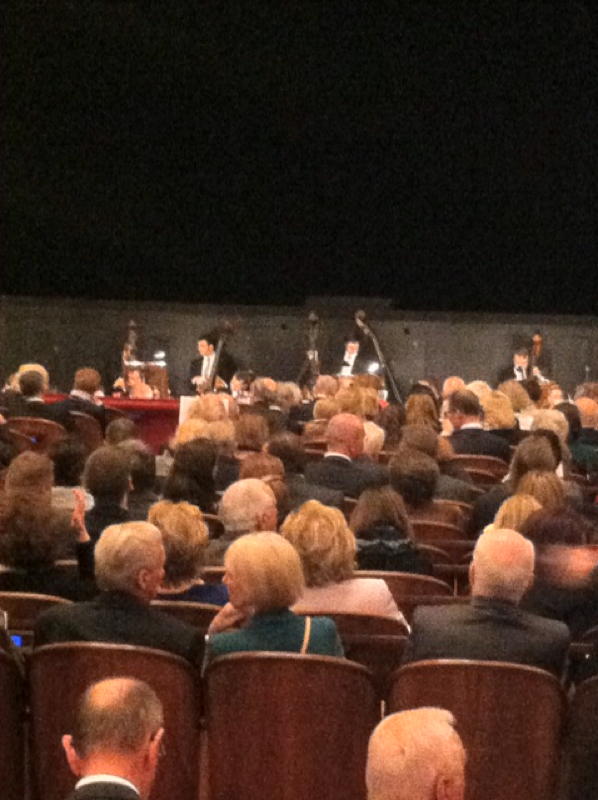
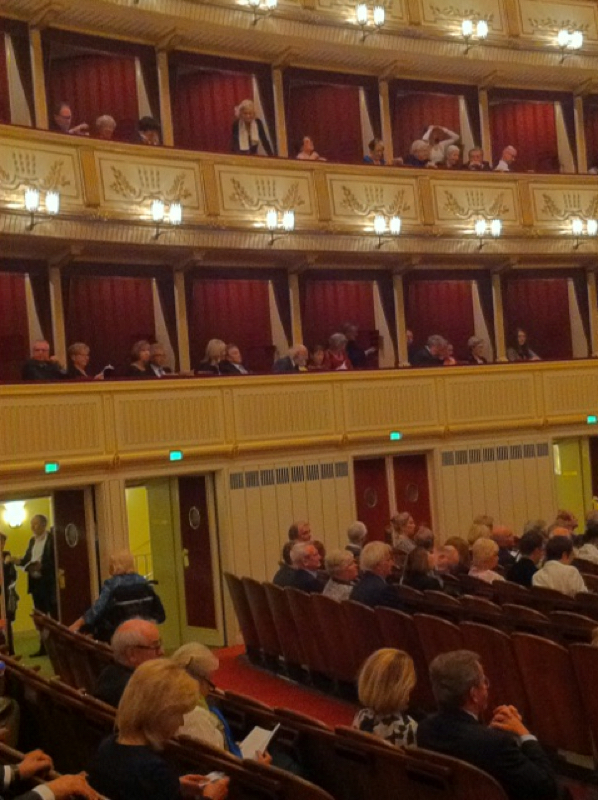
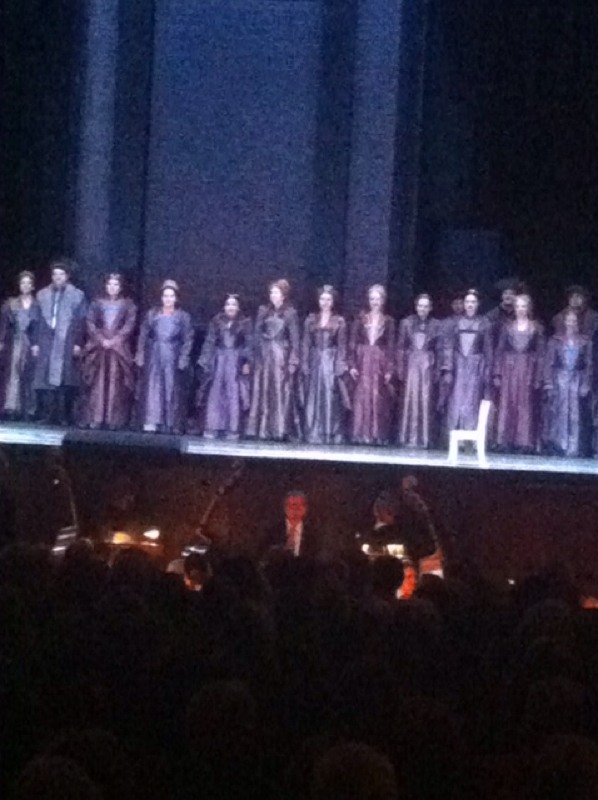
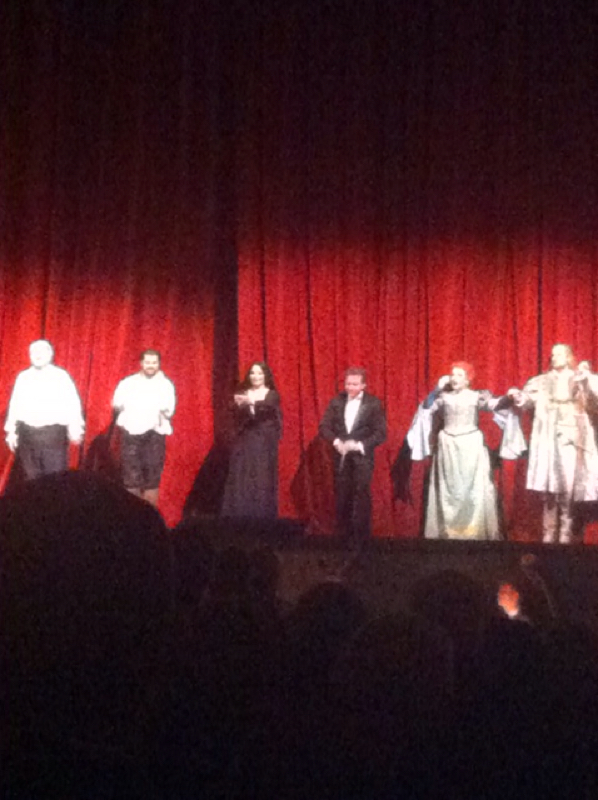
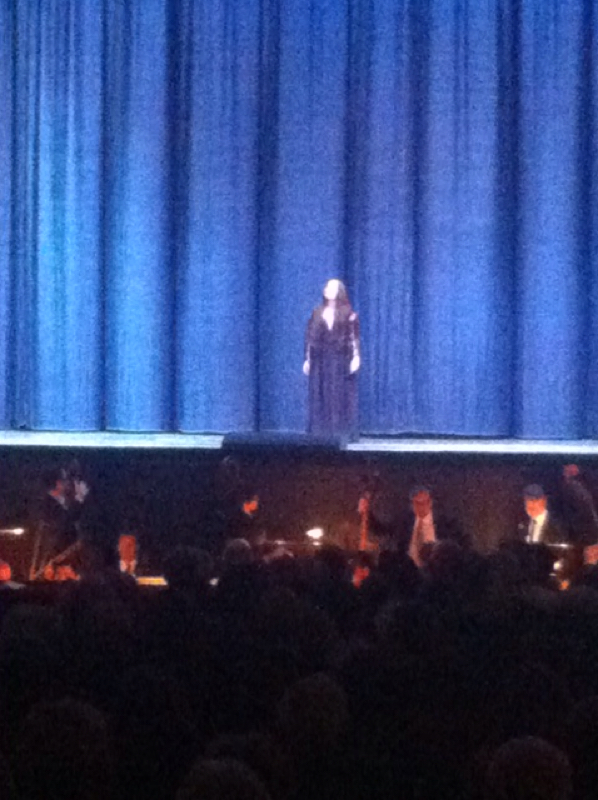
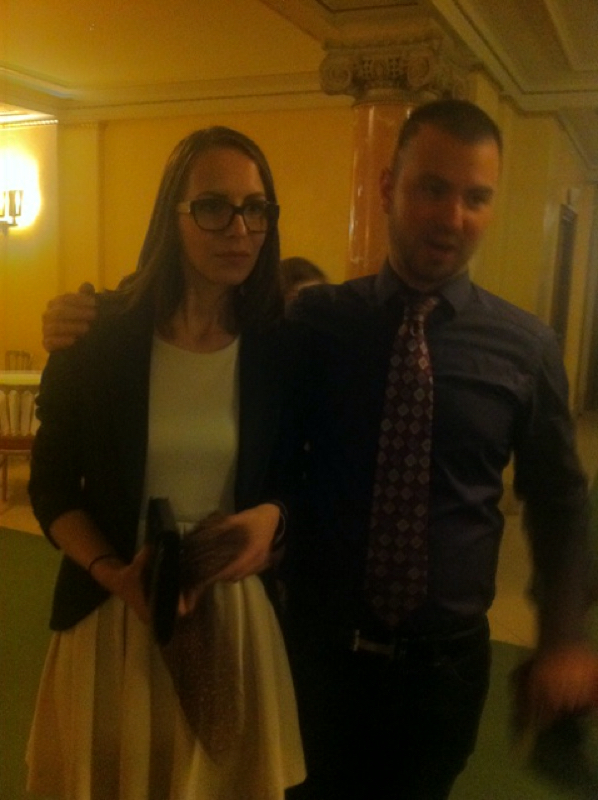
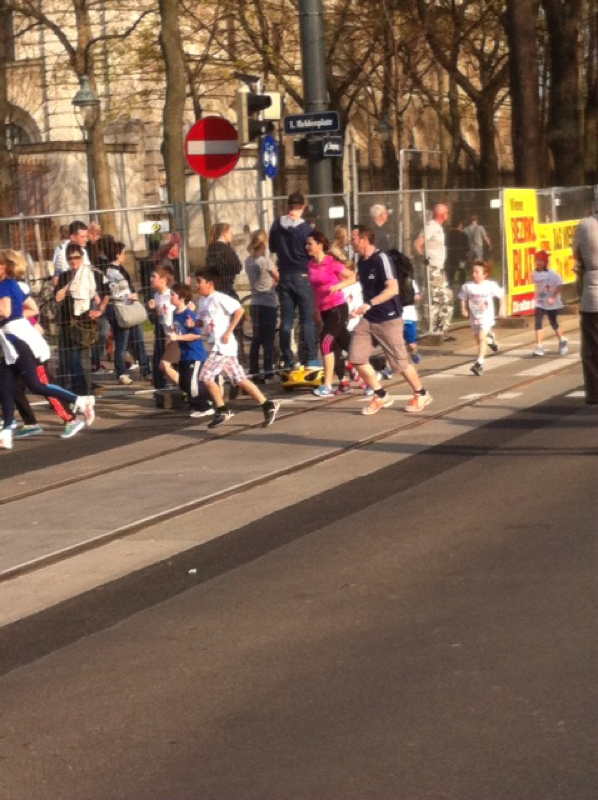
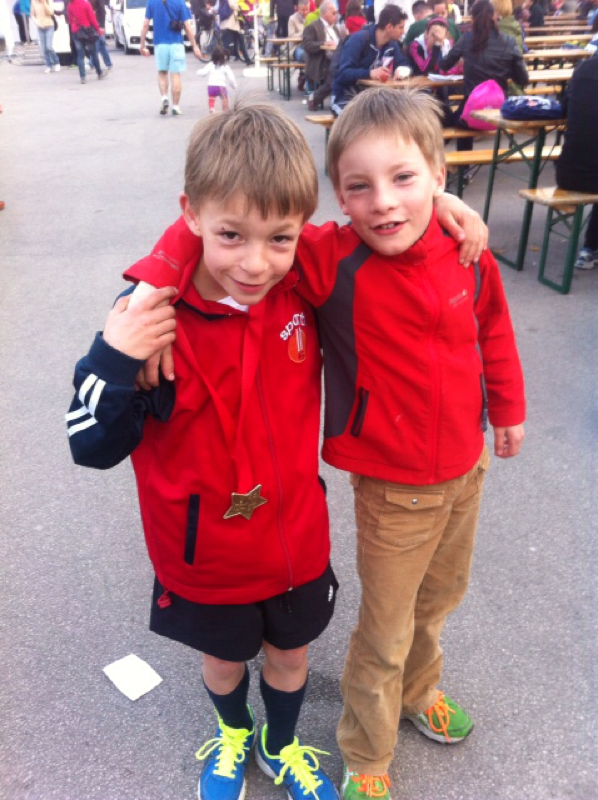
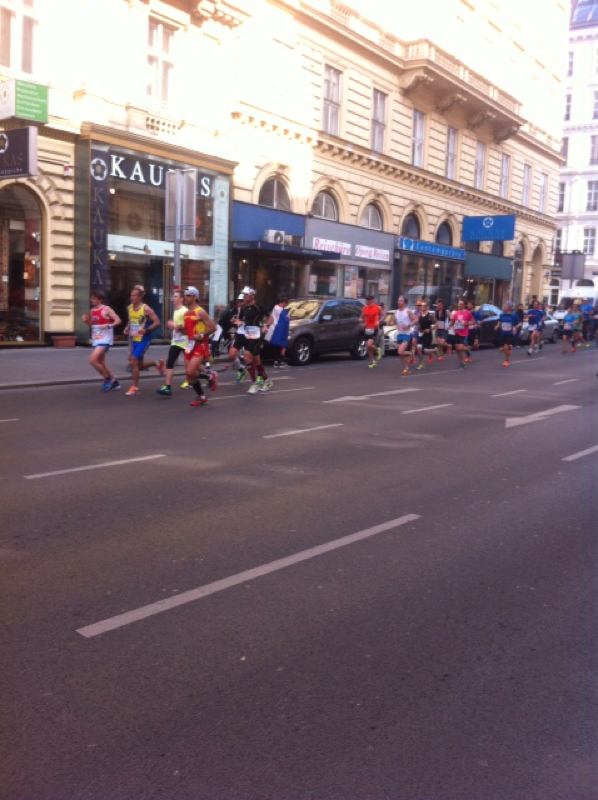
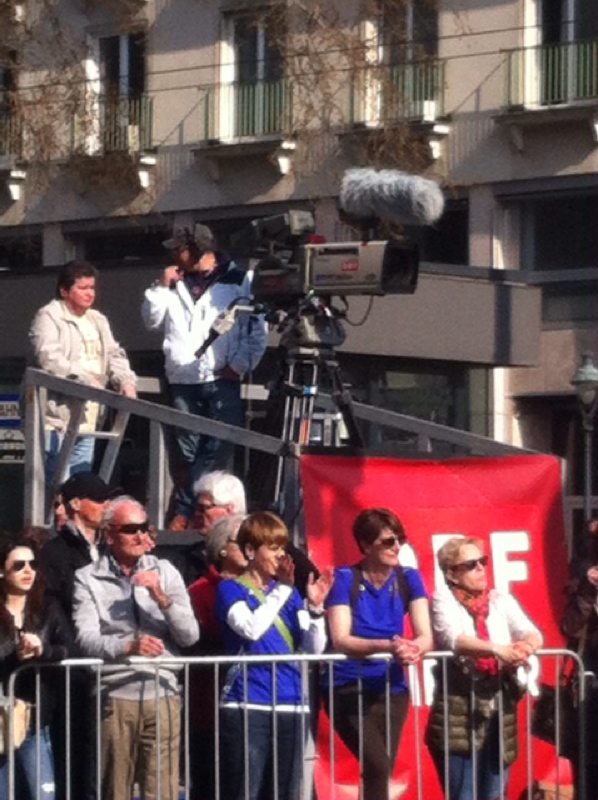
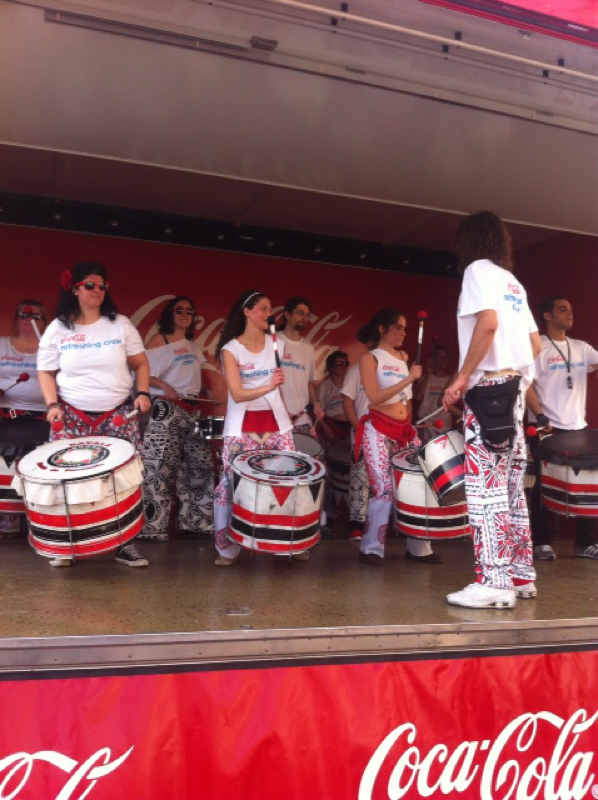
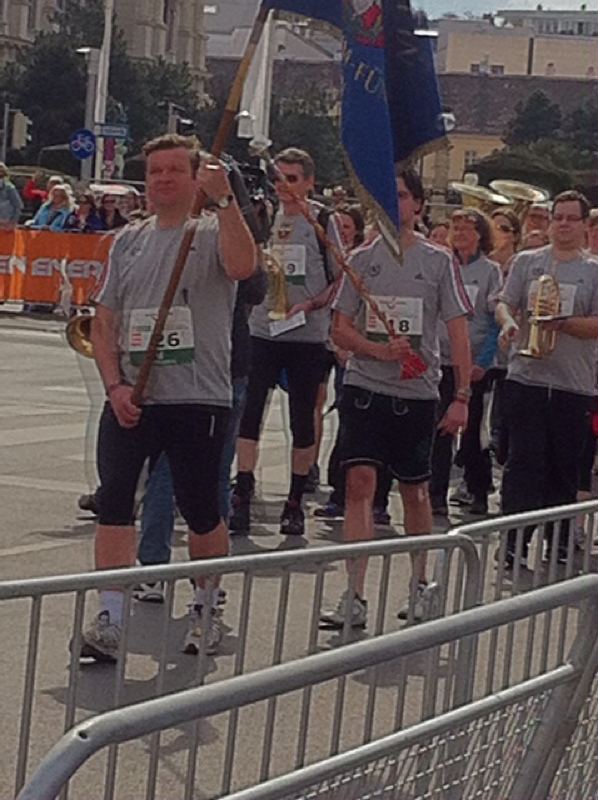
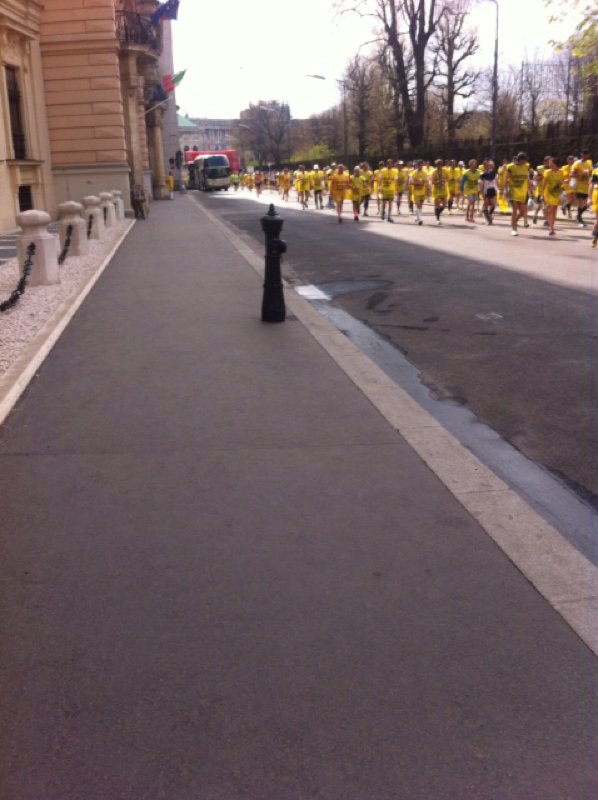
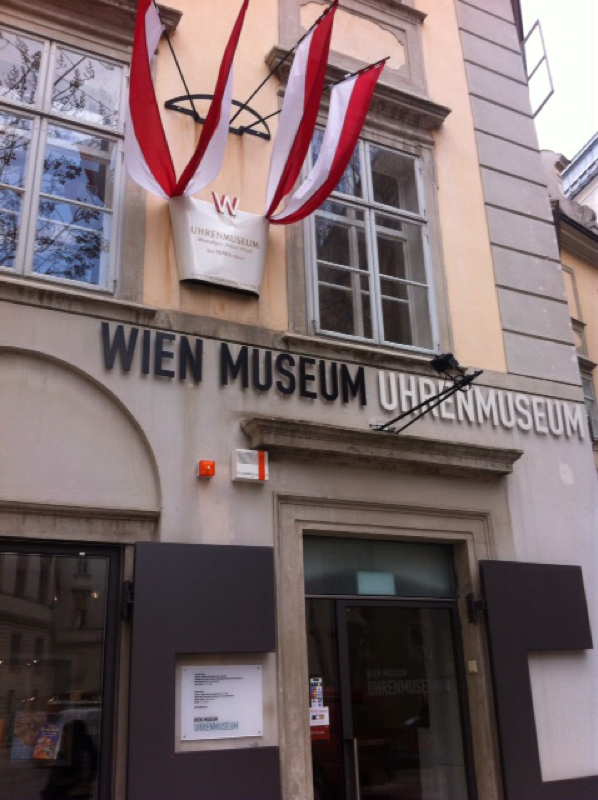
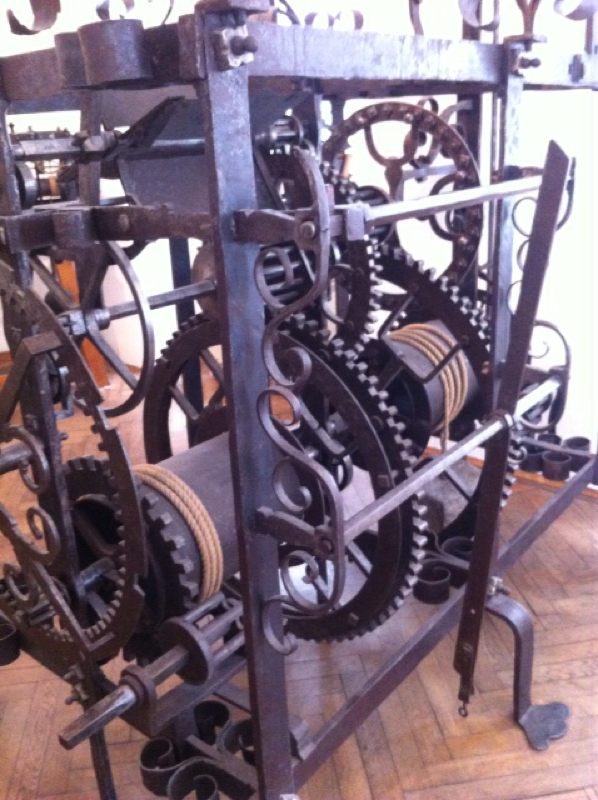
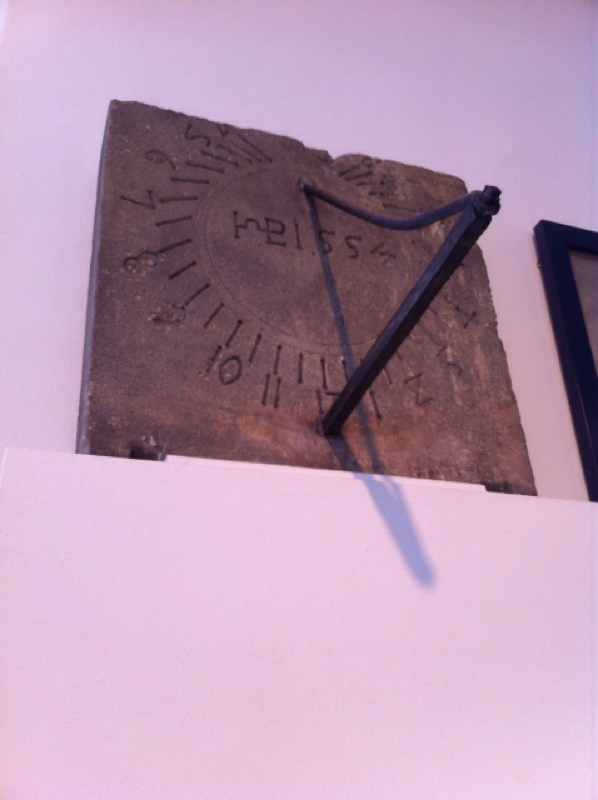
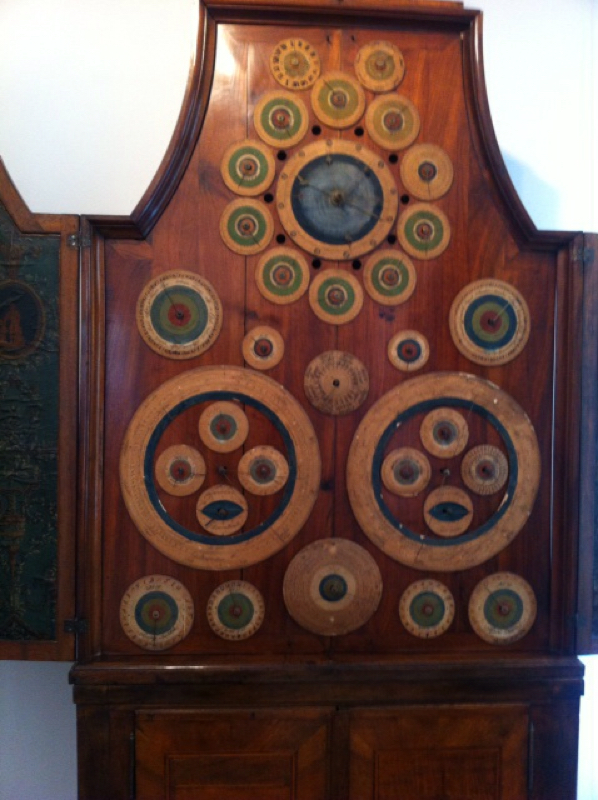
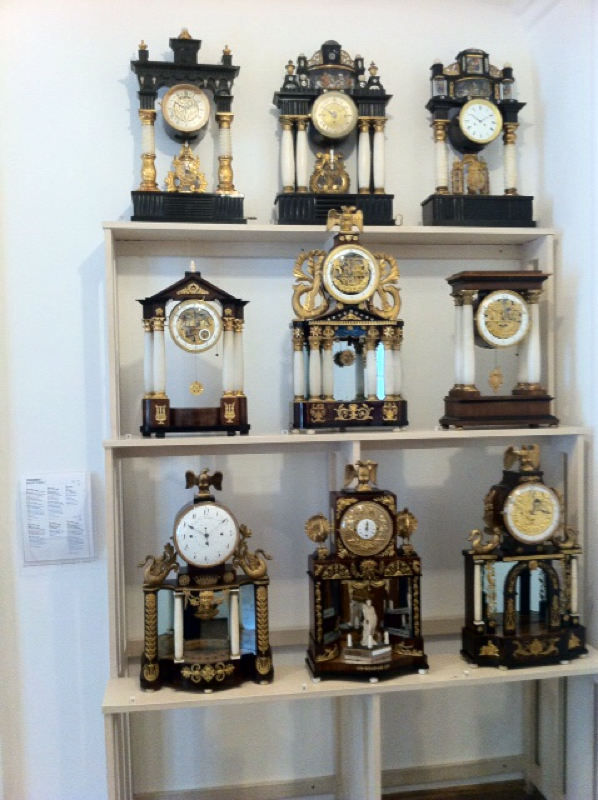
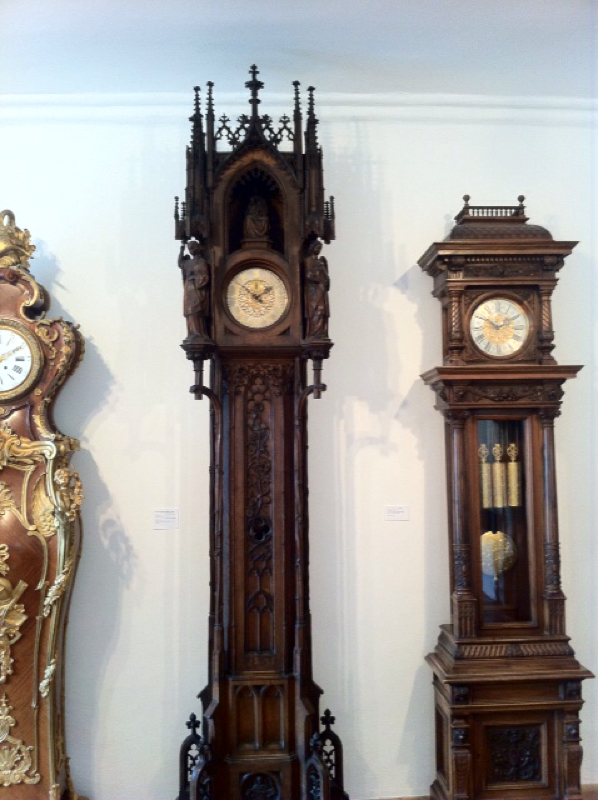
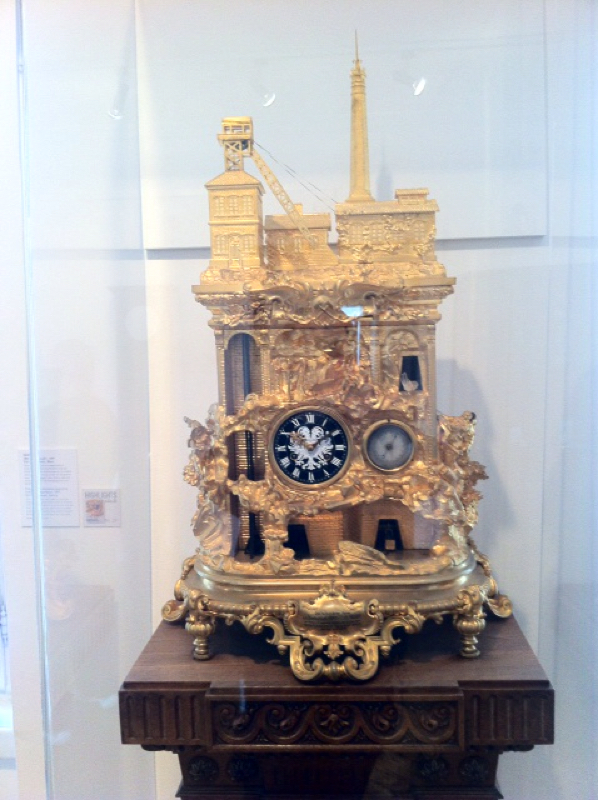
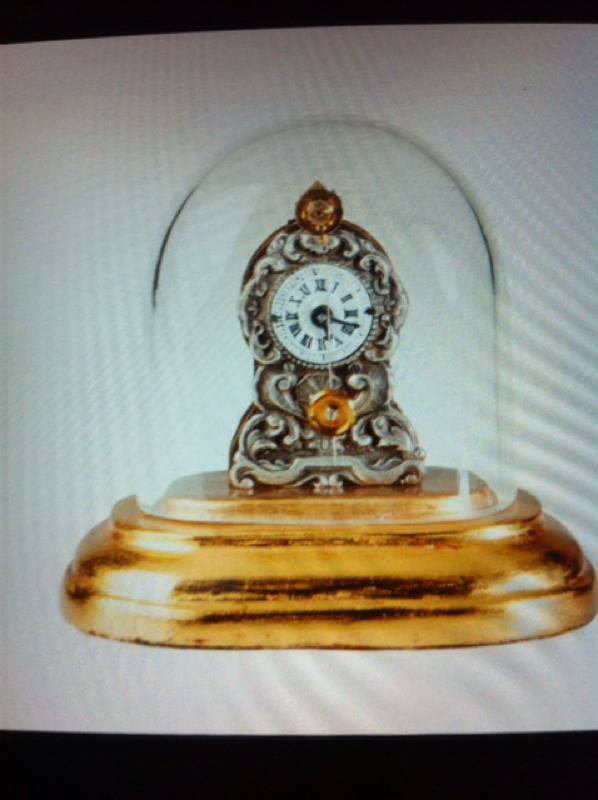
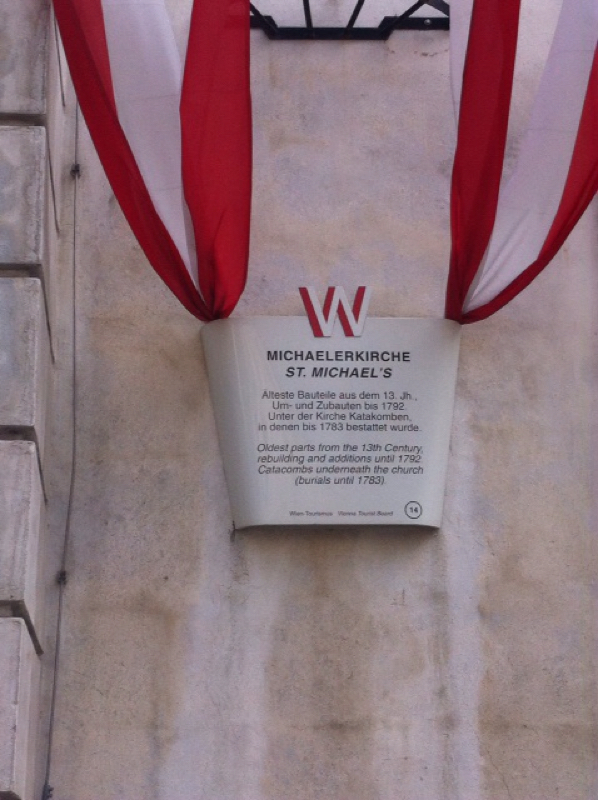
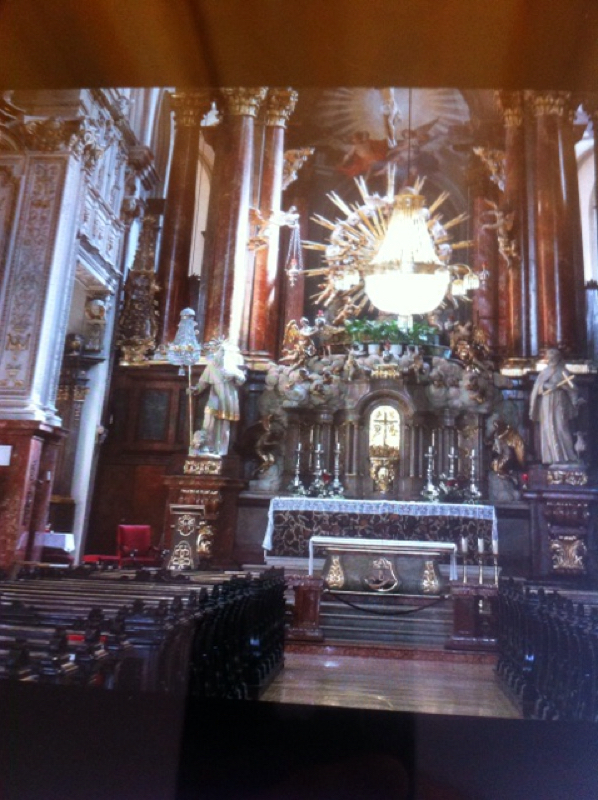
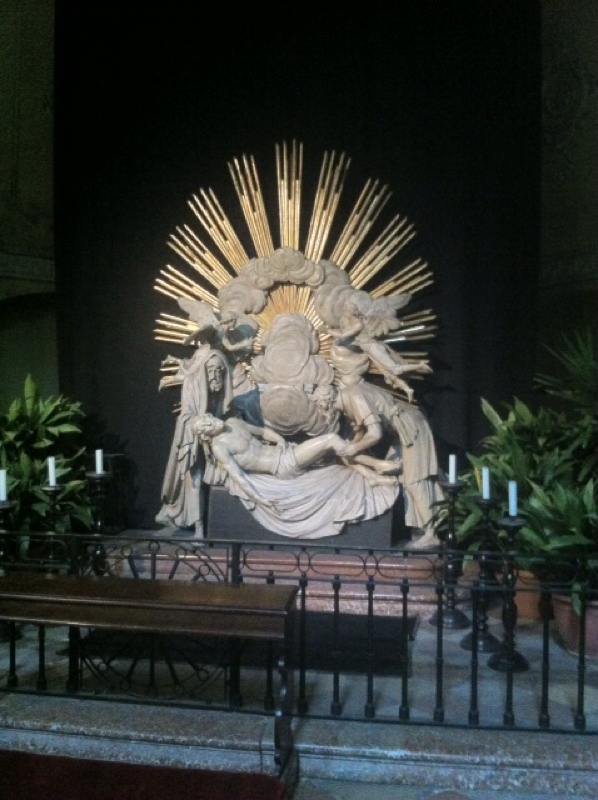
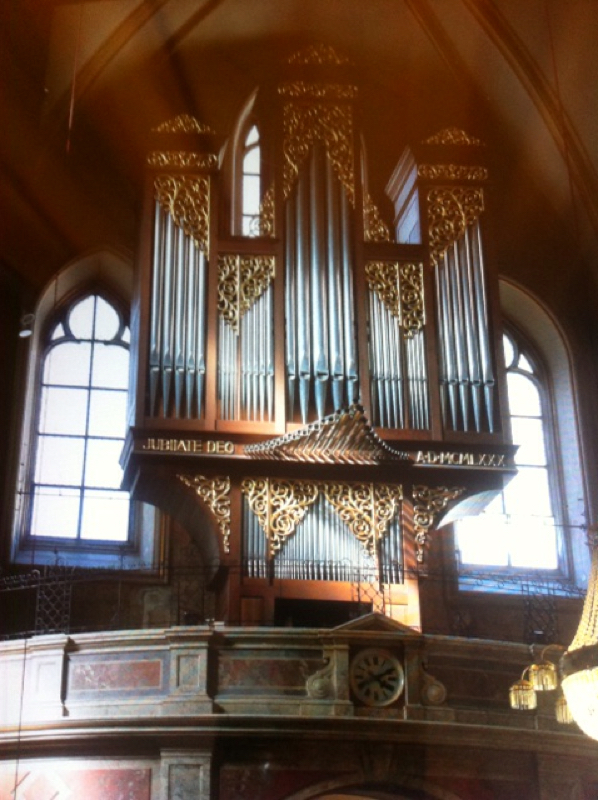
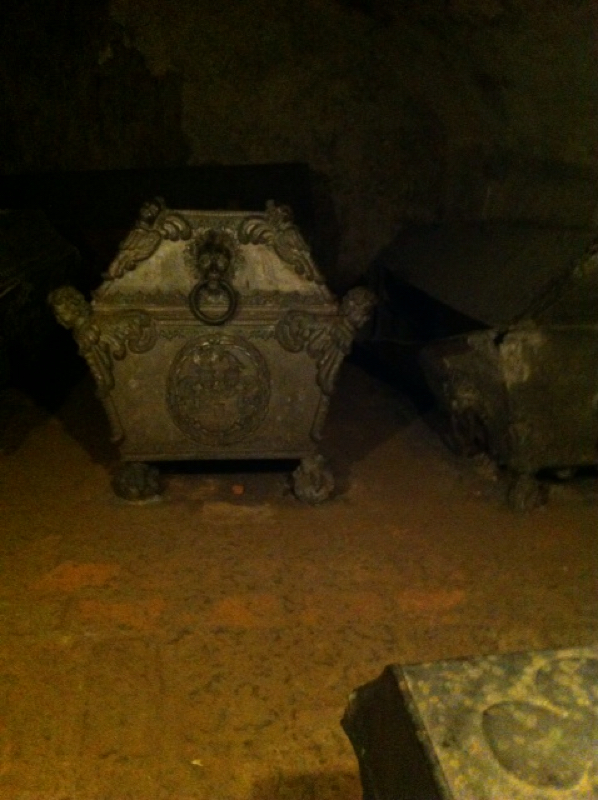
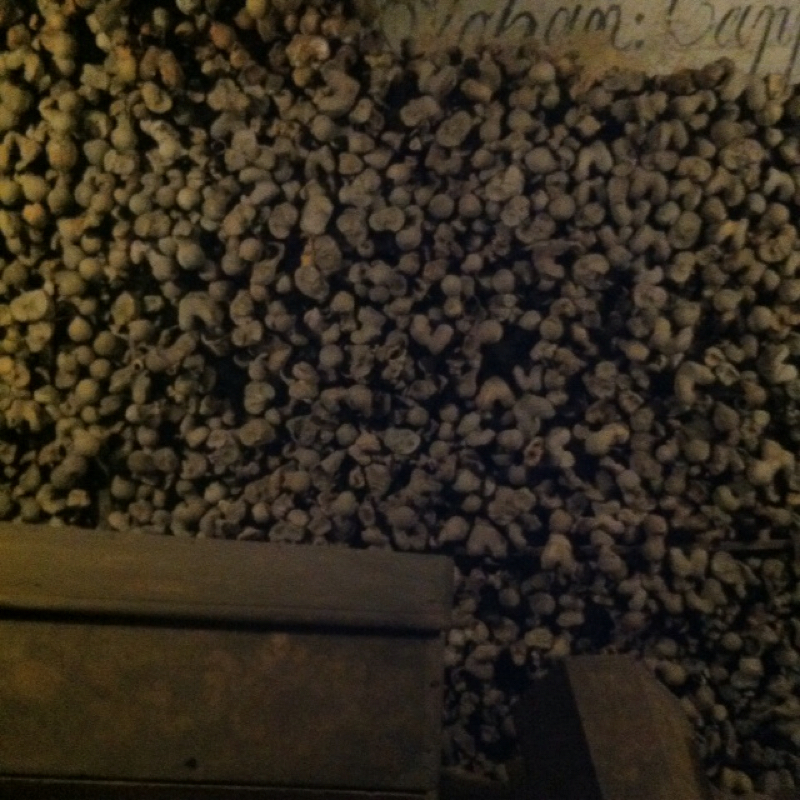
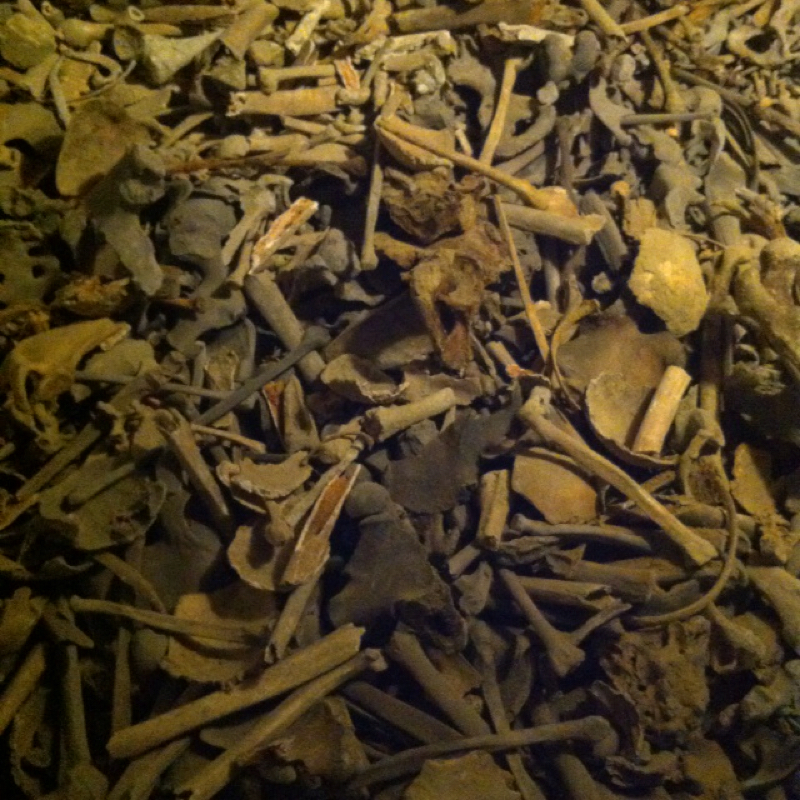
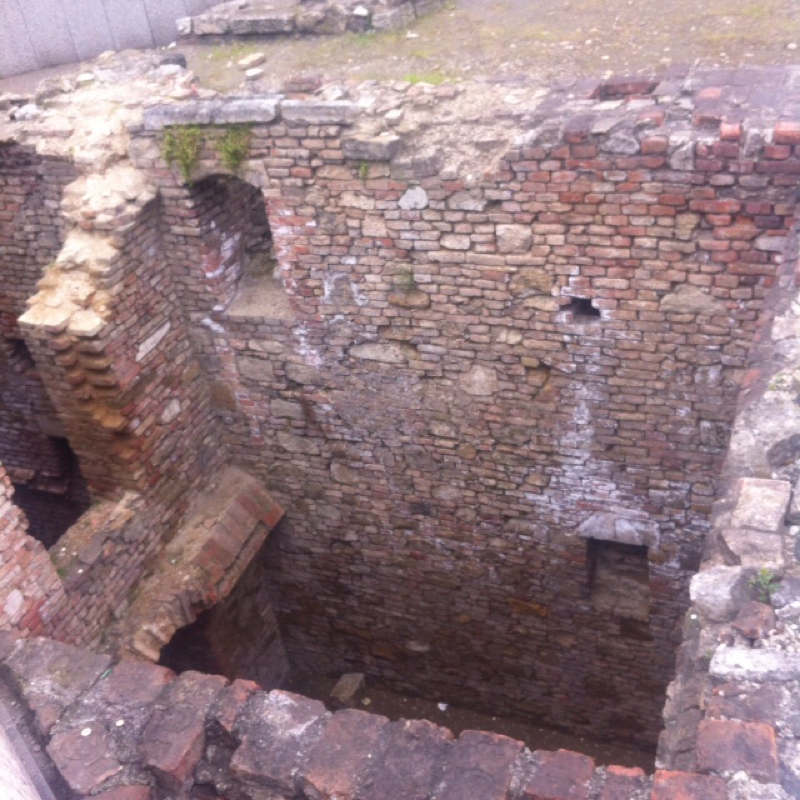
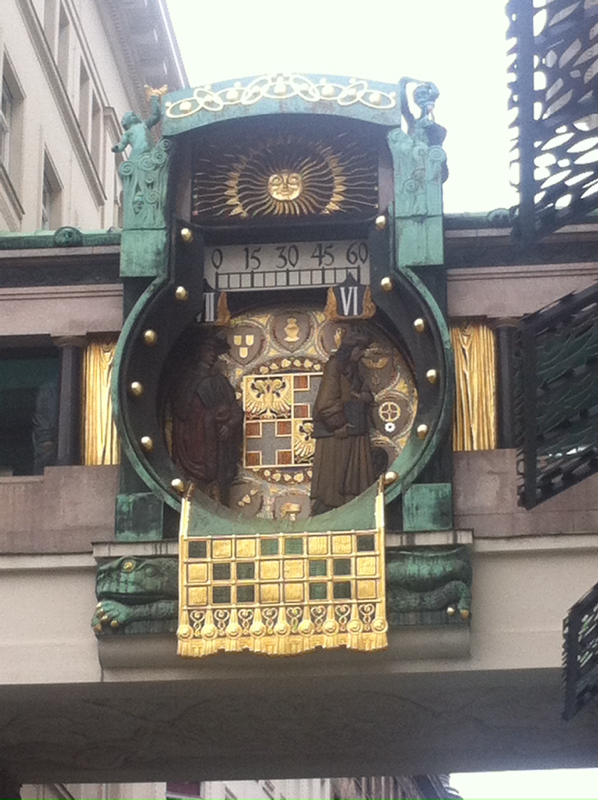
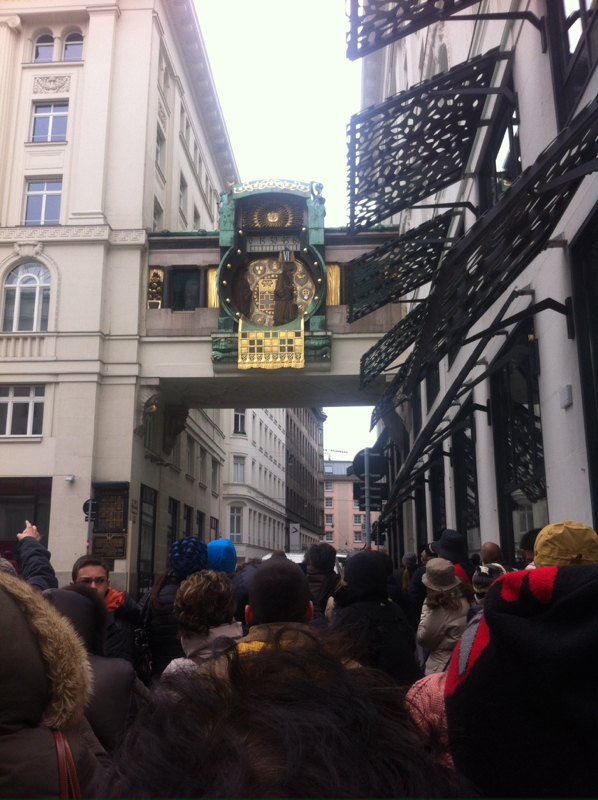
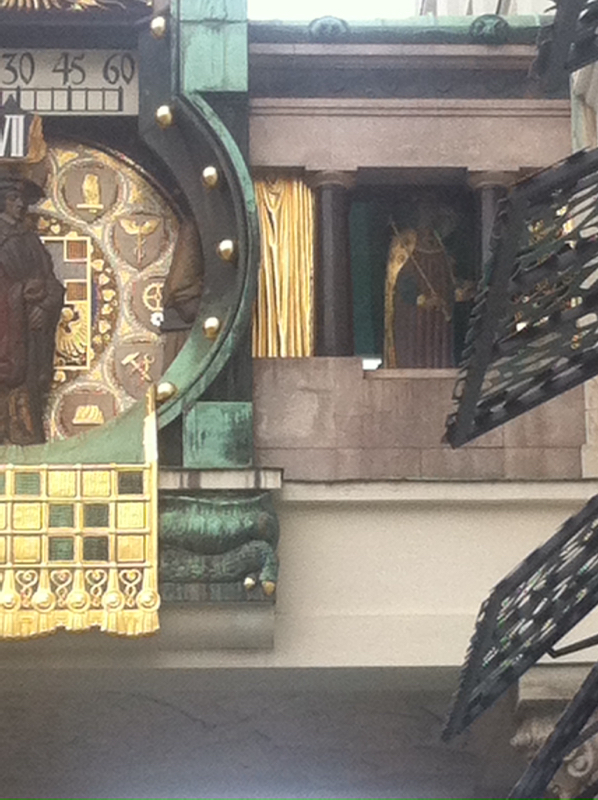
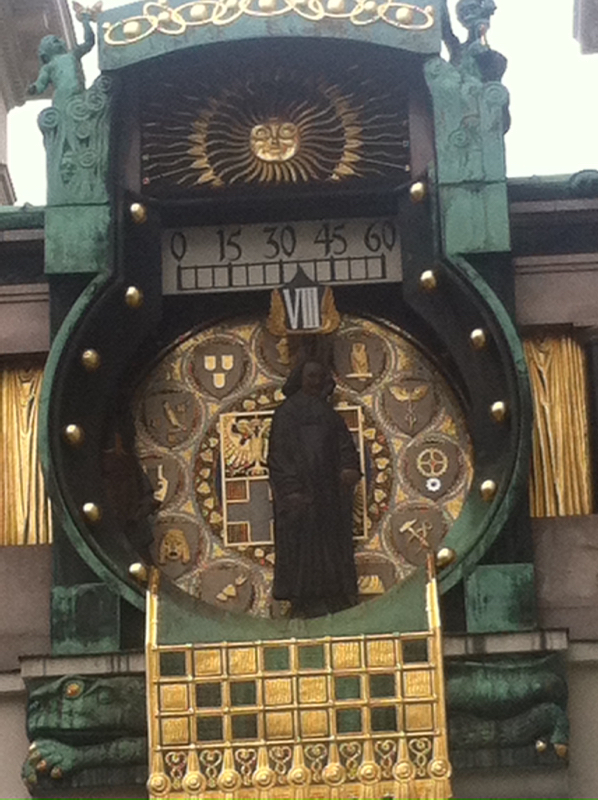
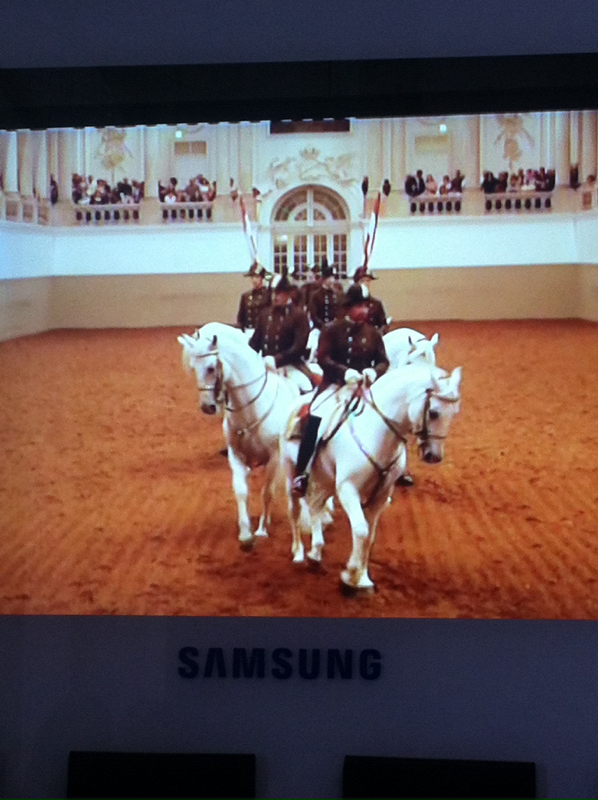
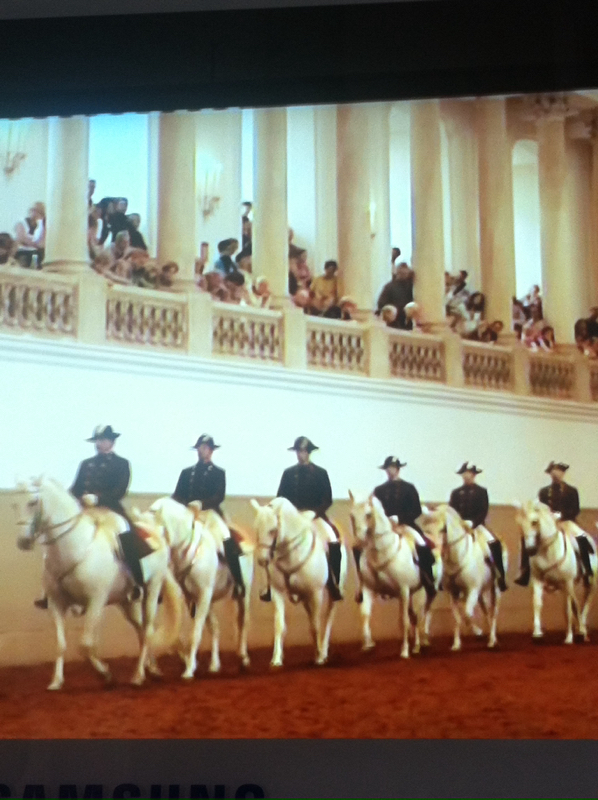
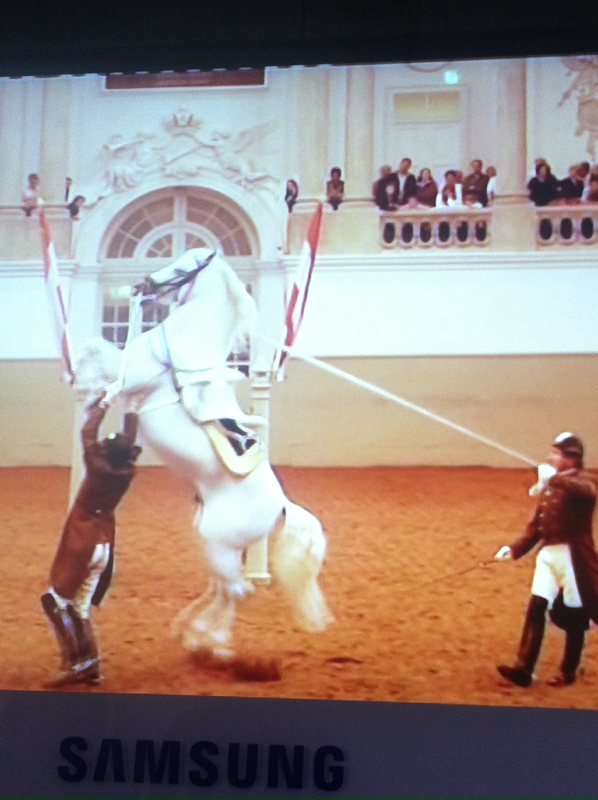
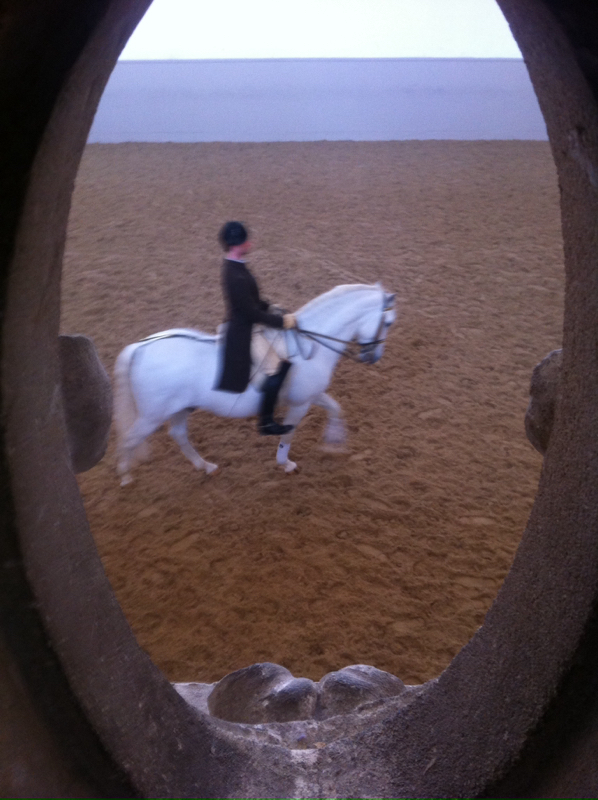
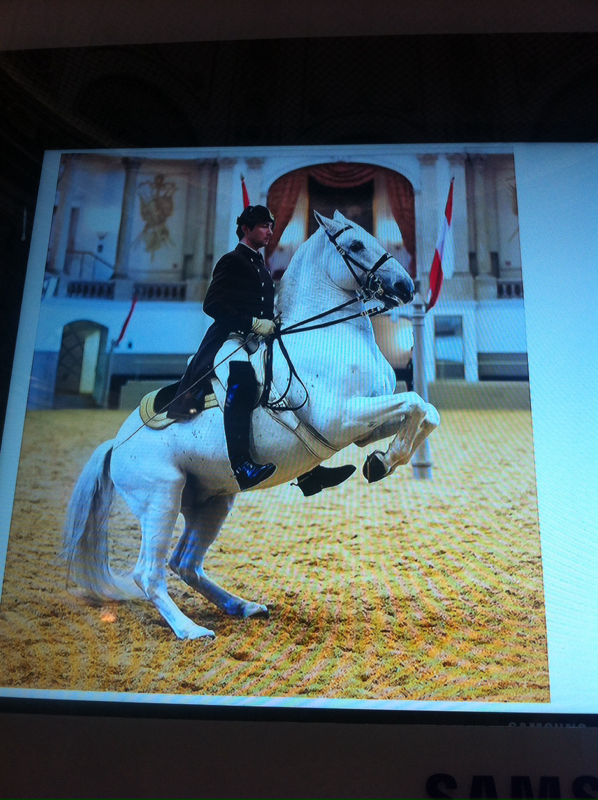
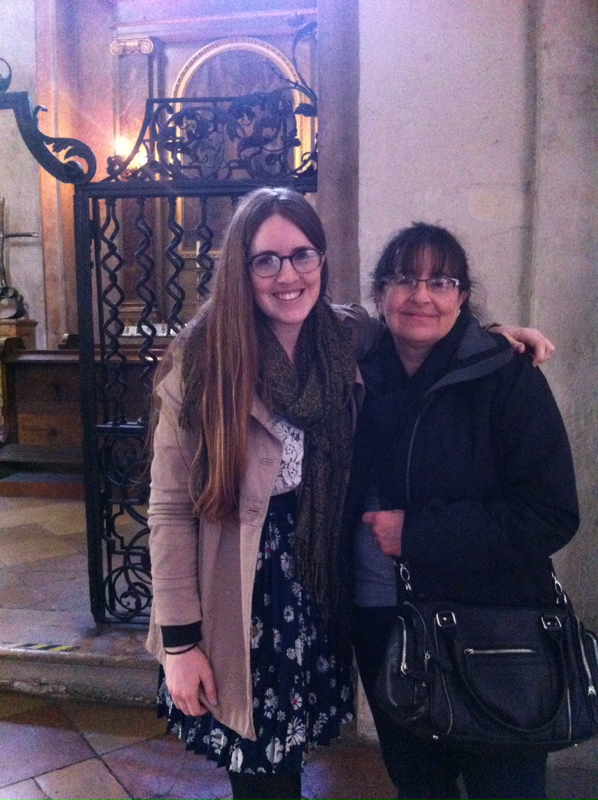
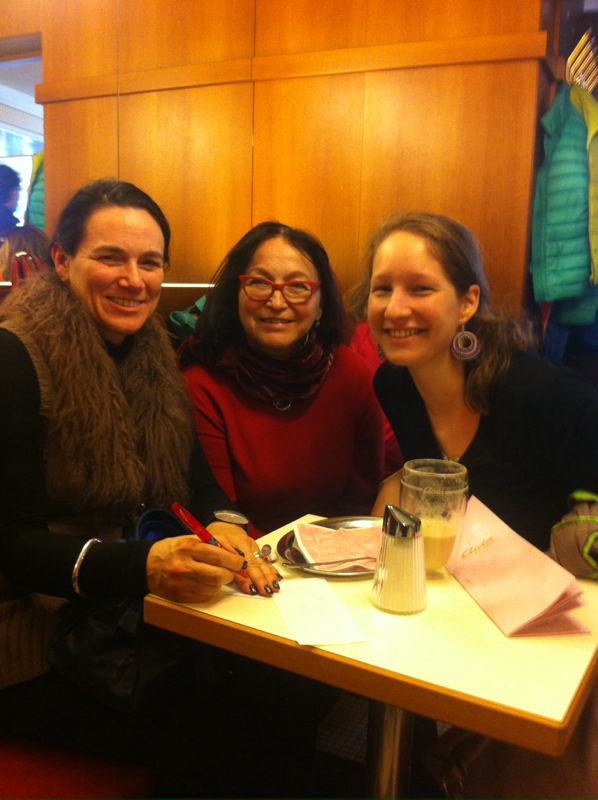
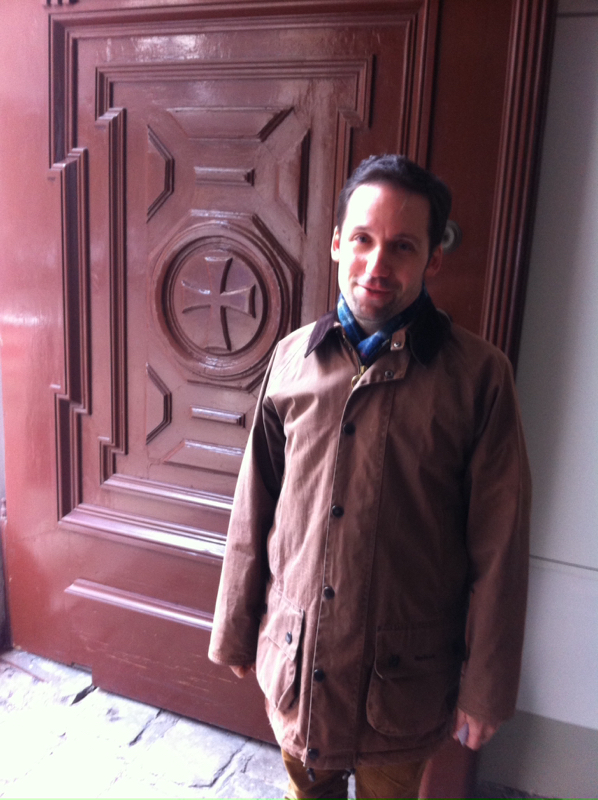
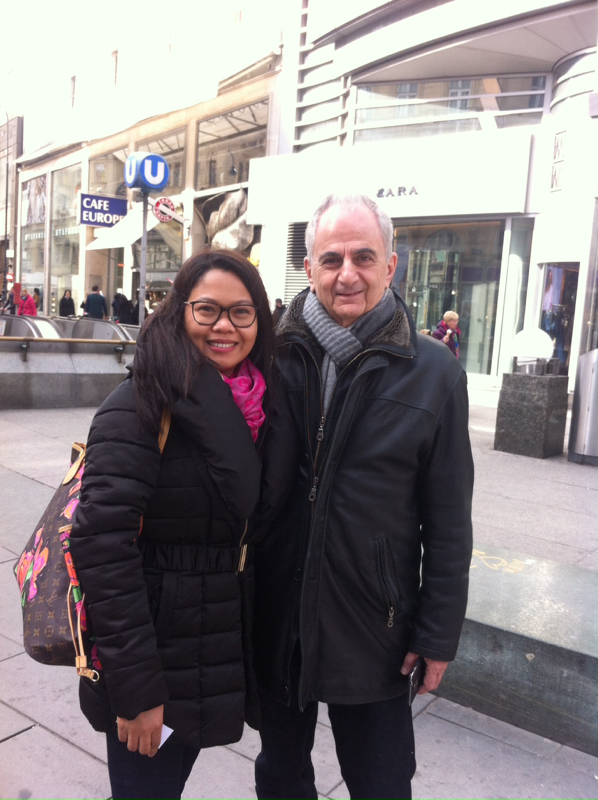
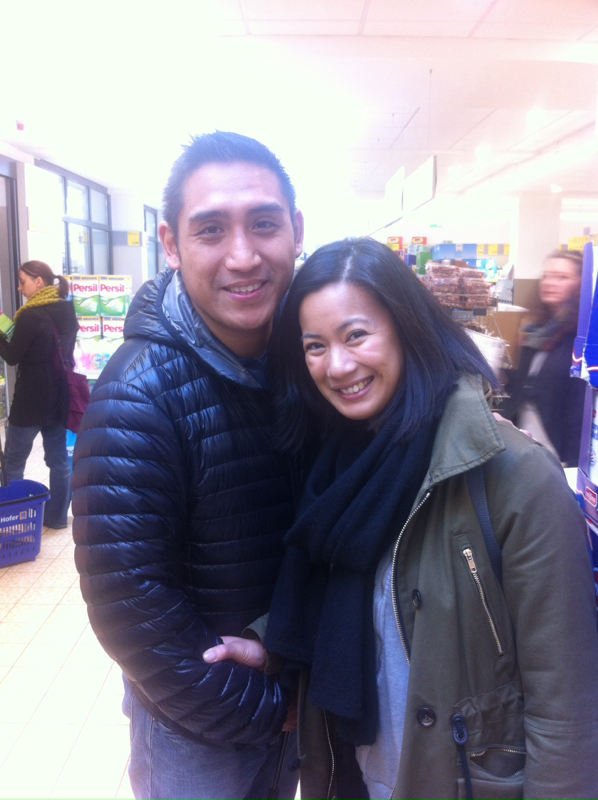
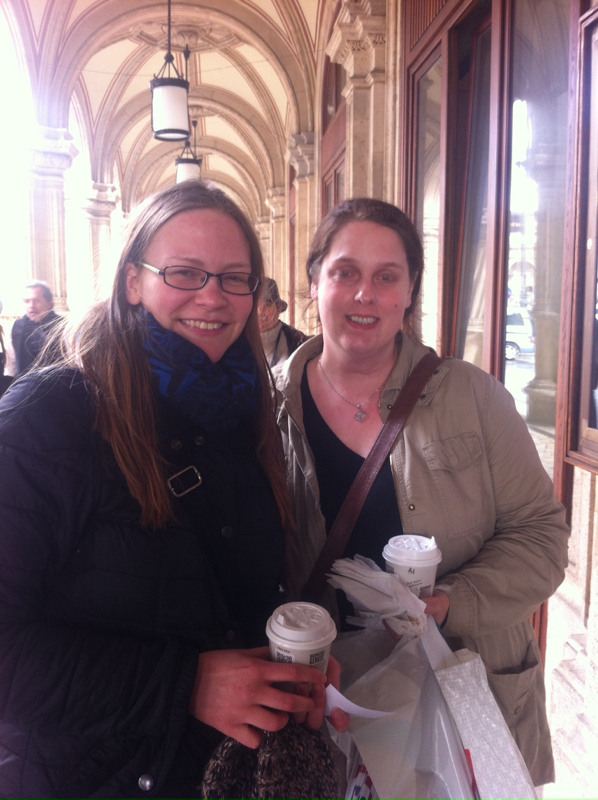
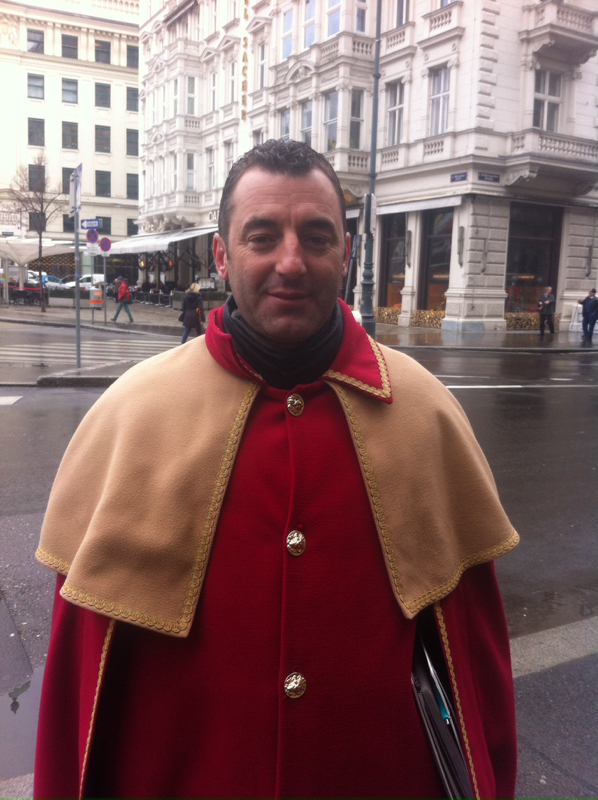
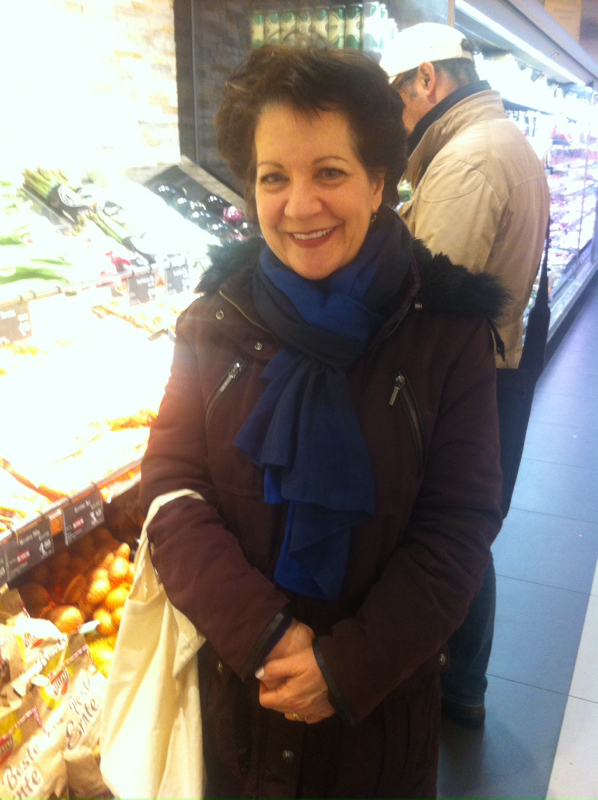
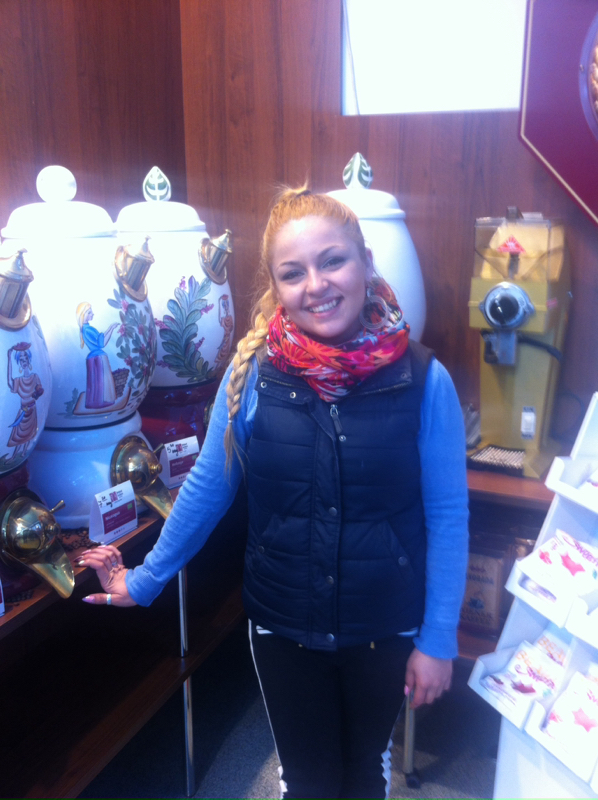
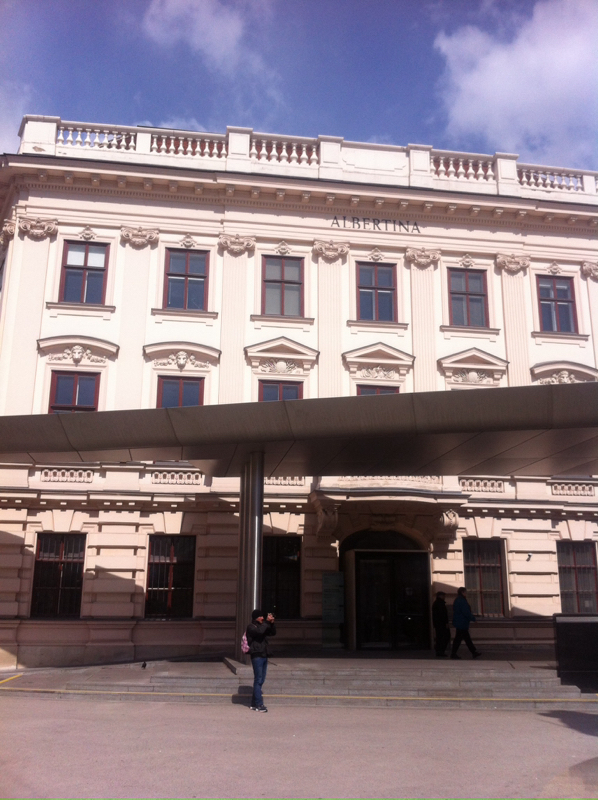
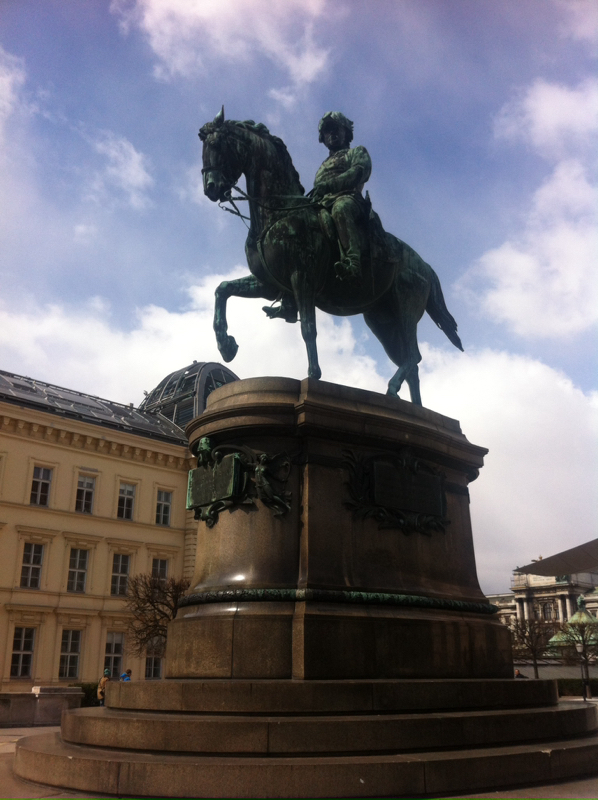
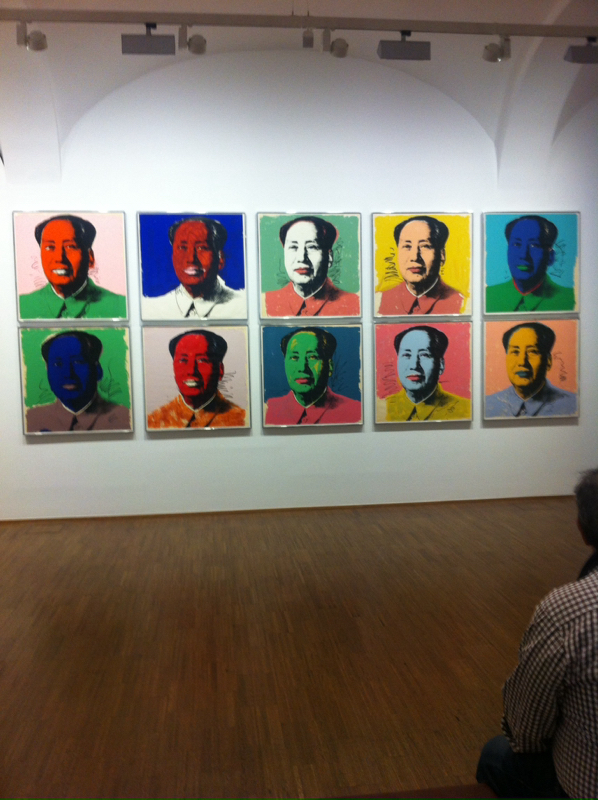
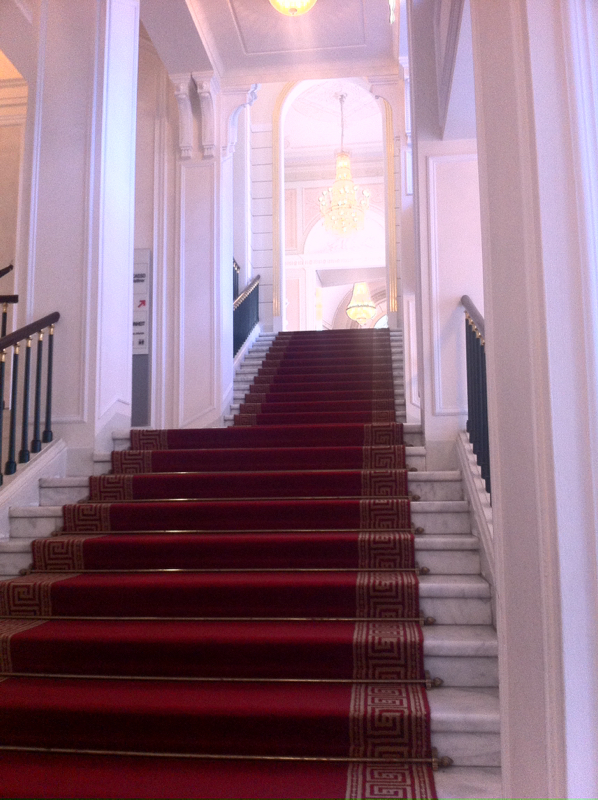
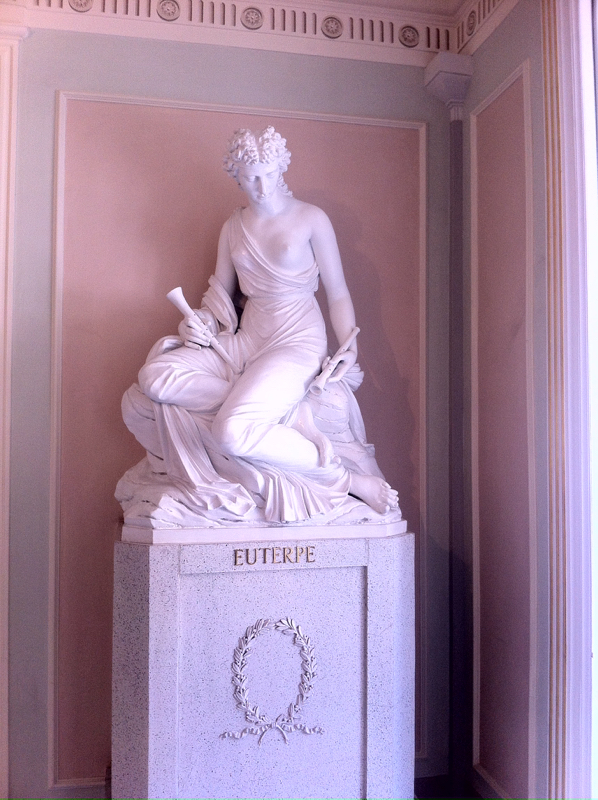
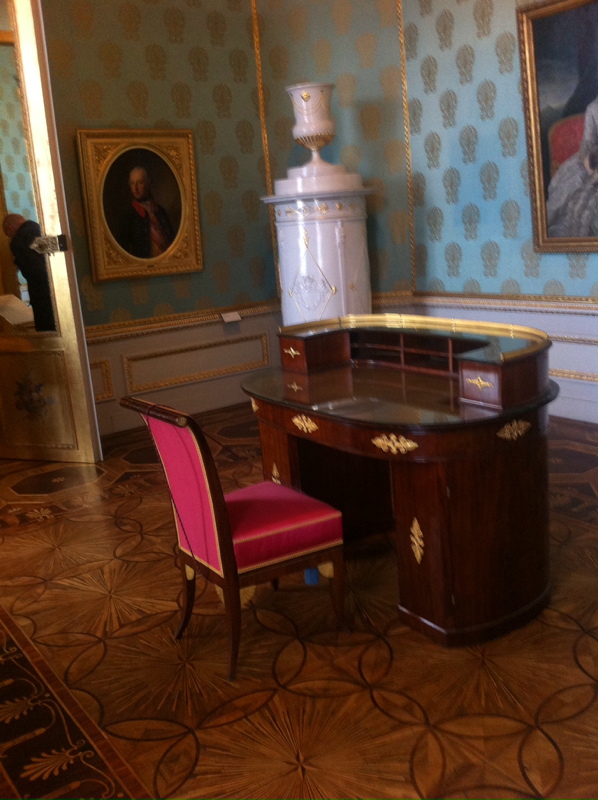
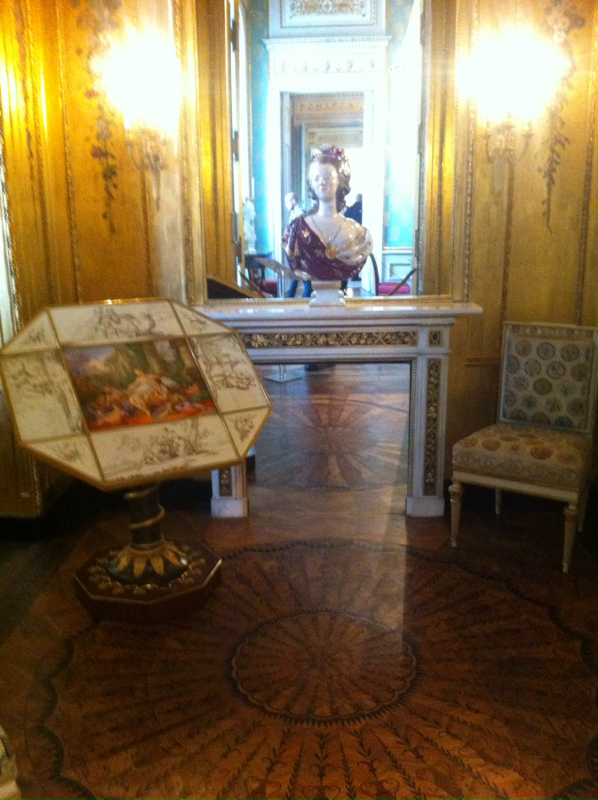
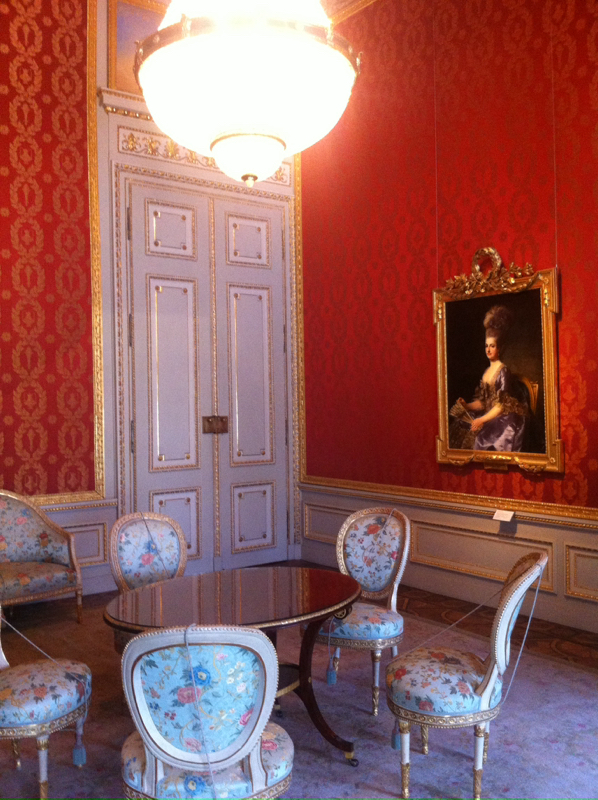
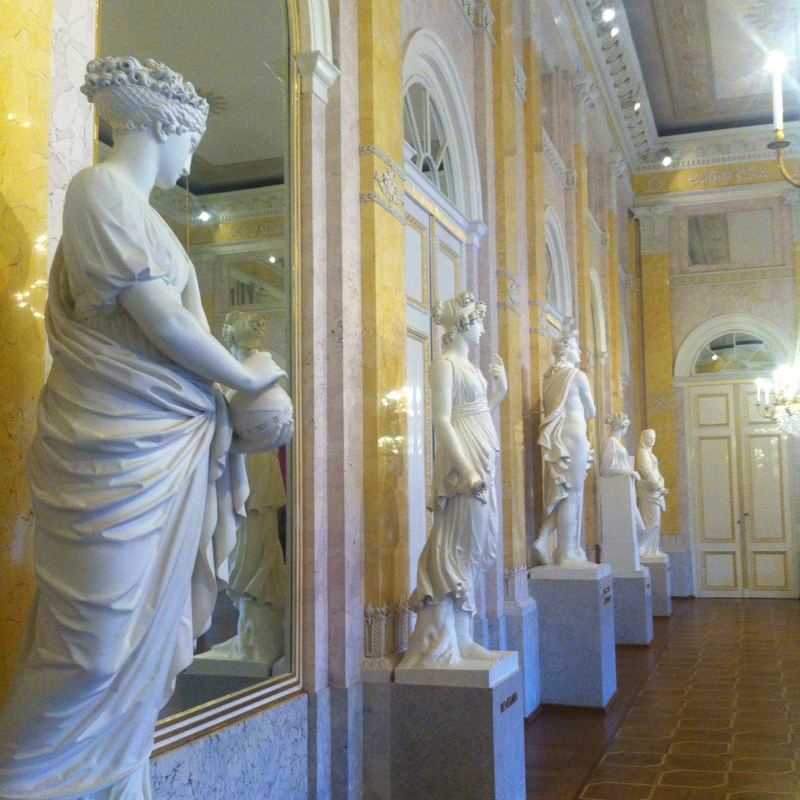
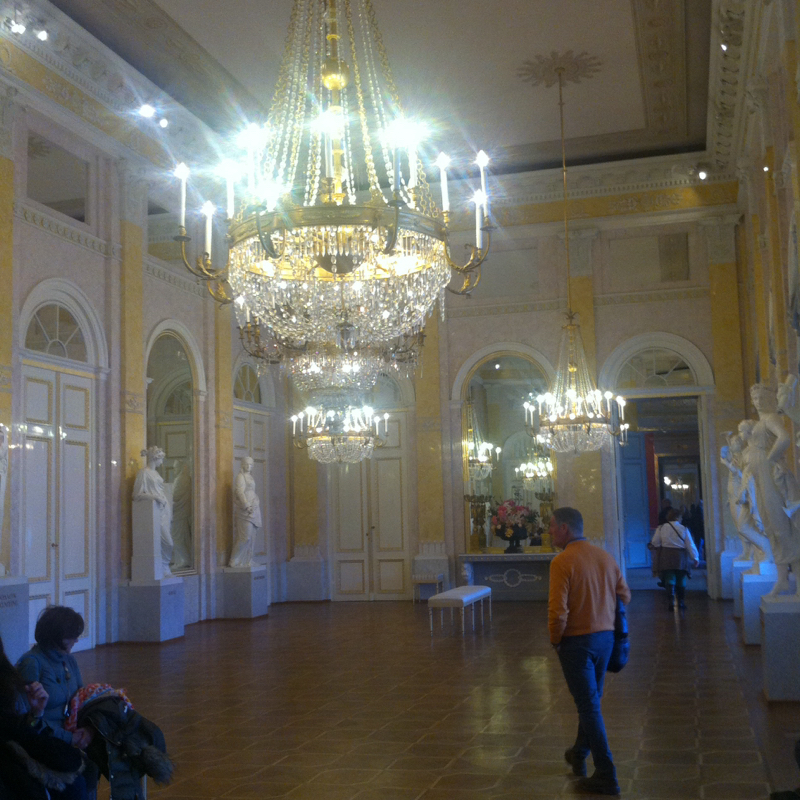
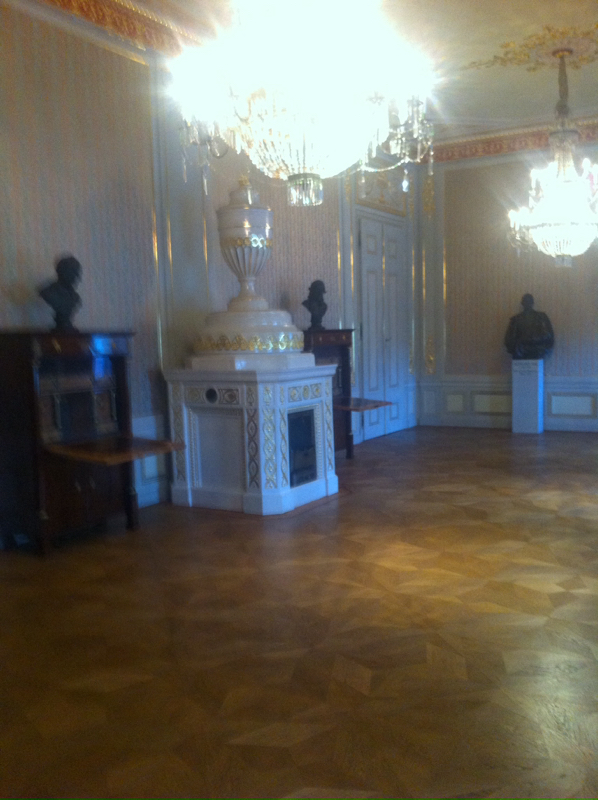
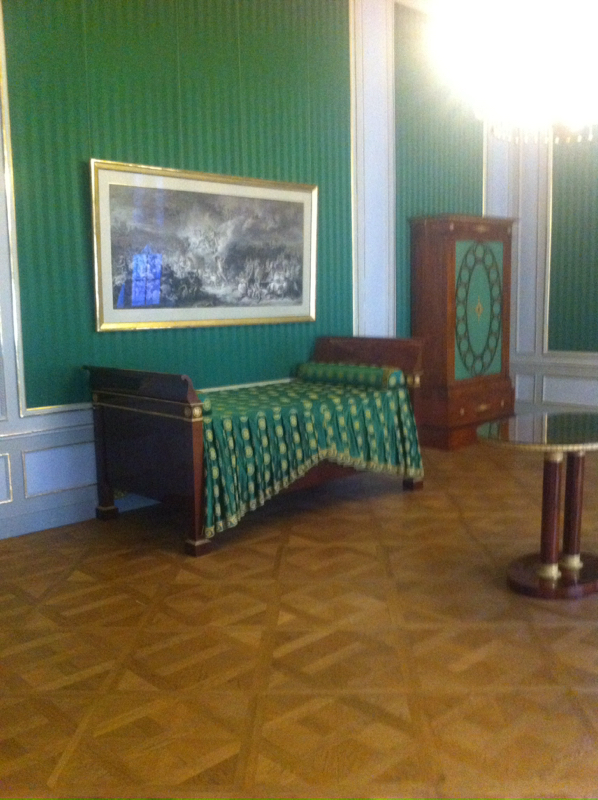
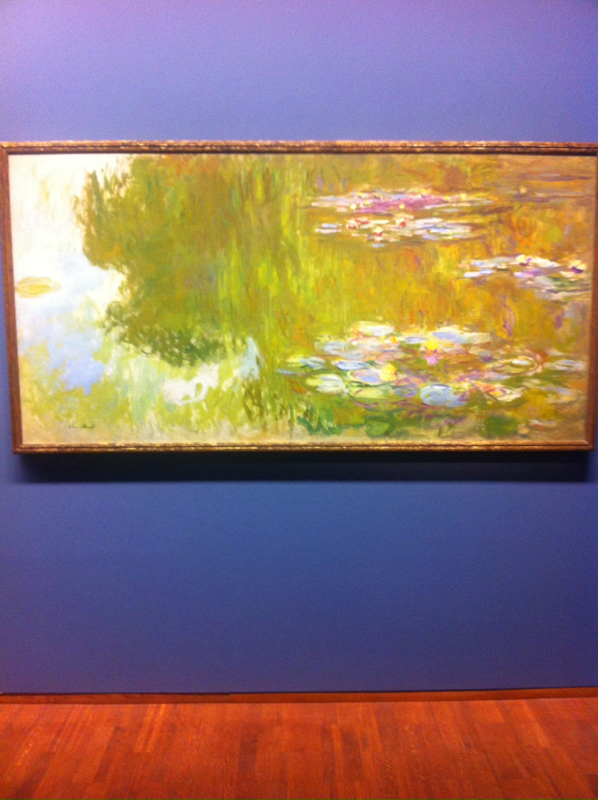
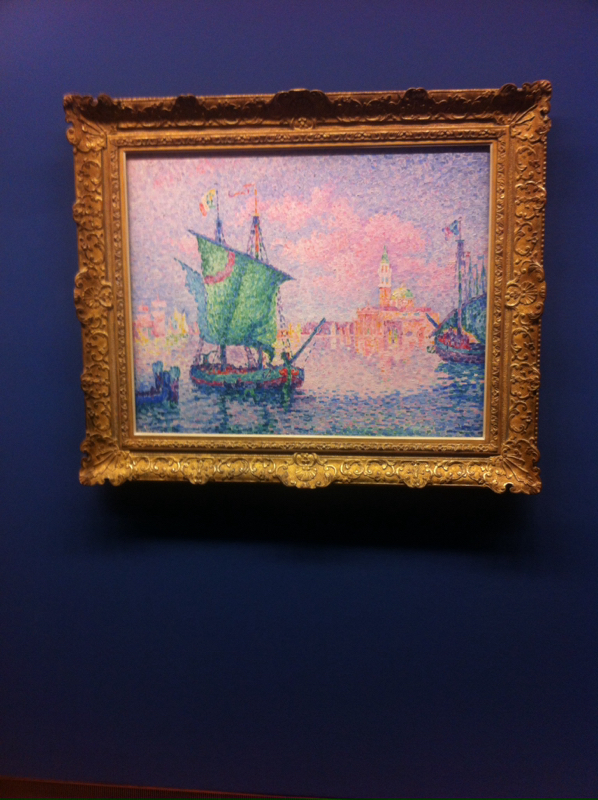
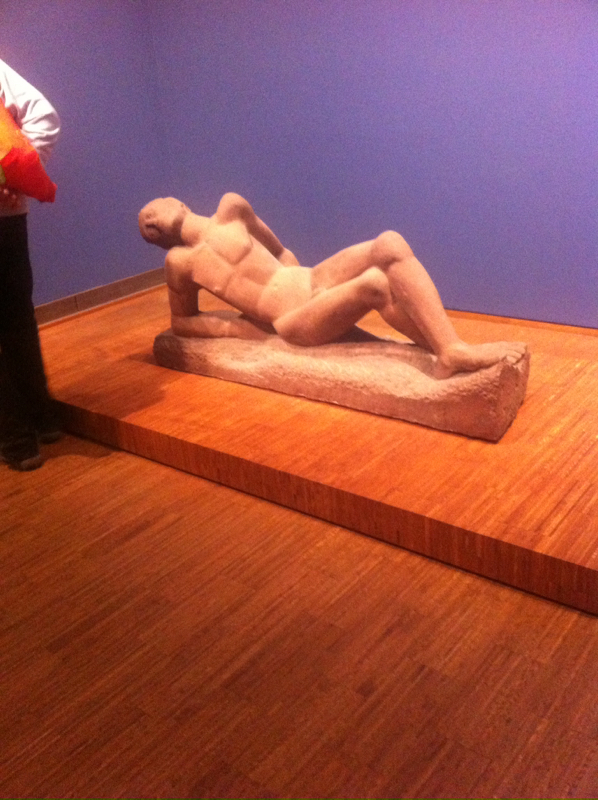
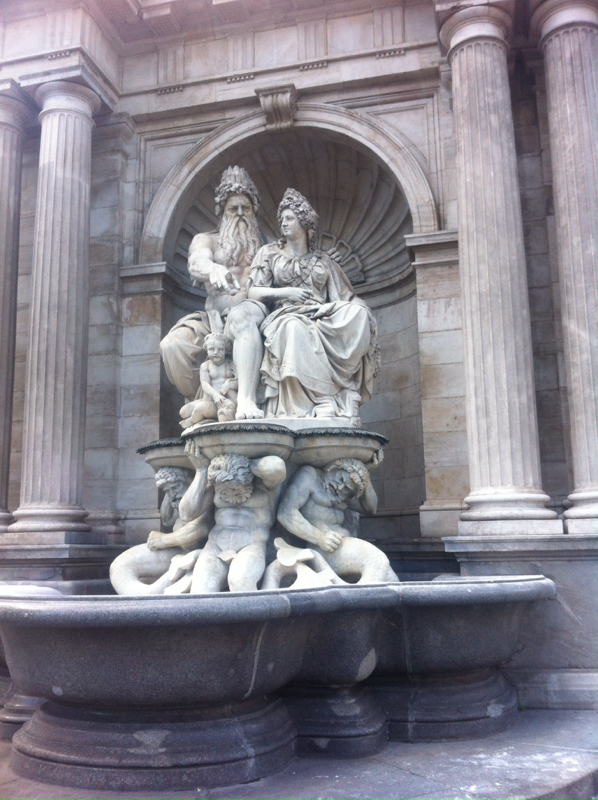
 RSS Feed
RSS Feed
